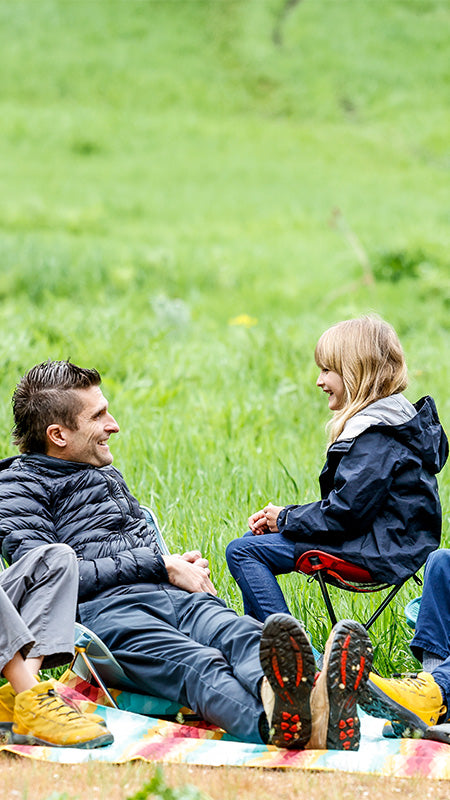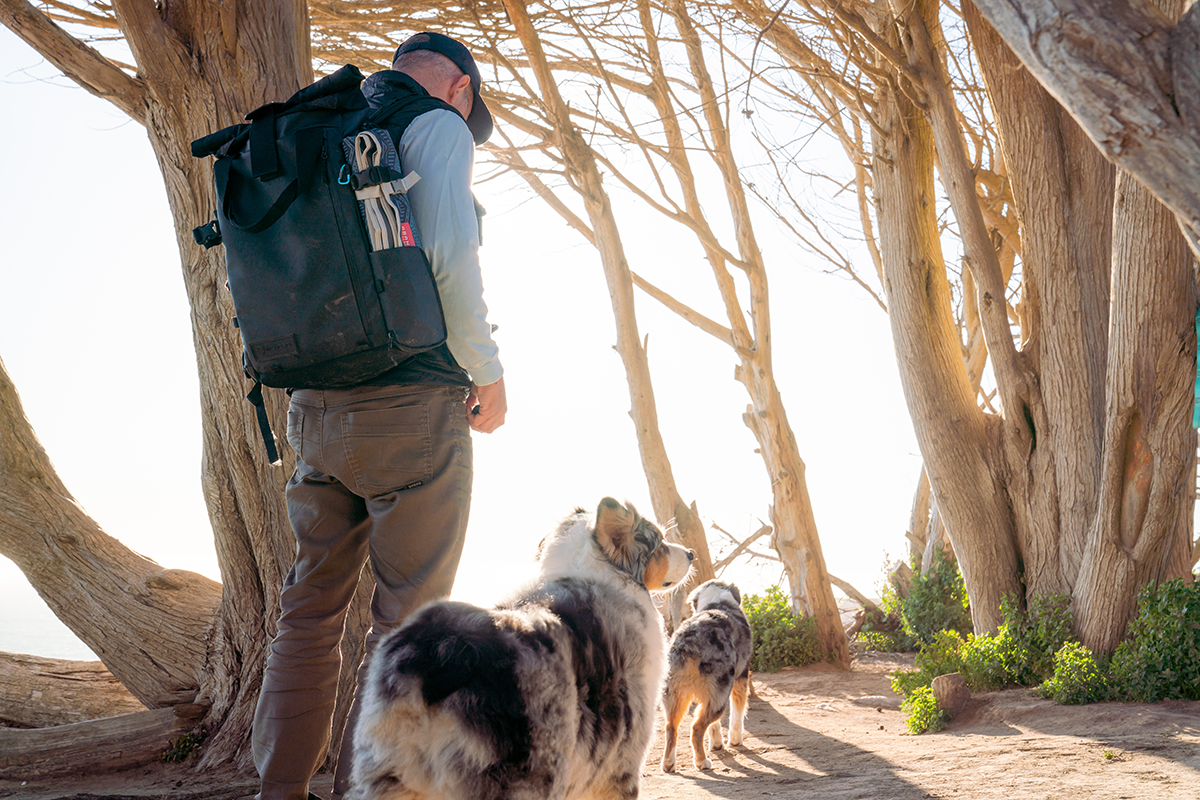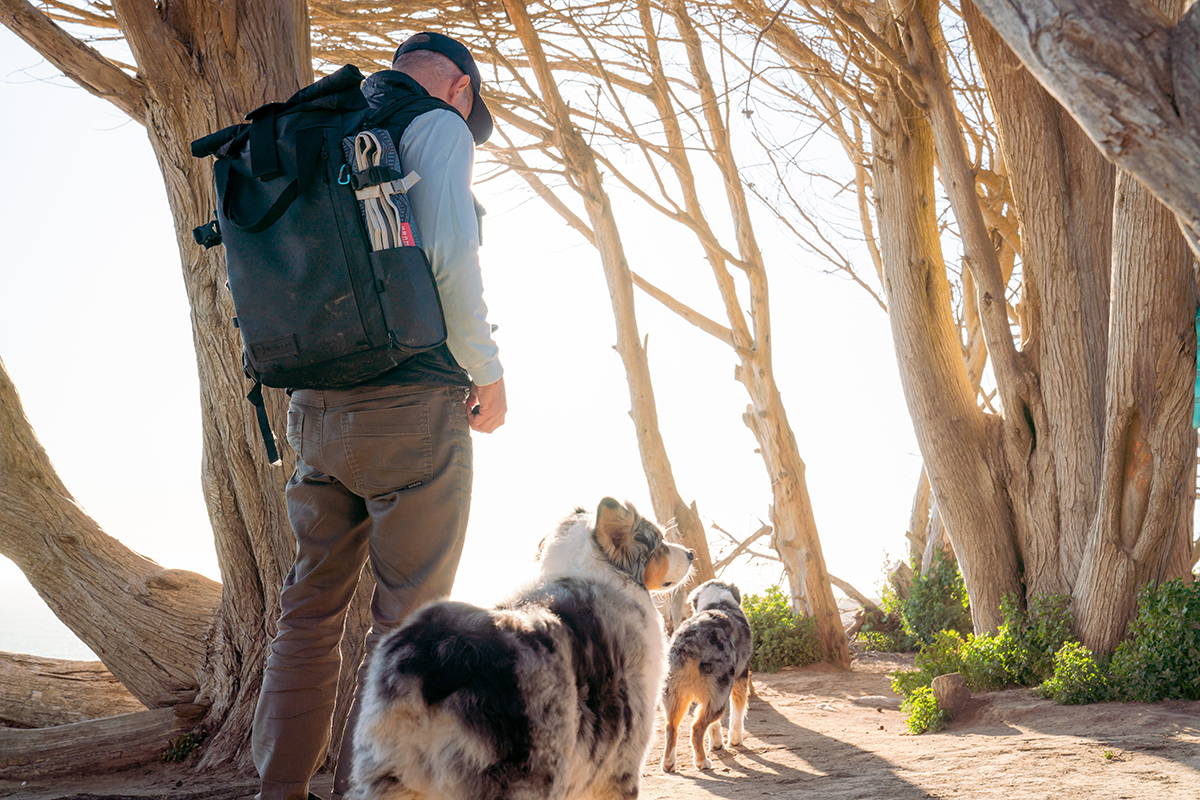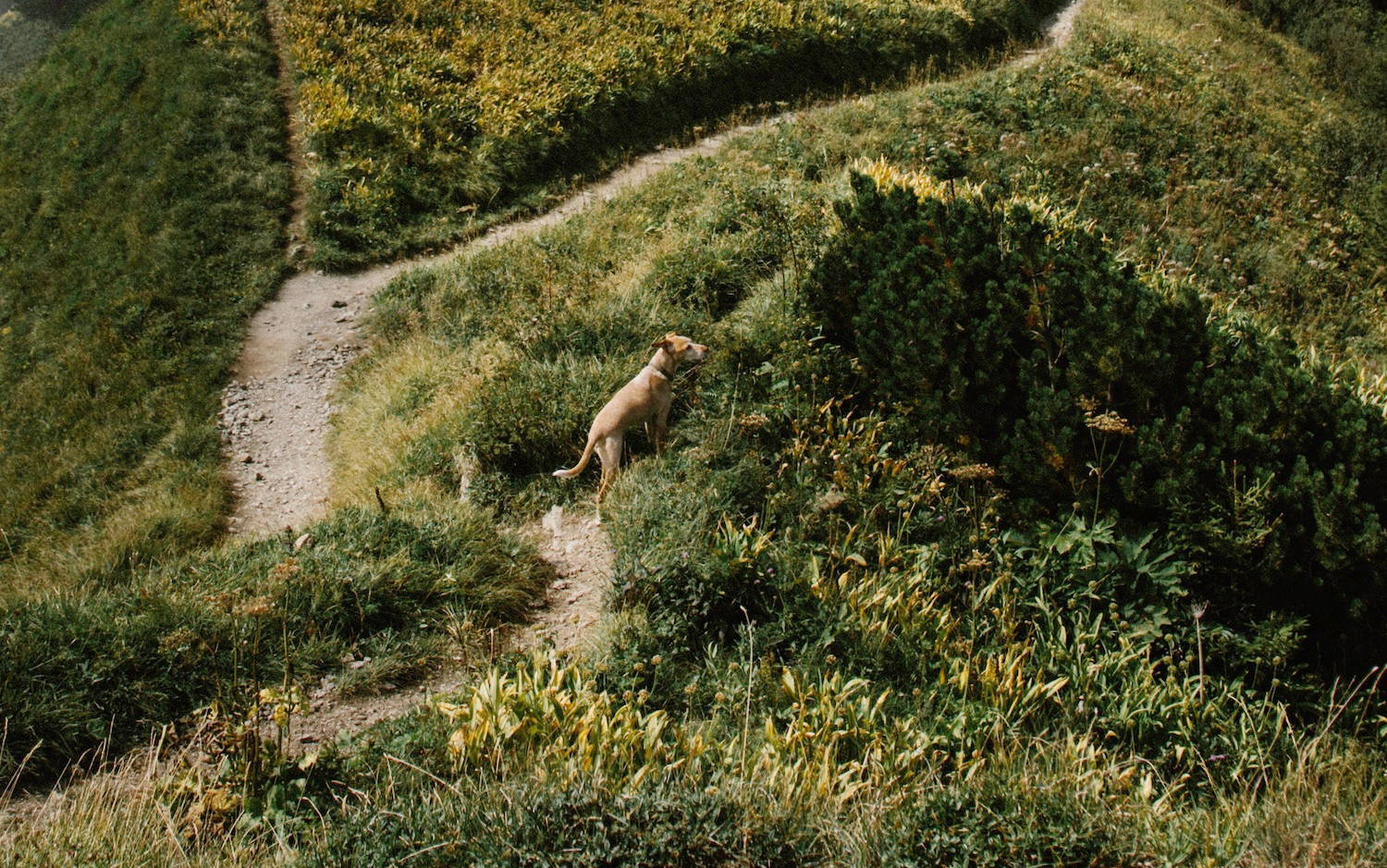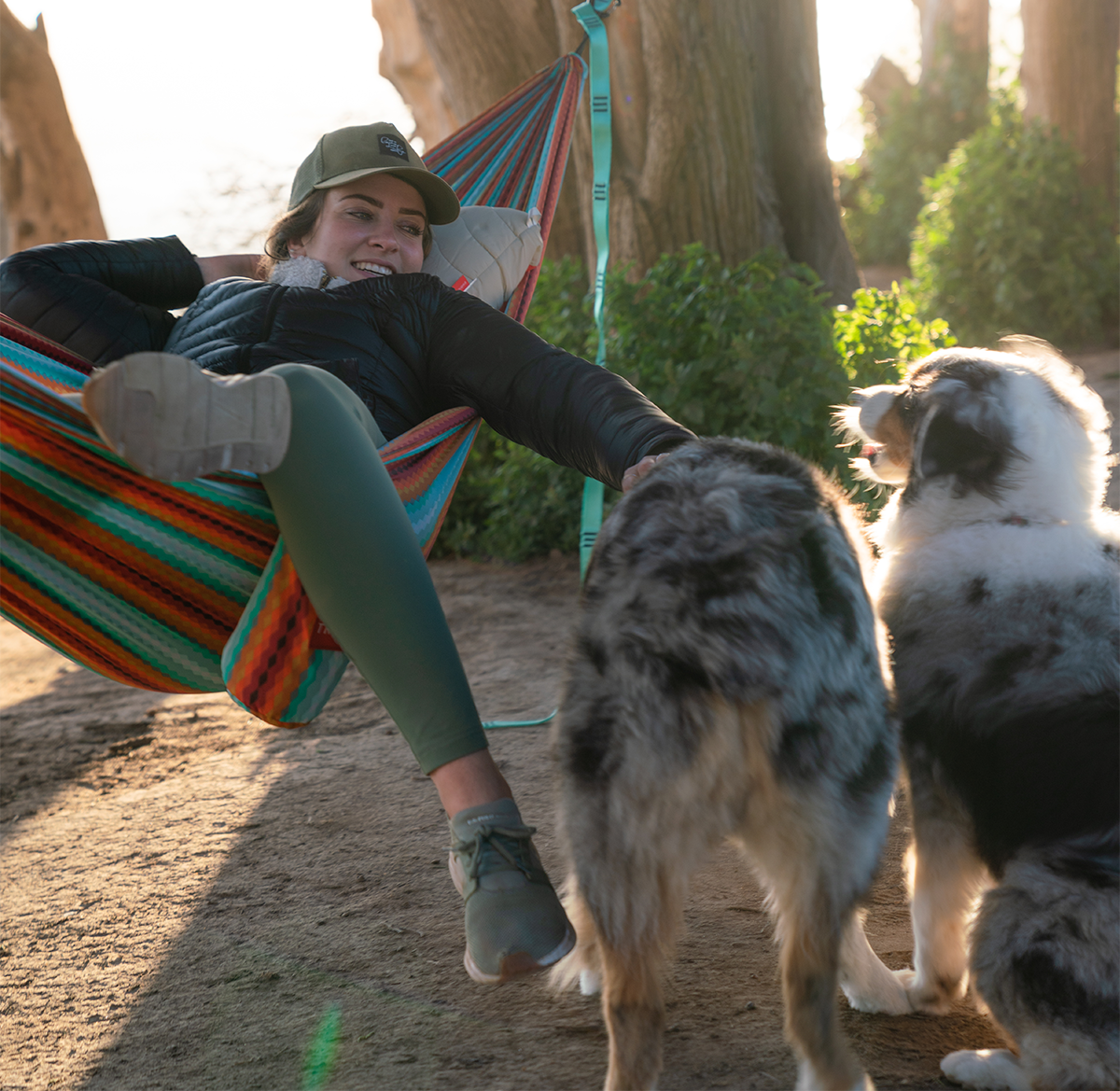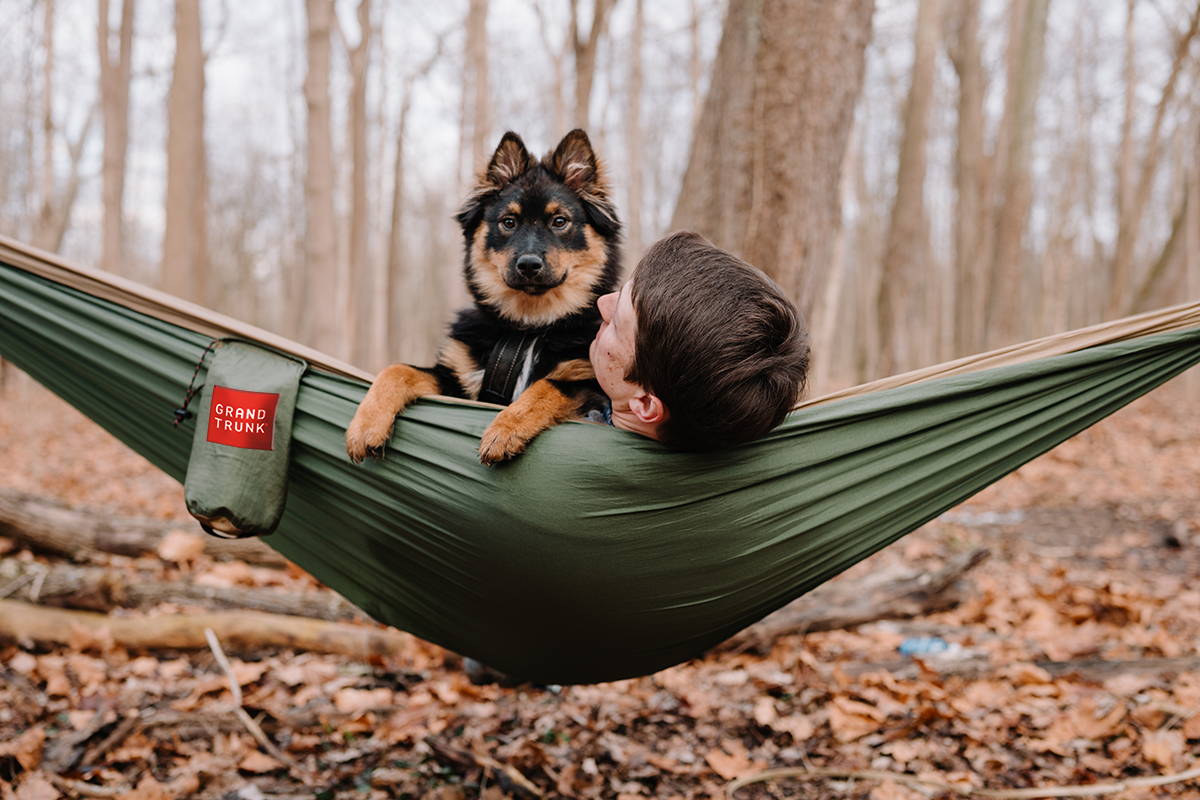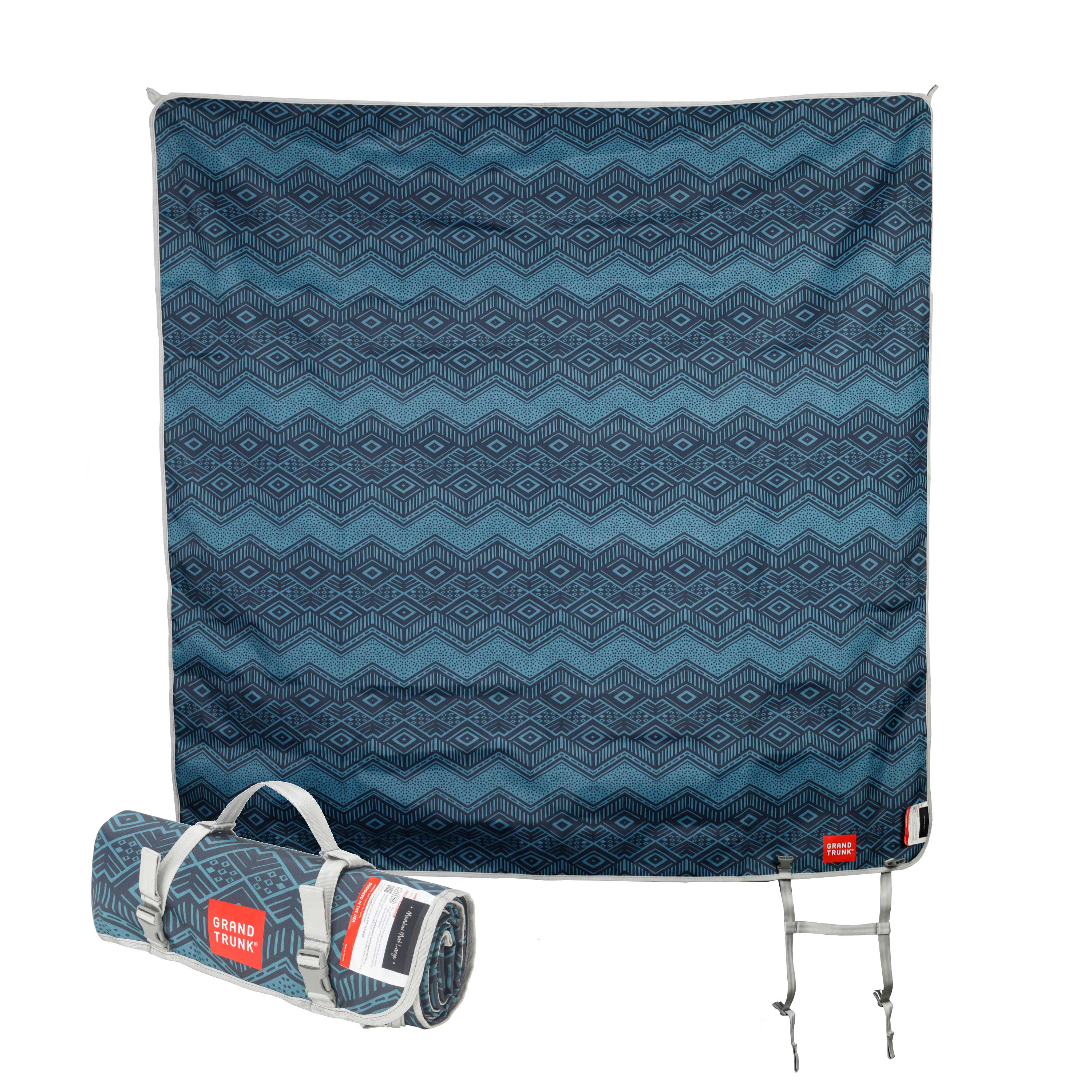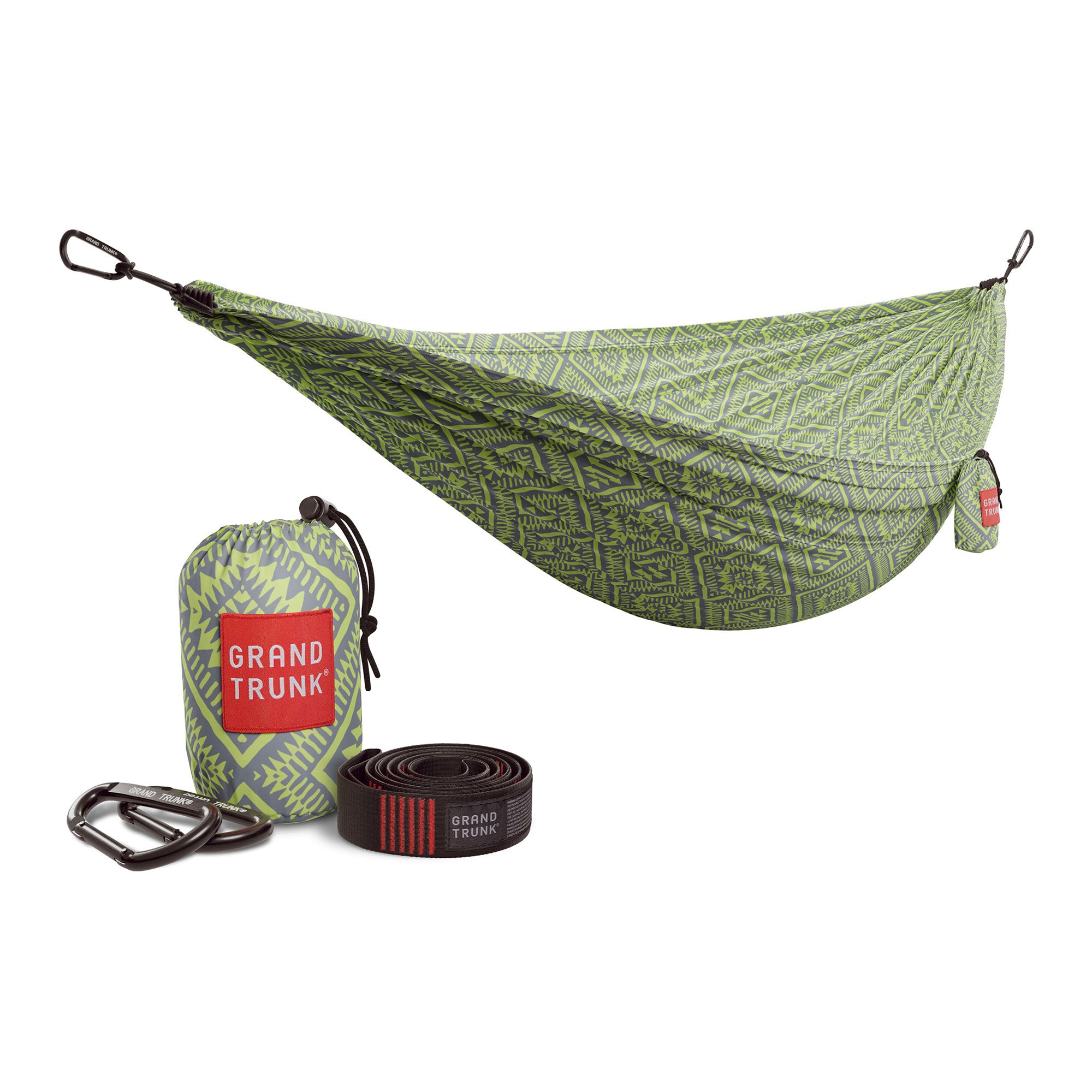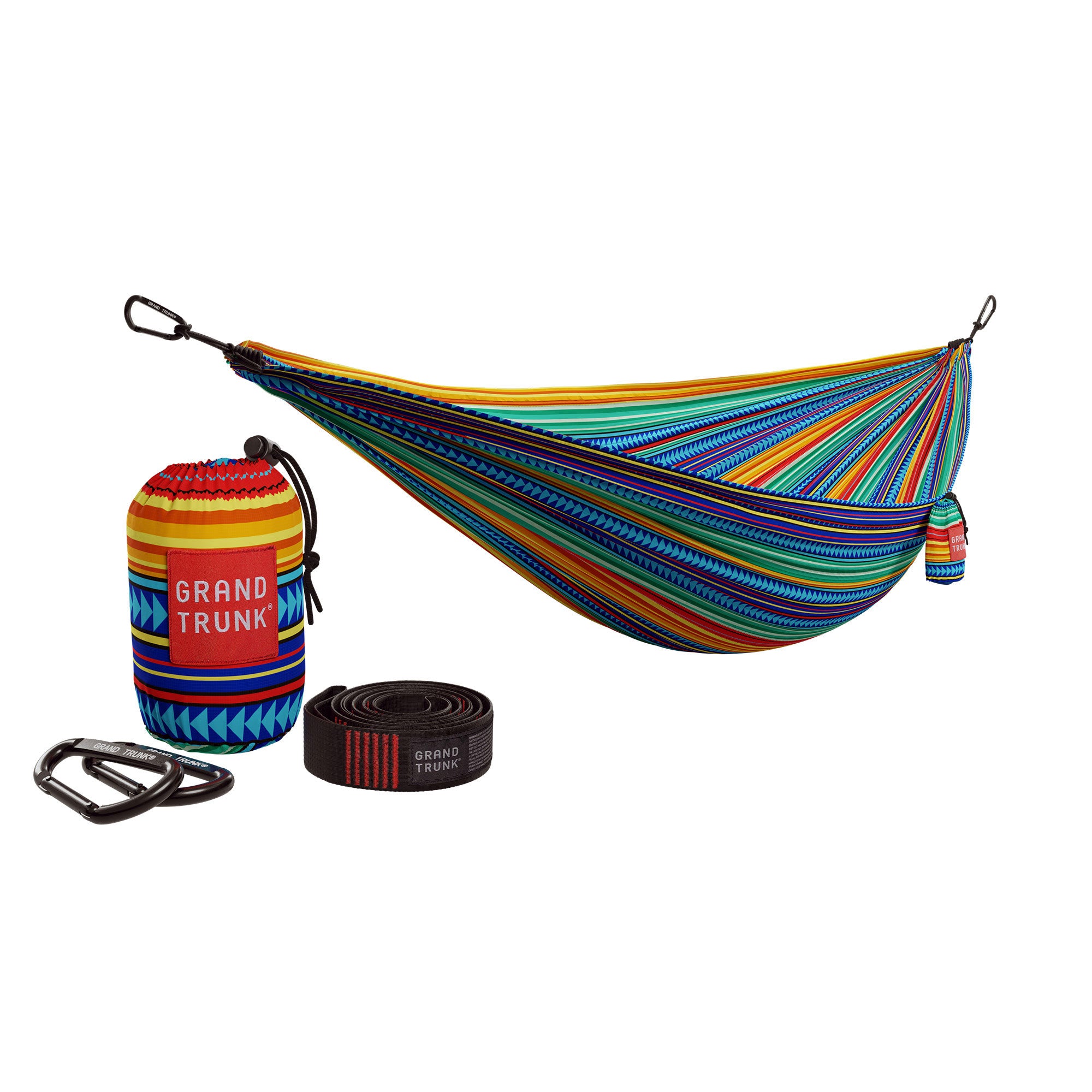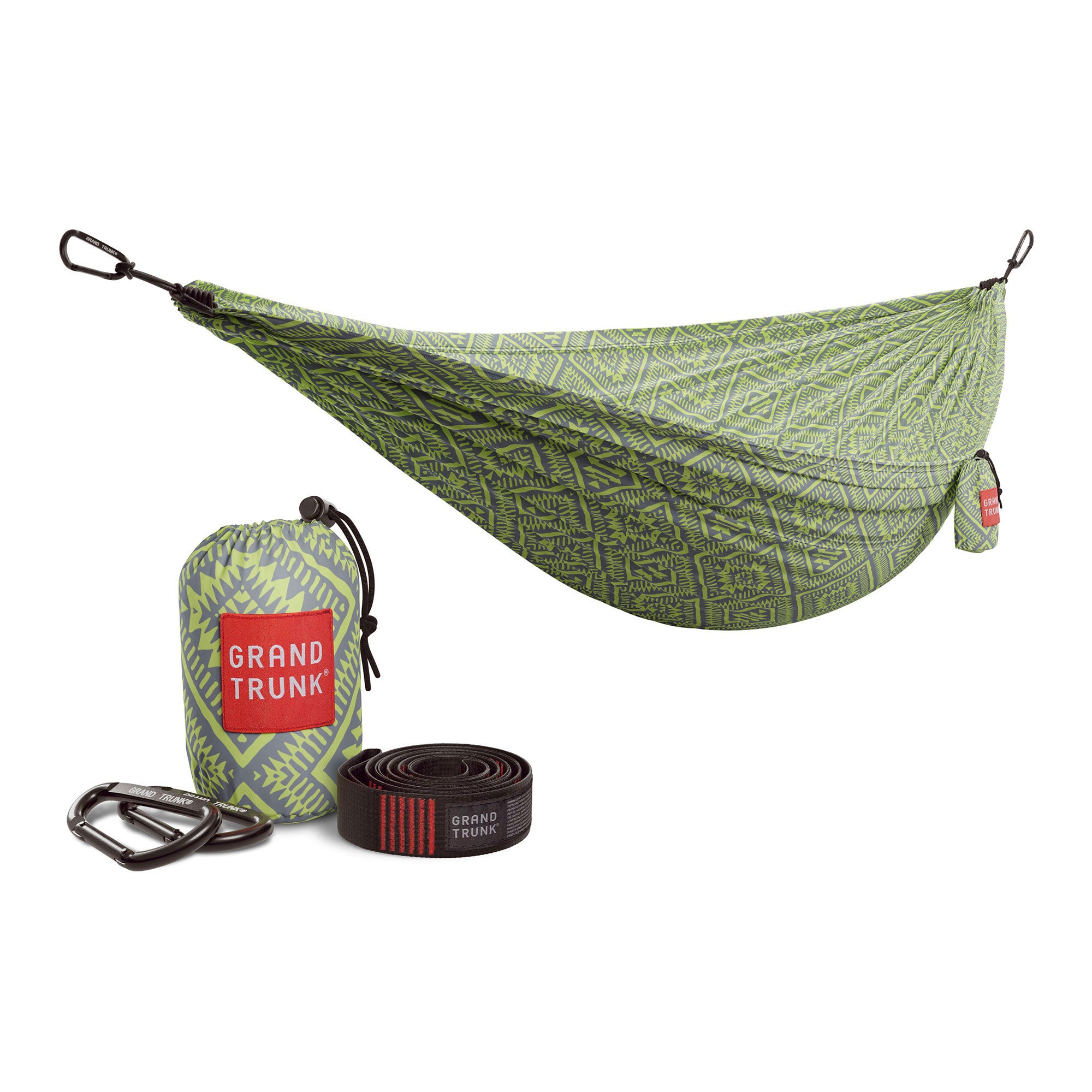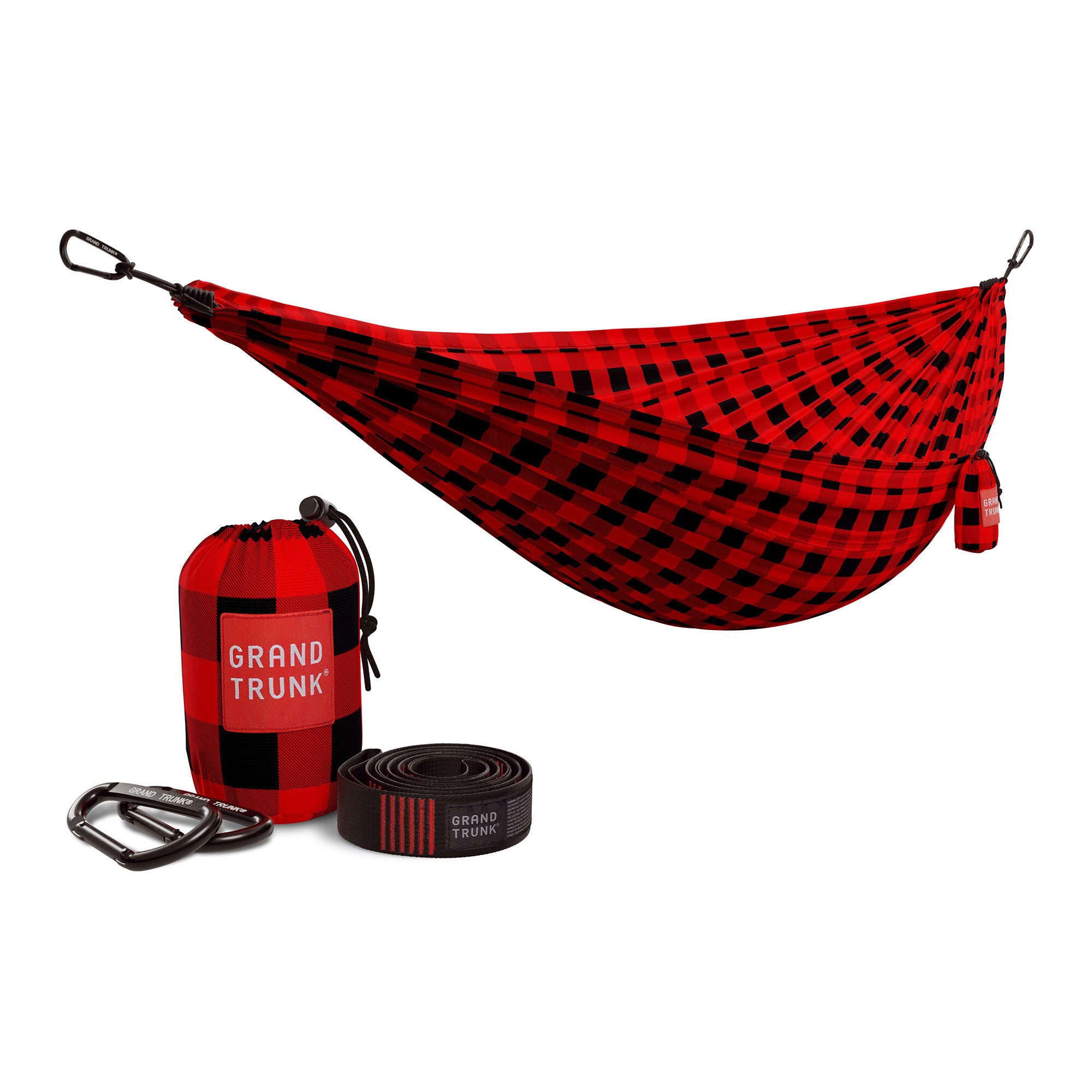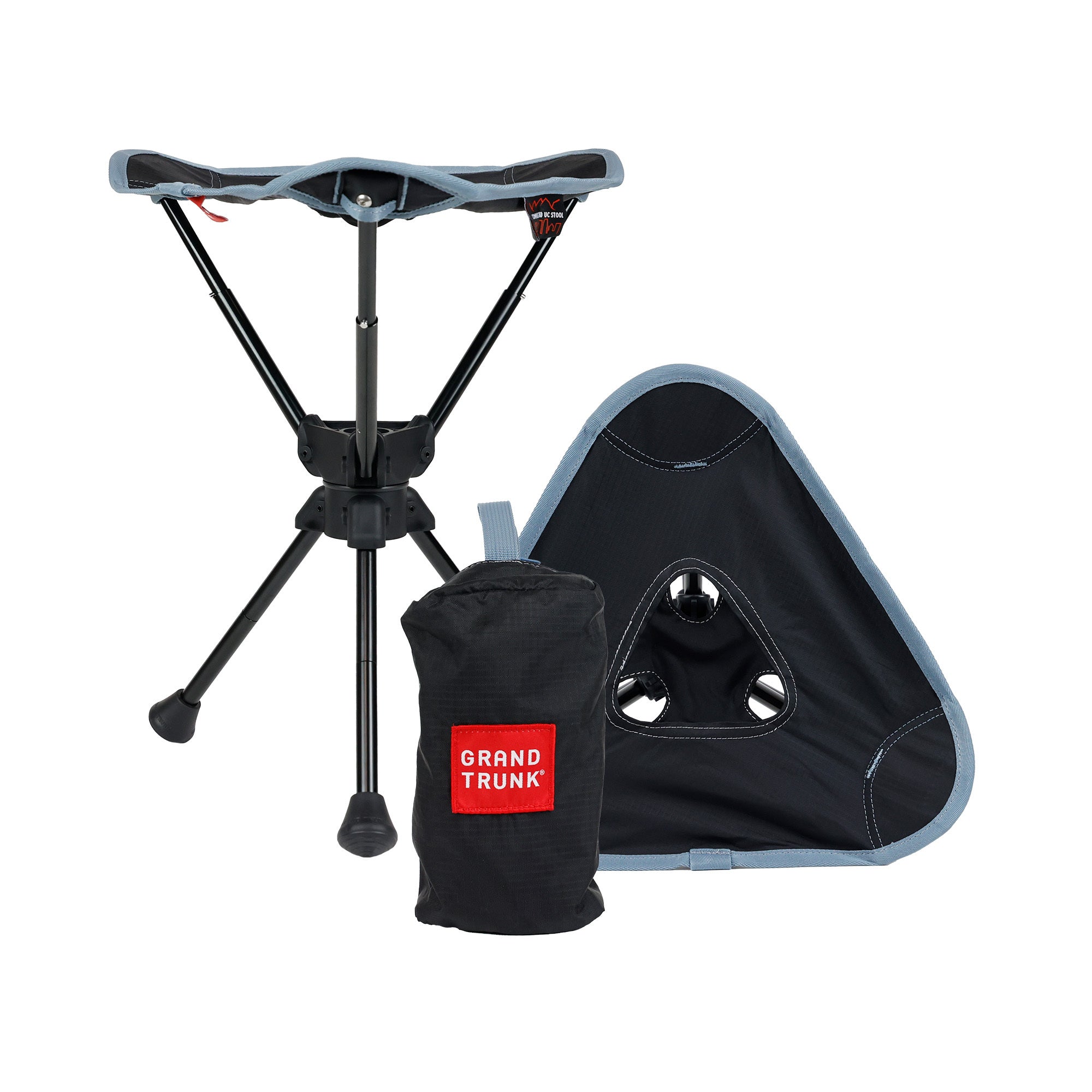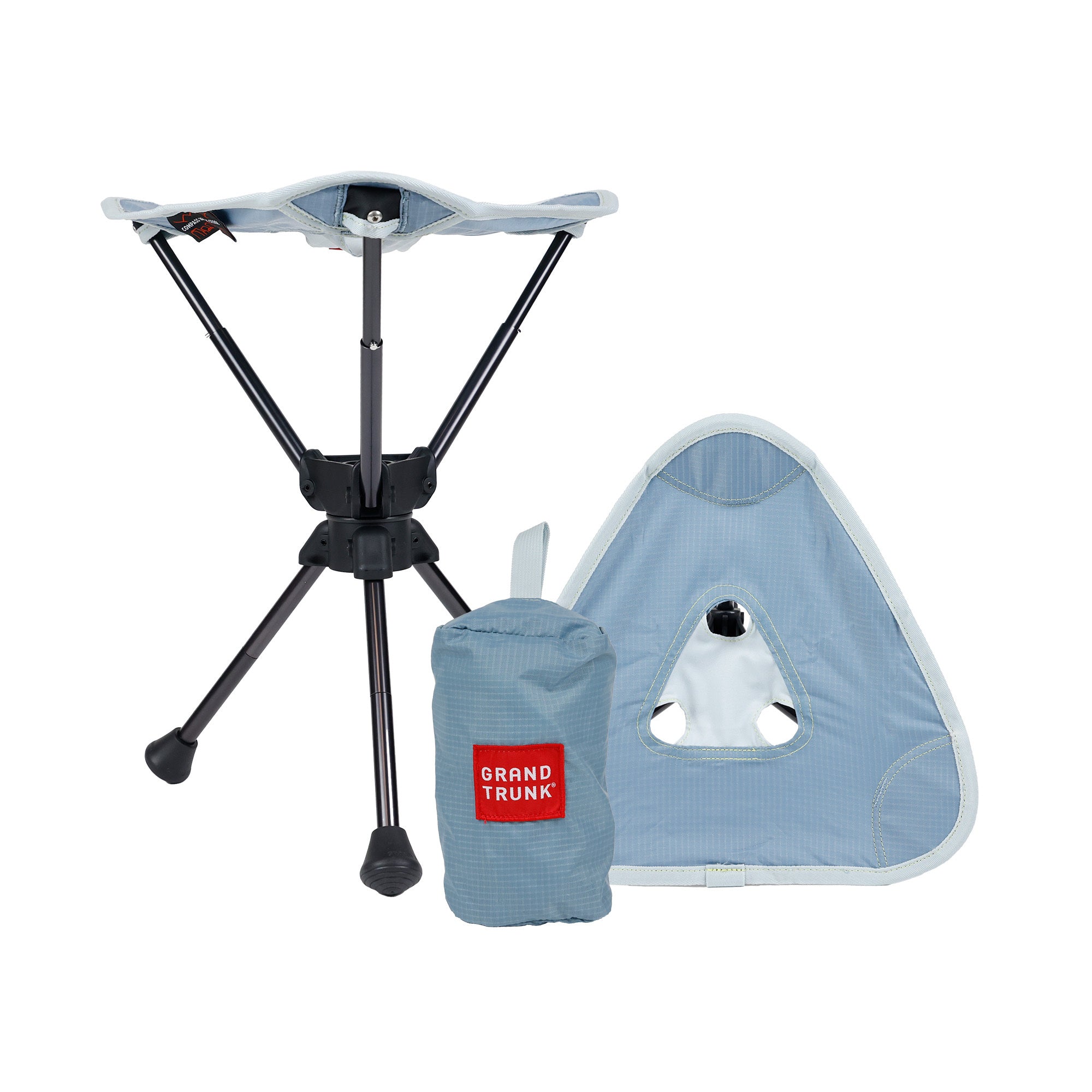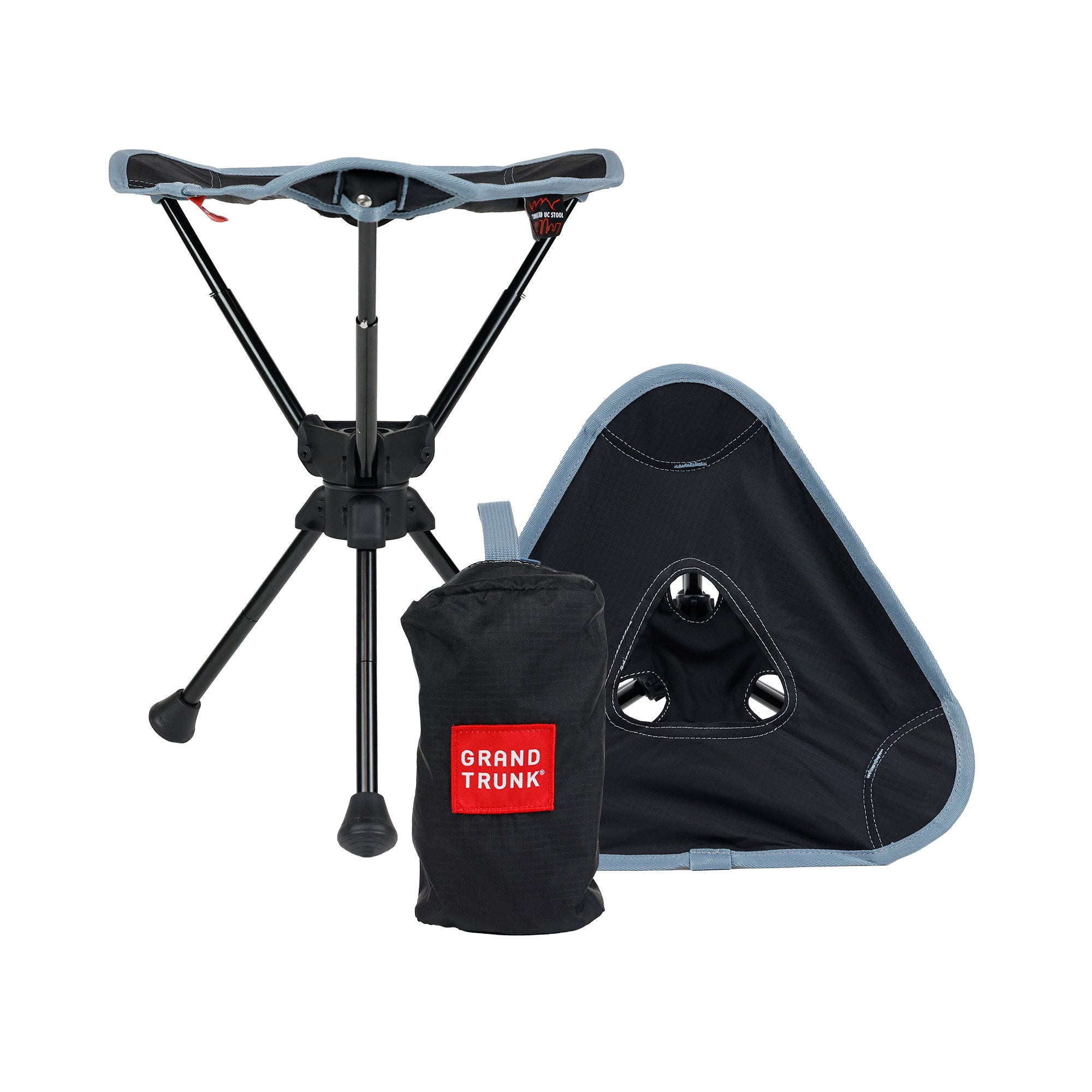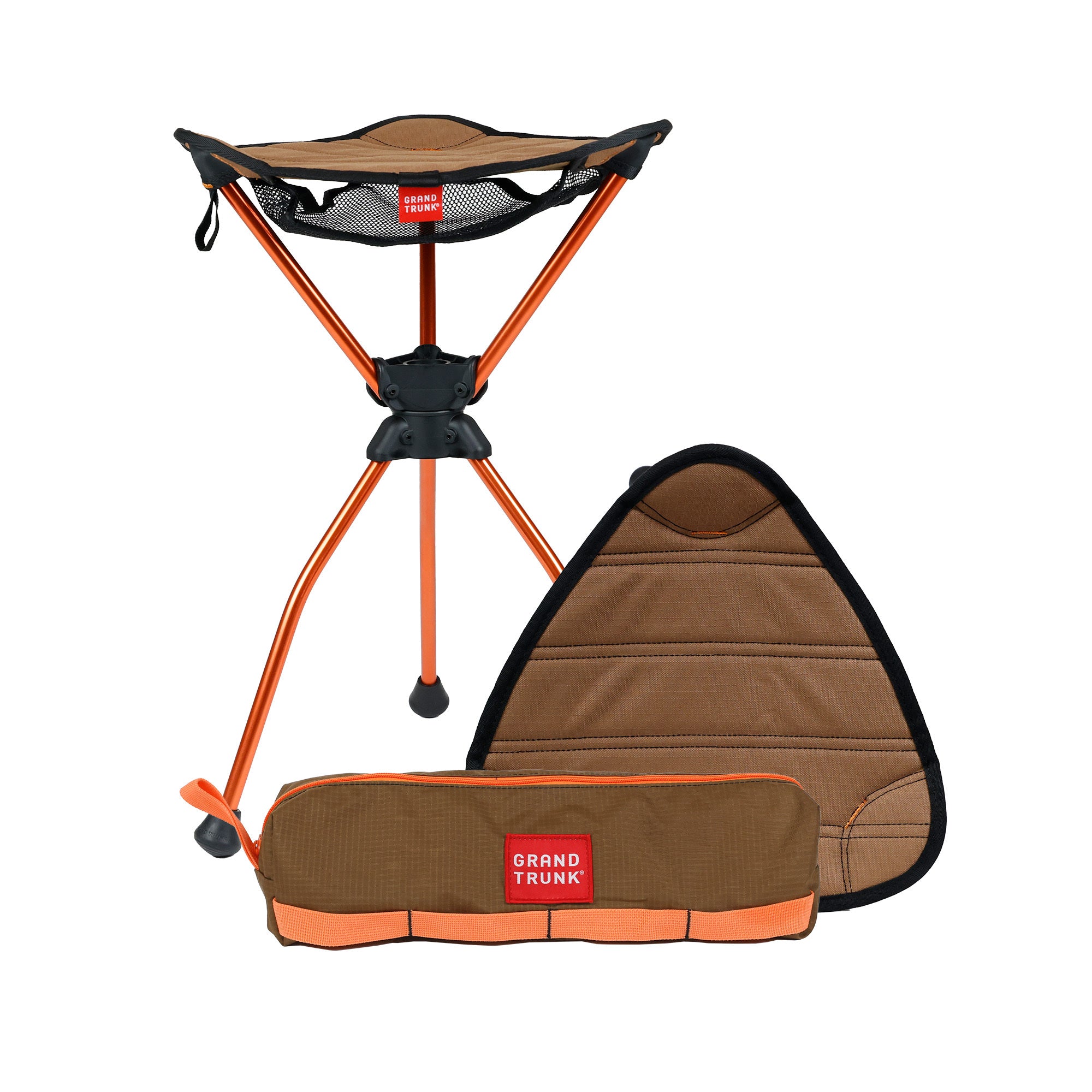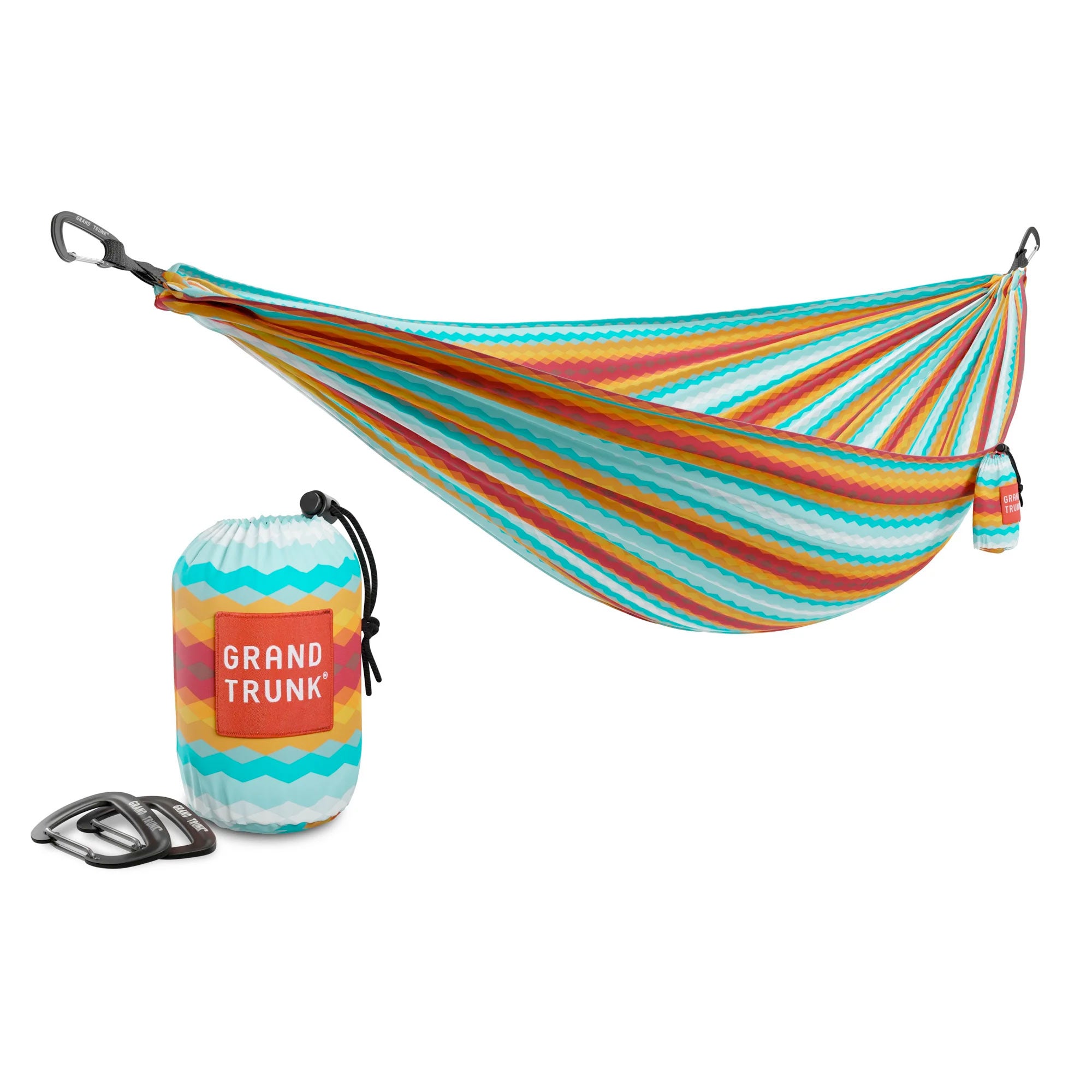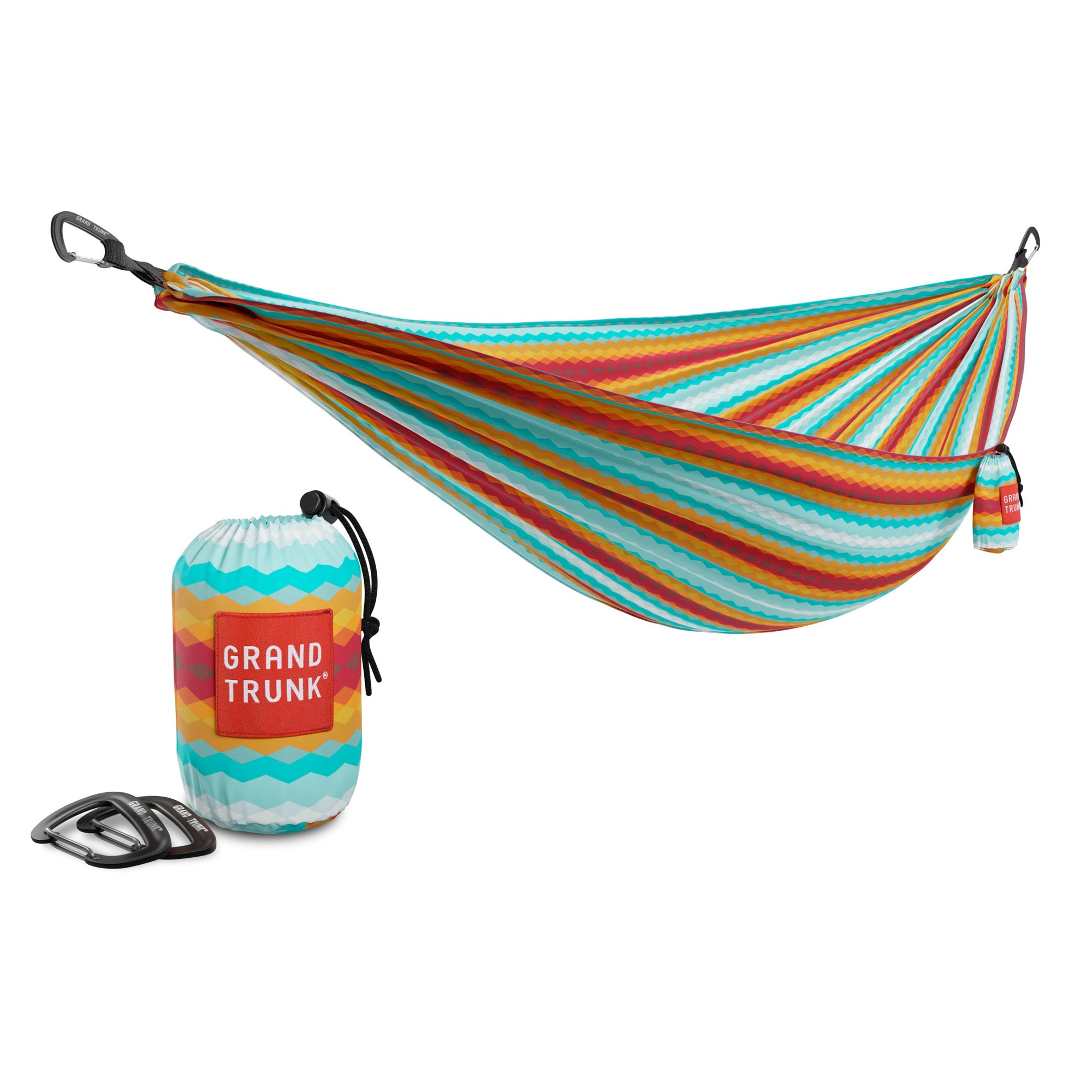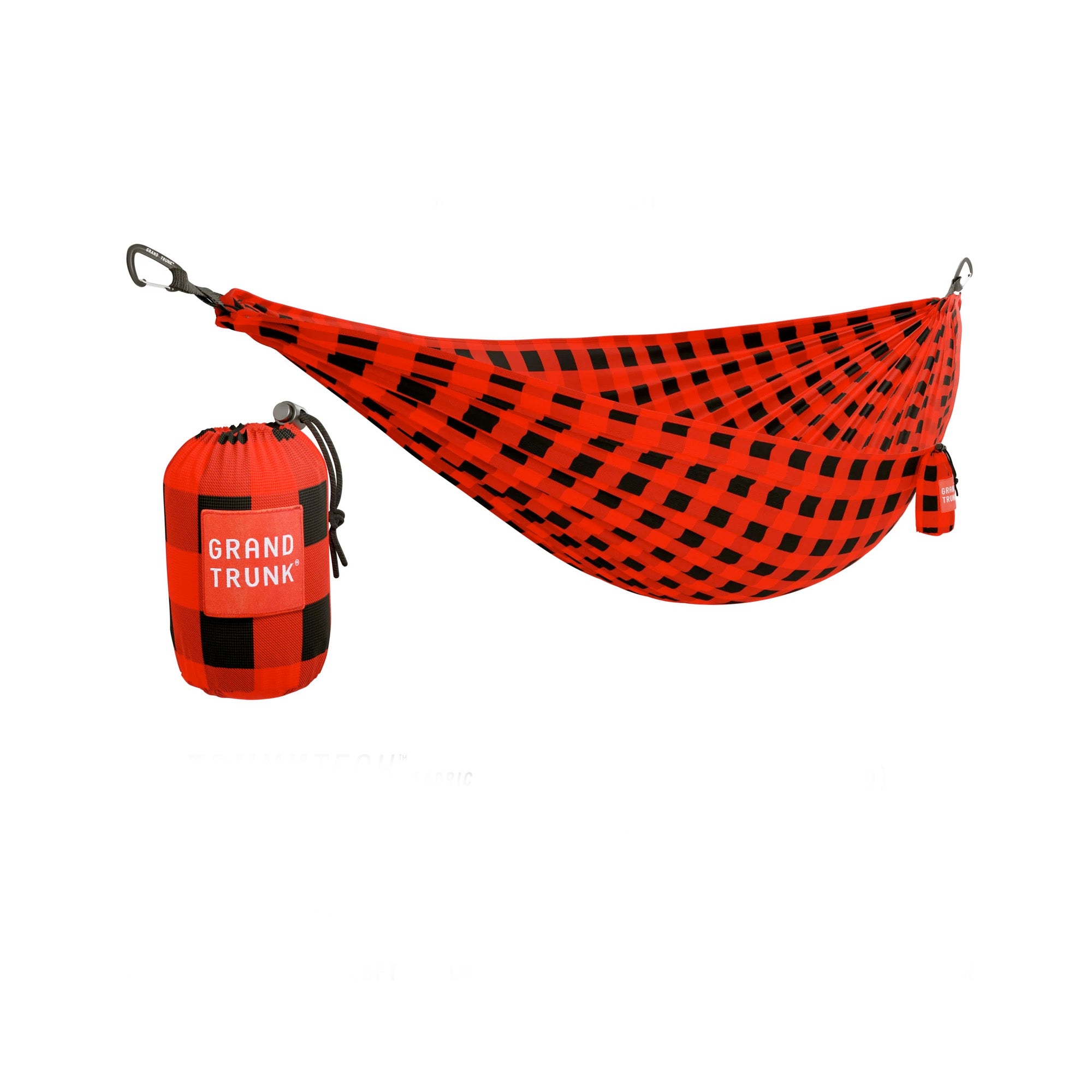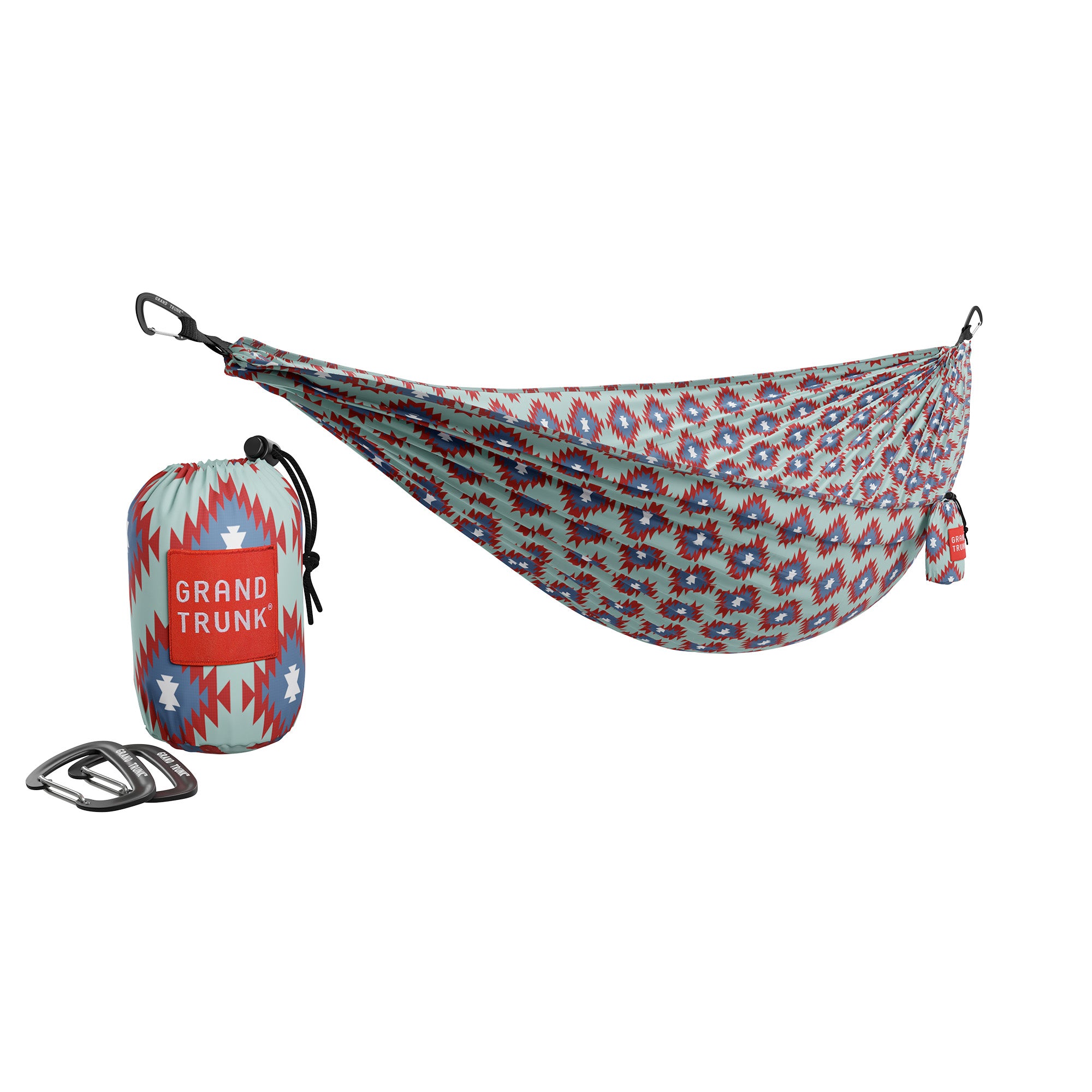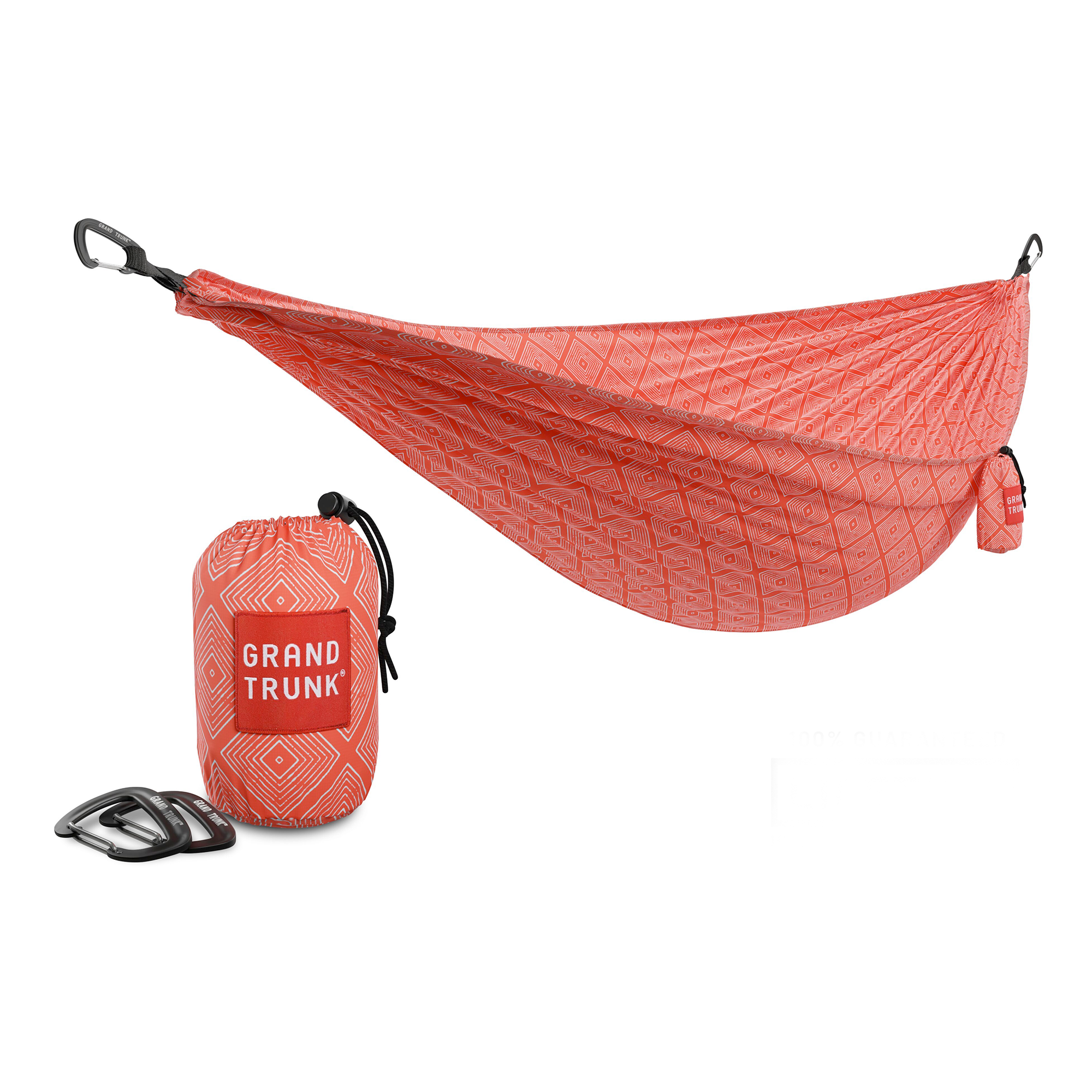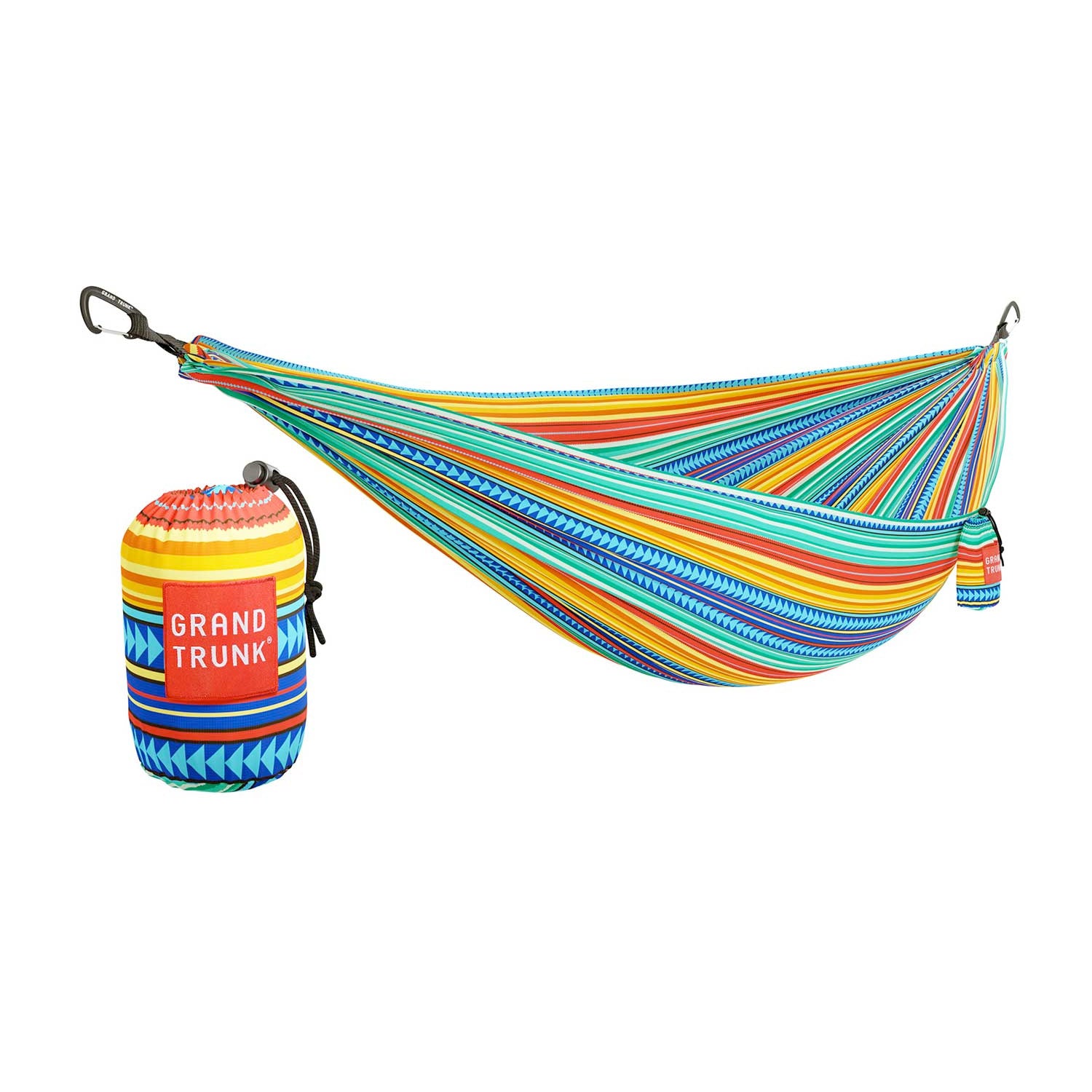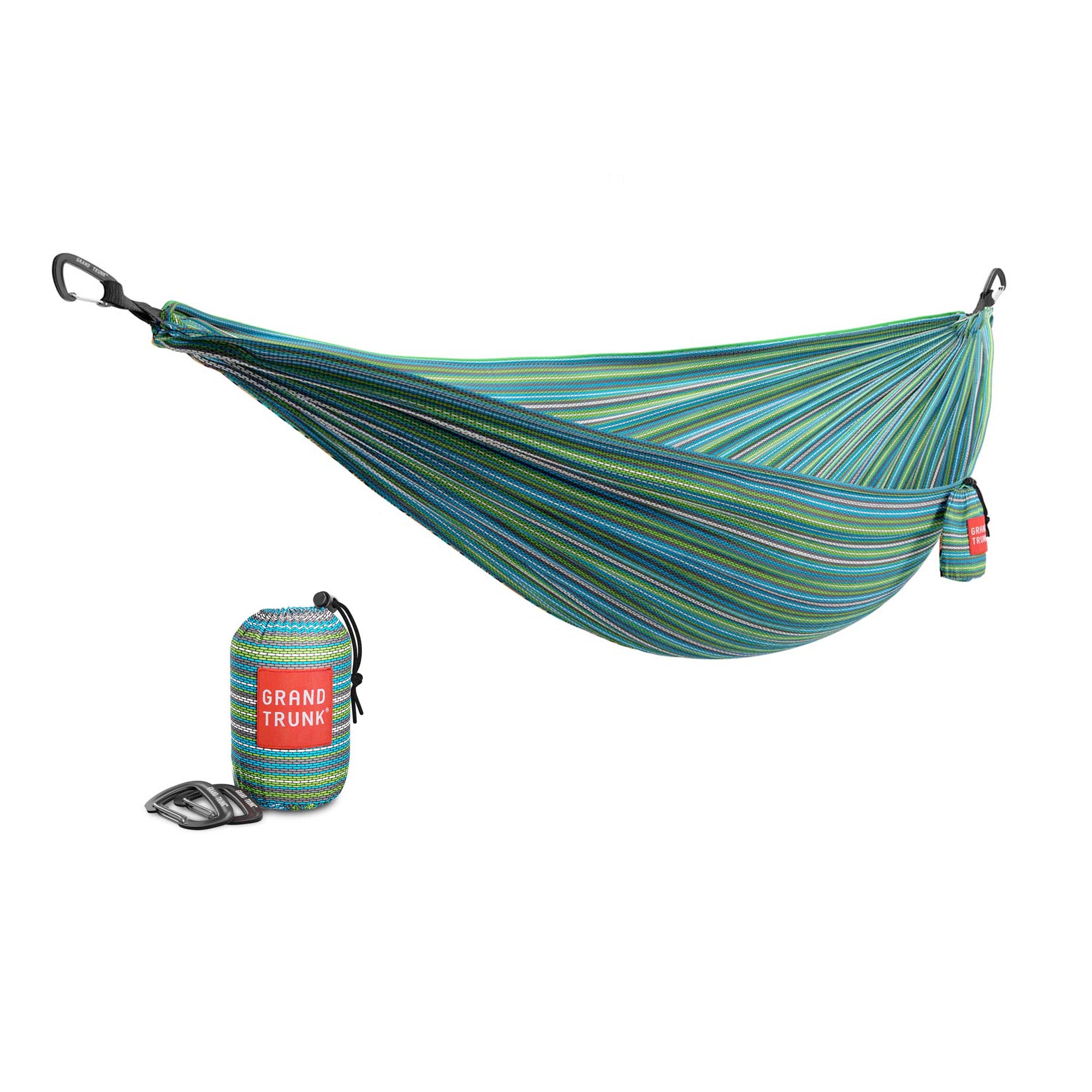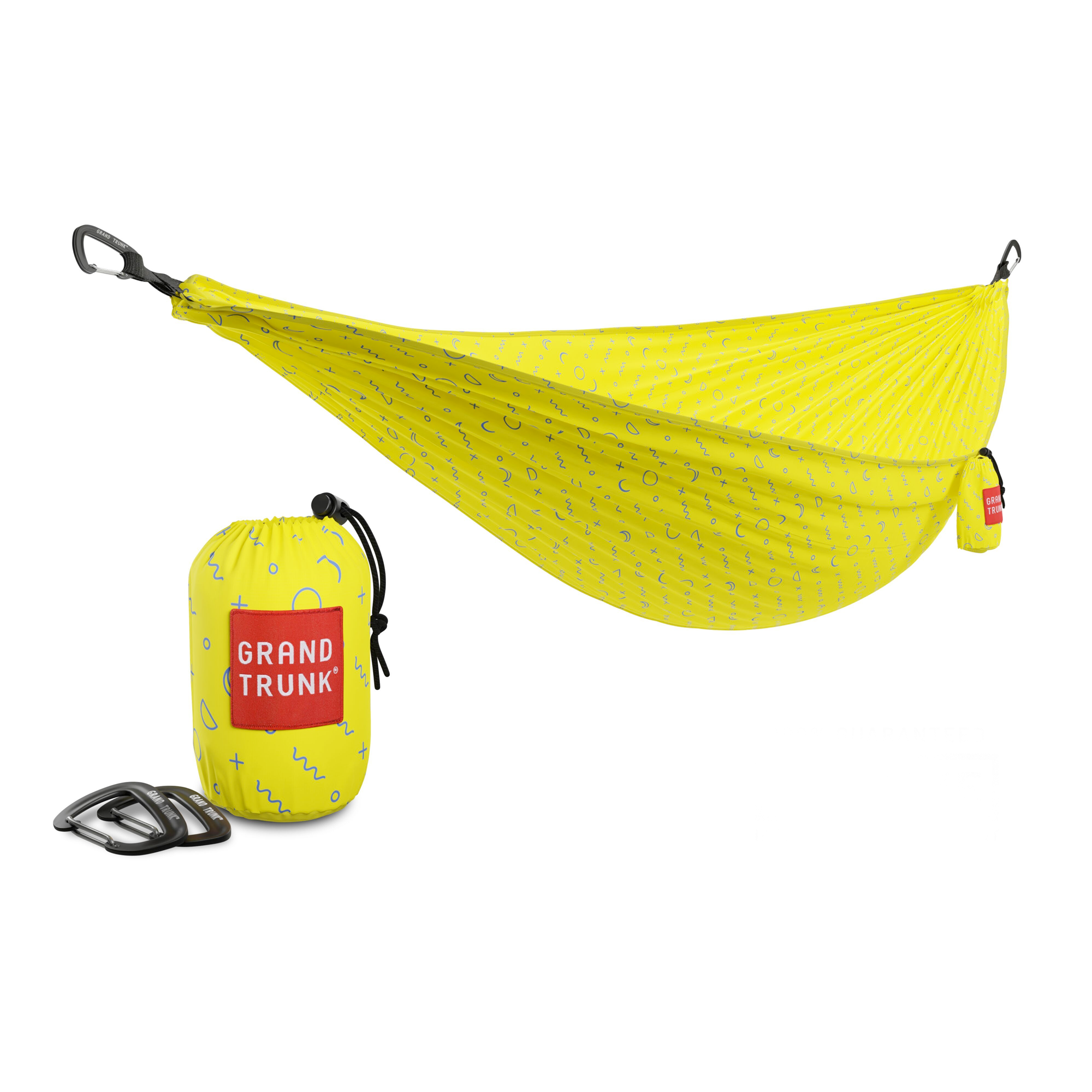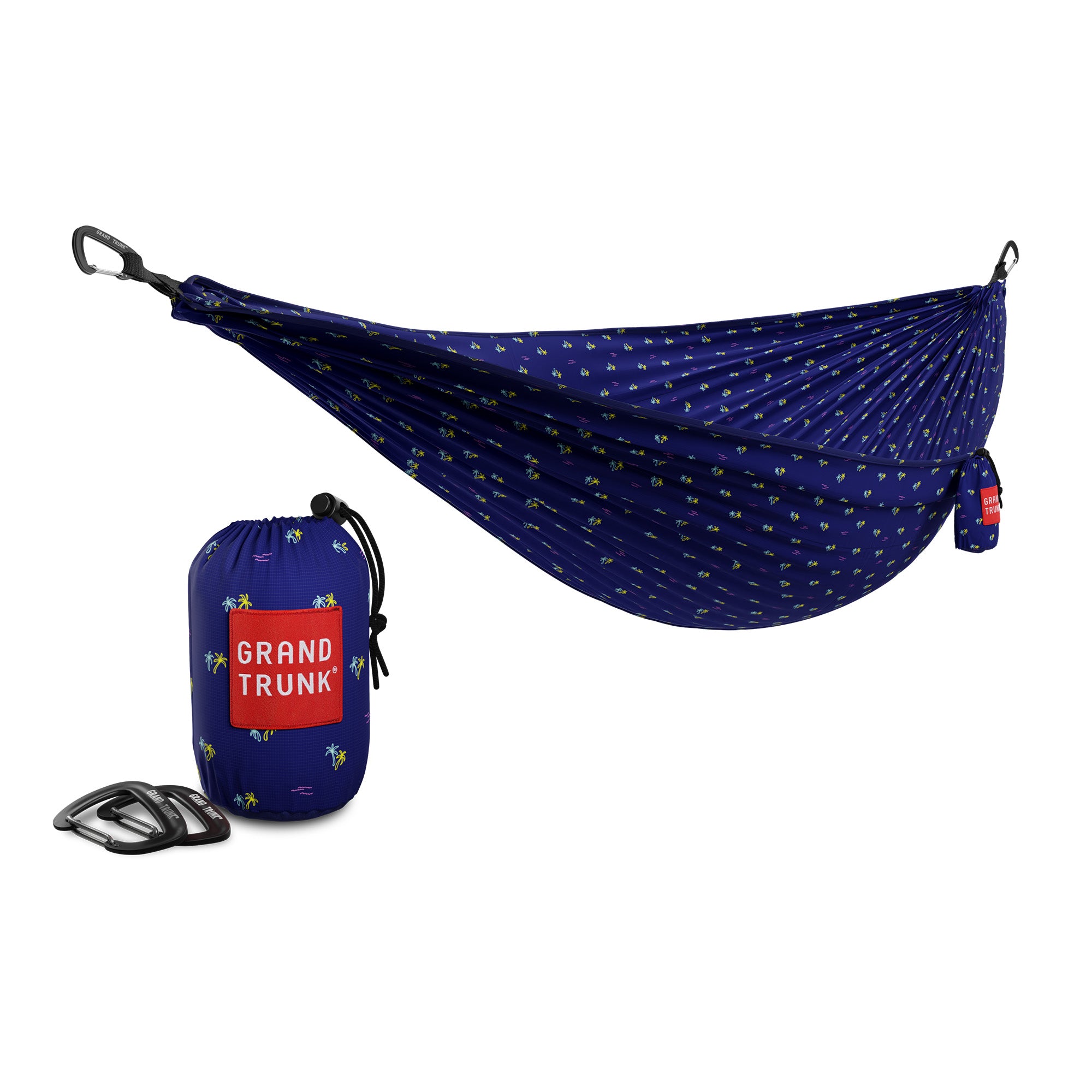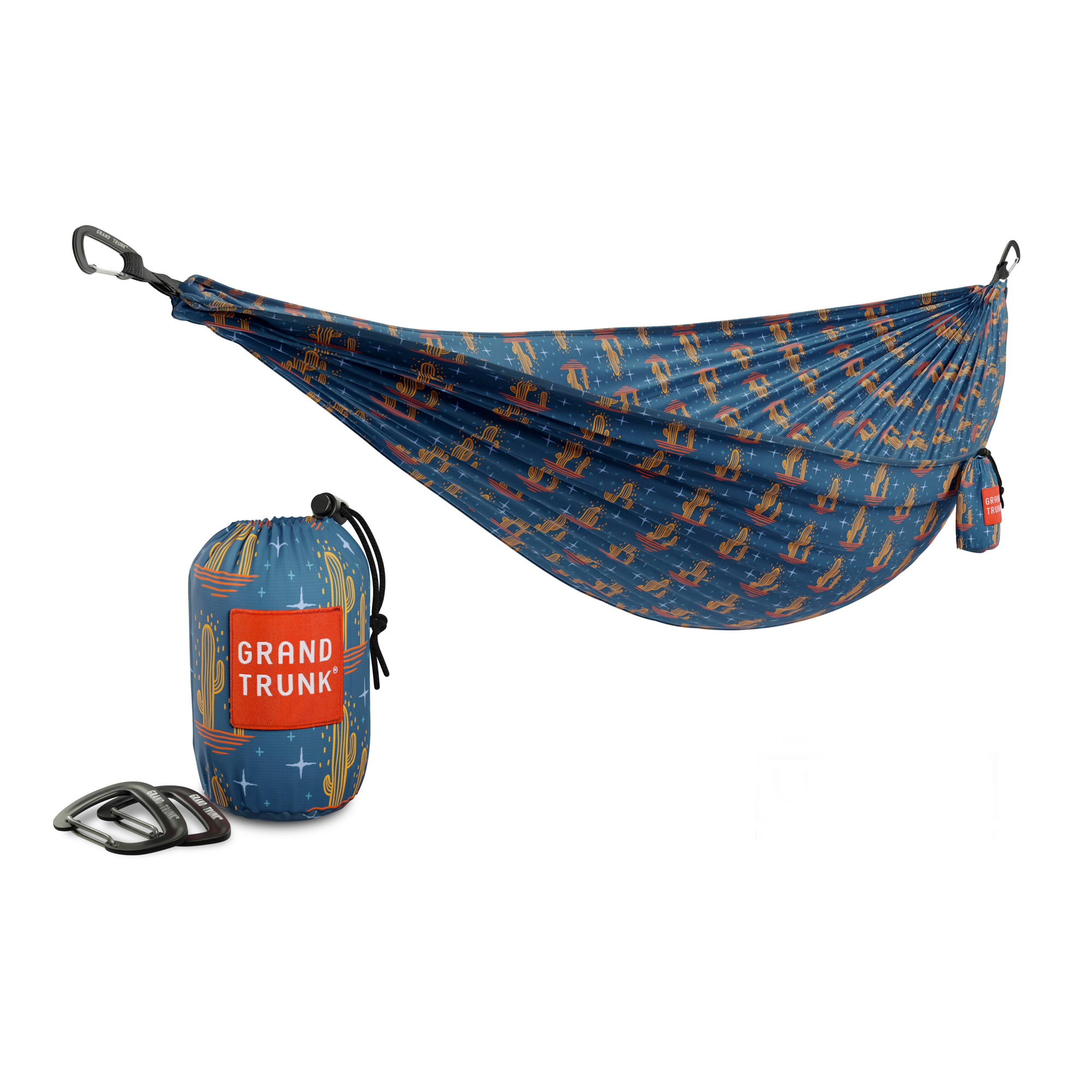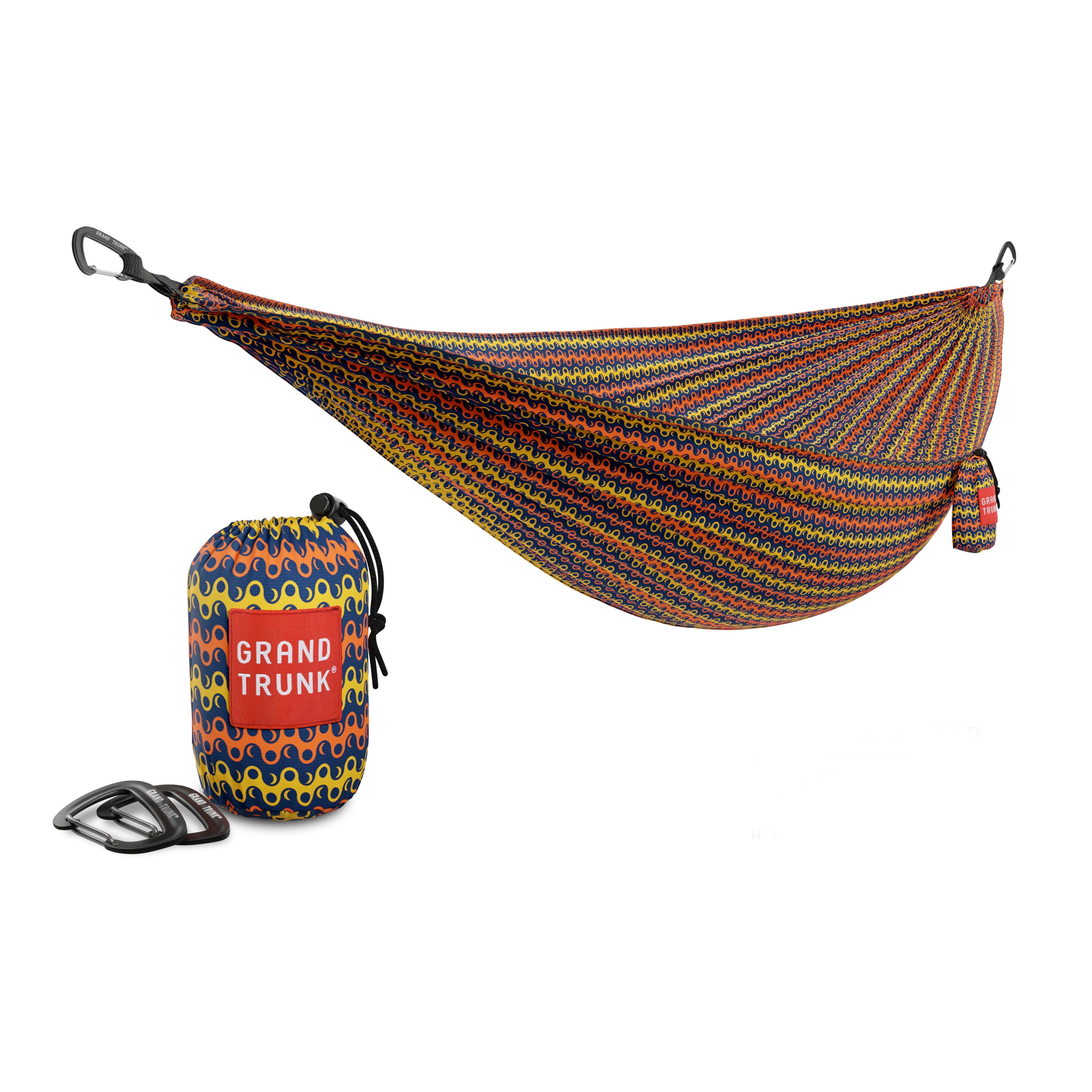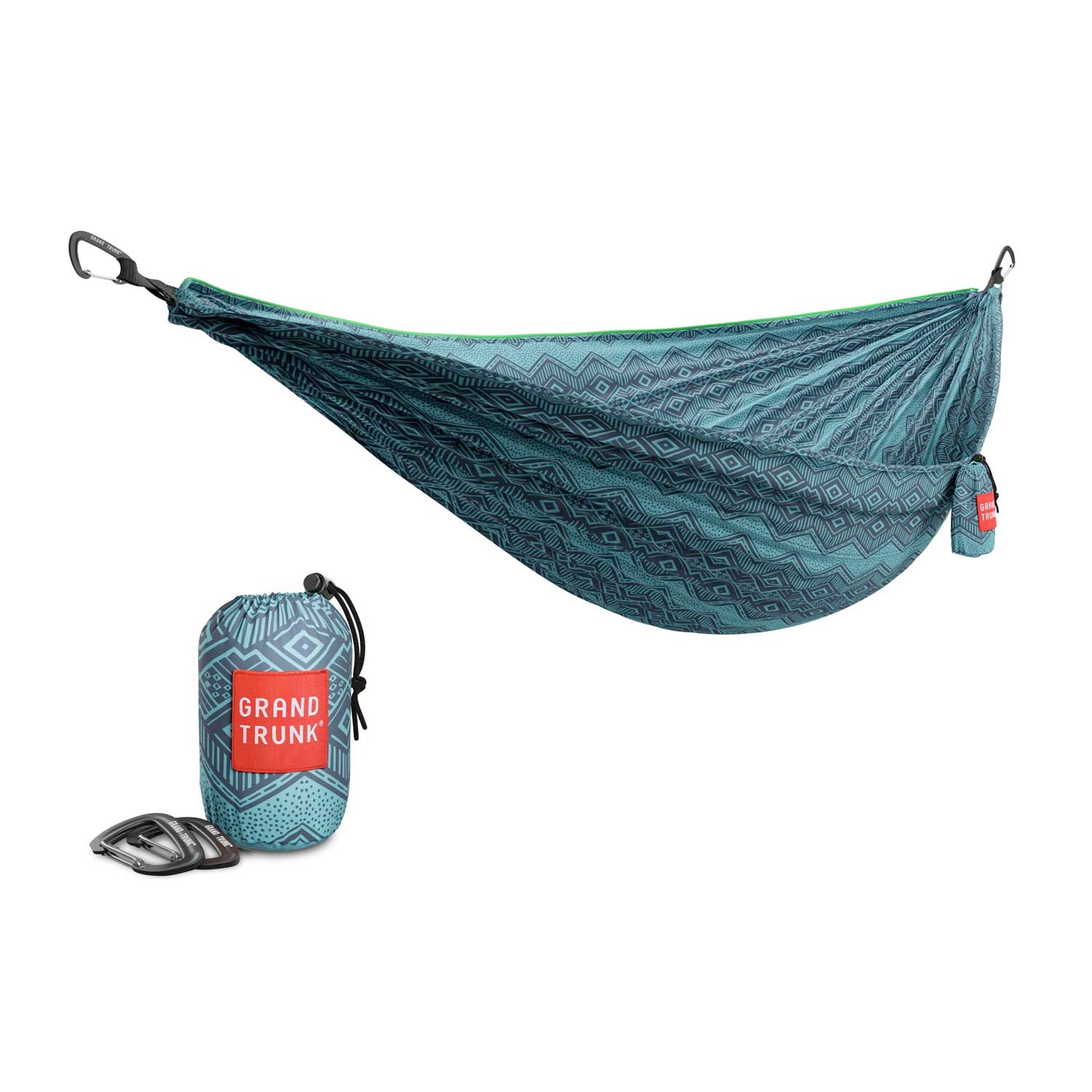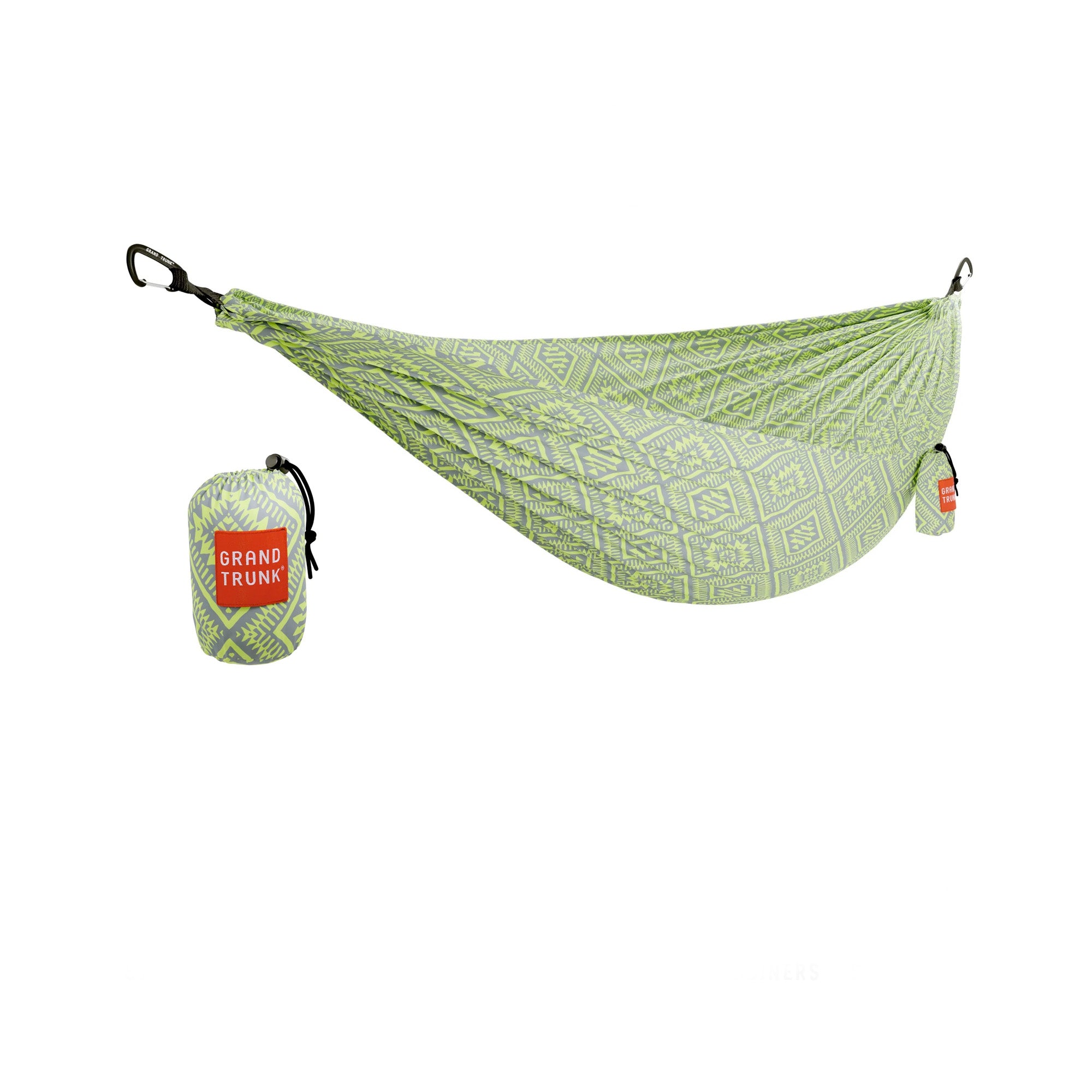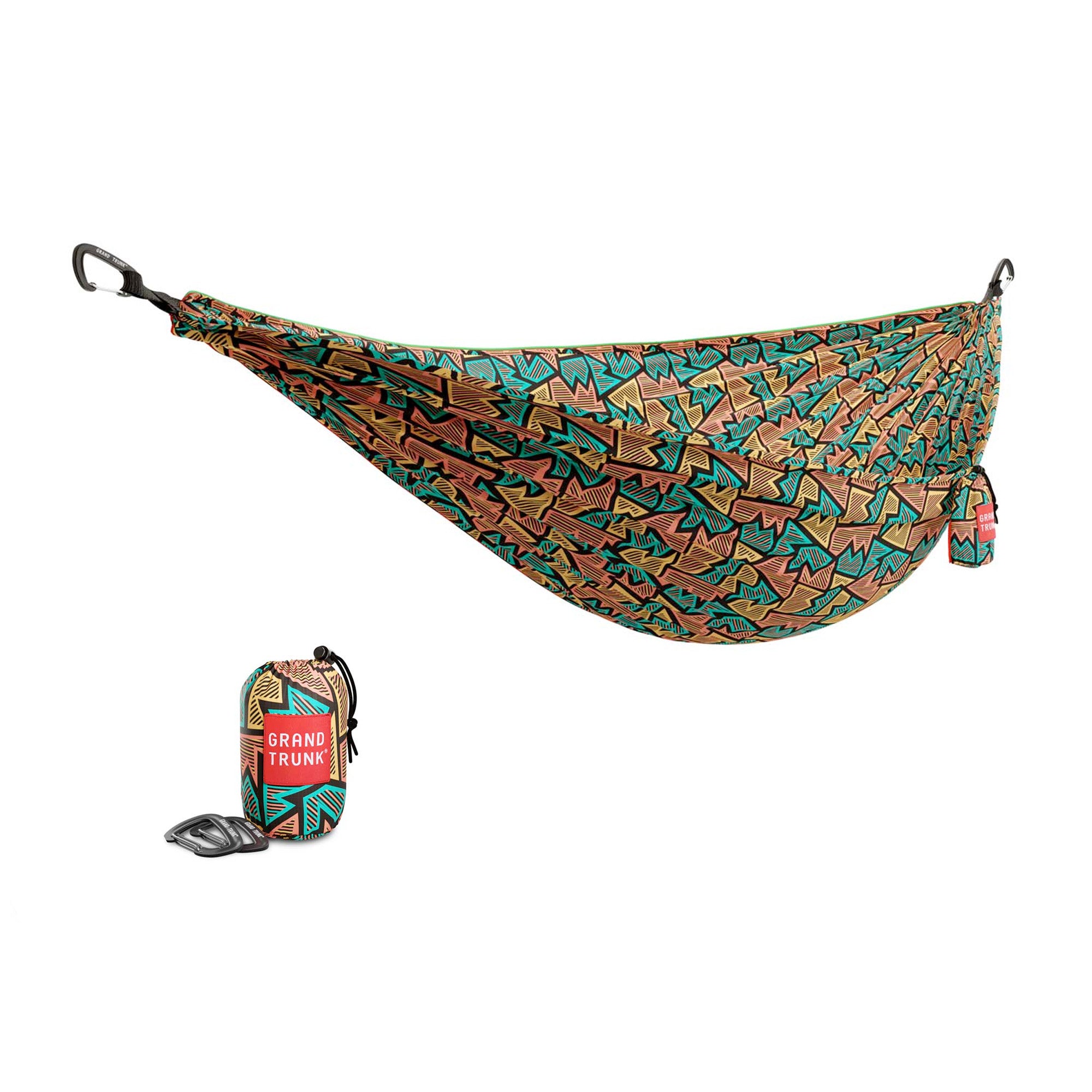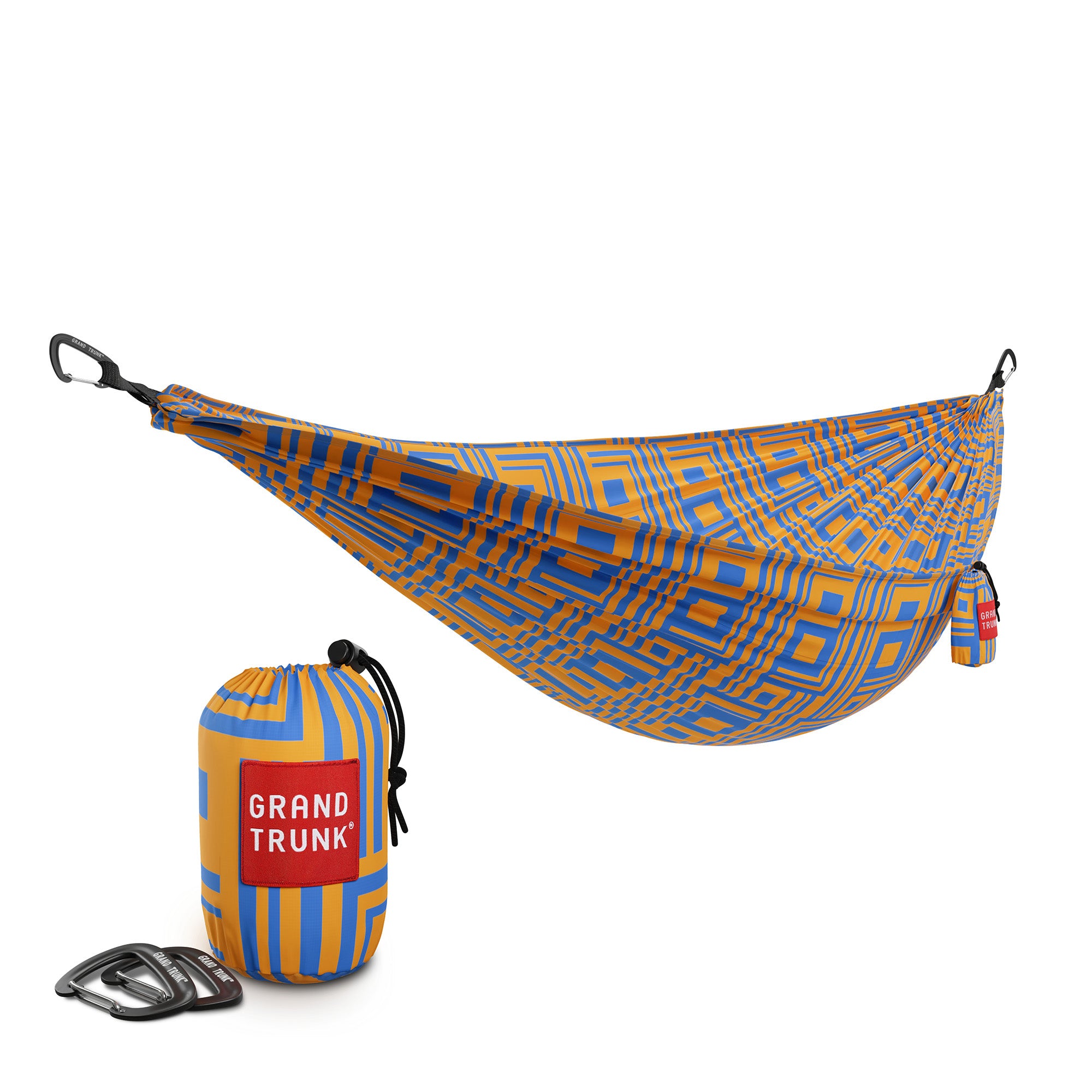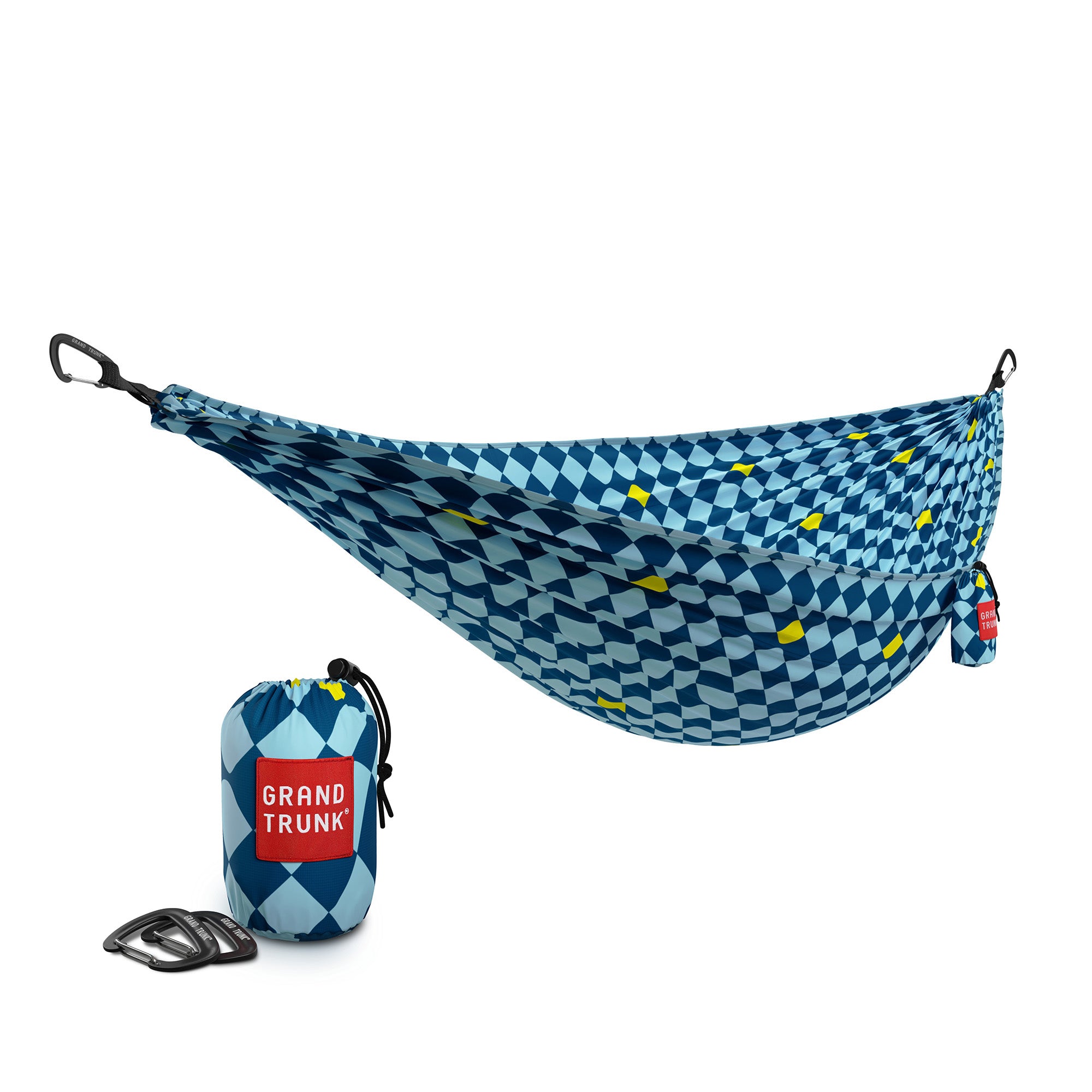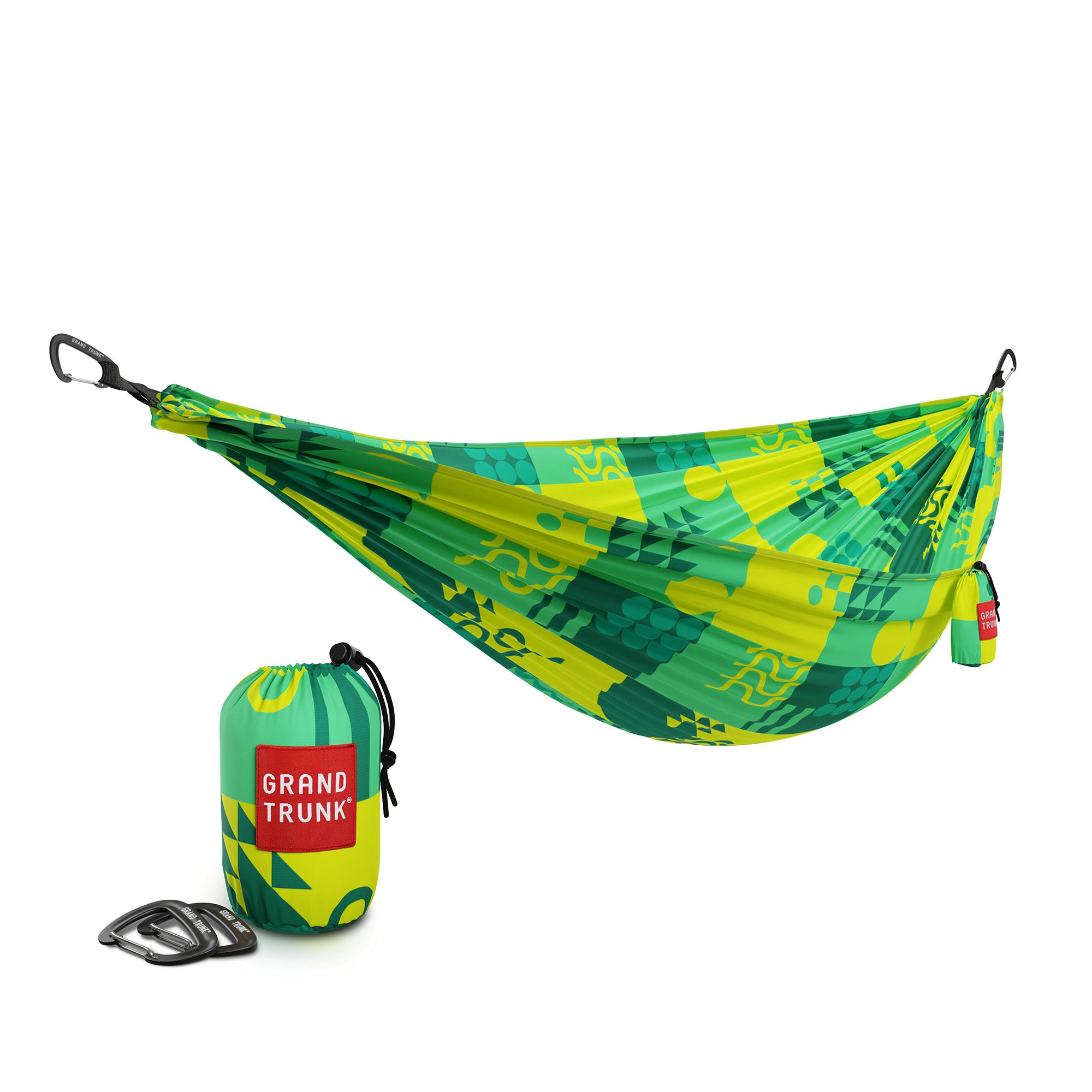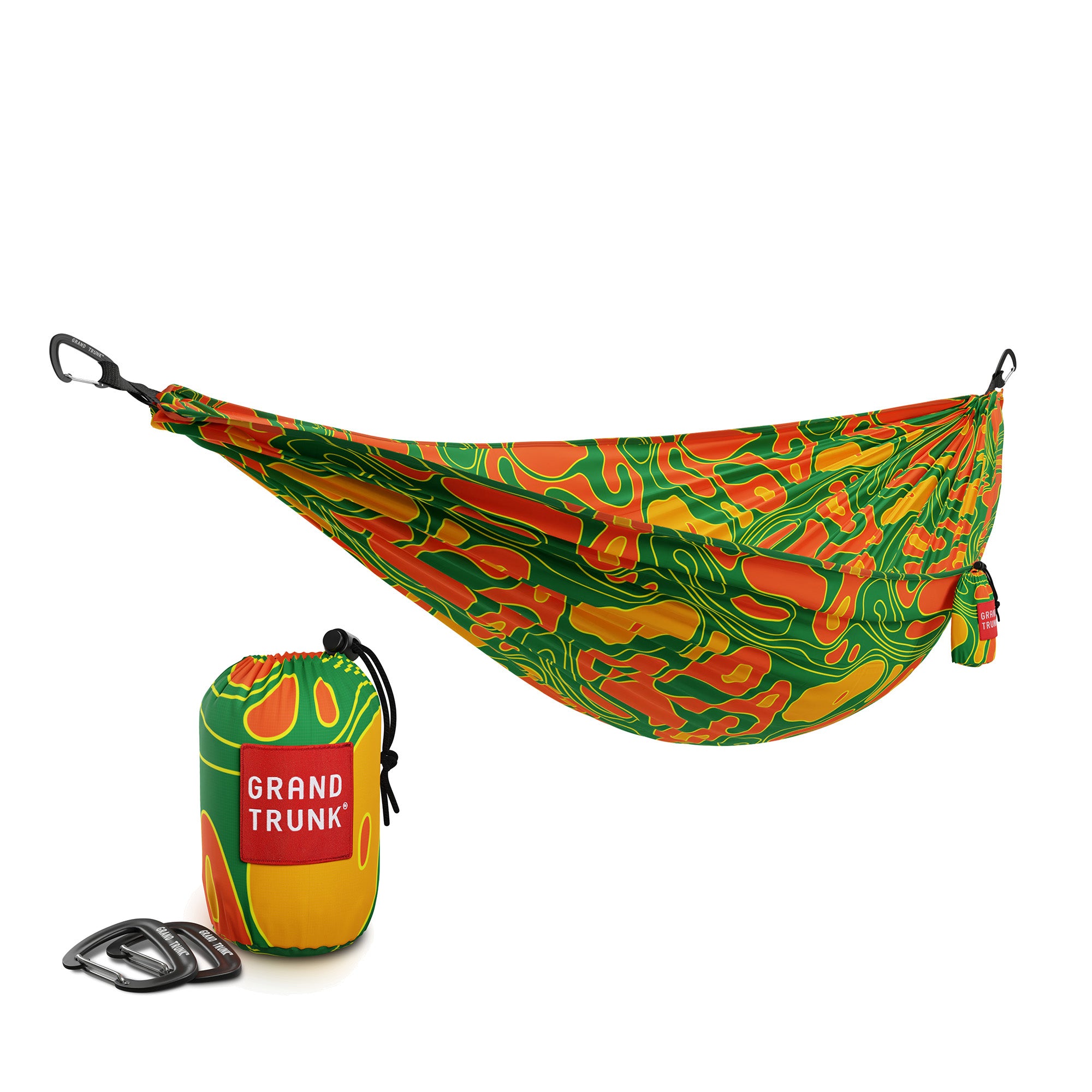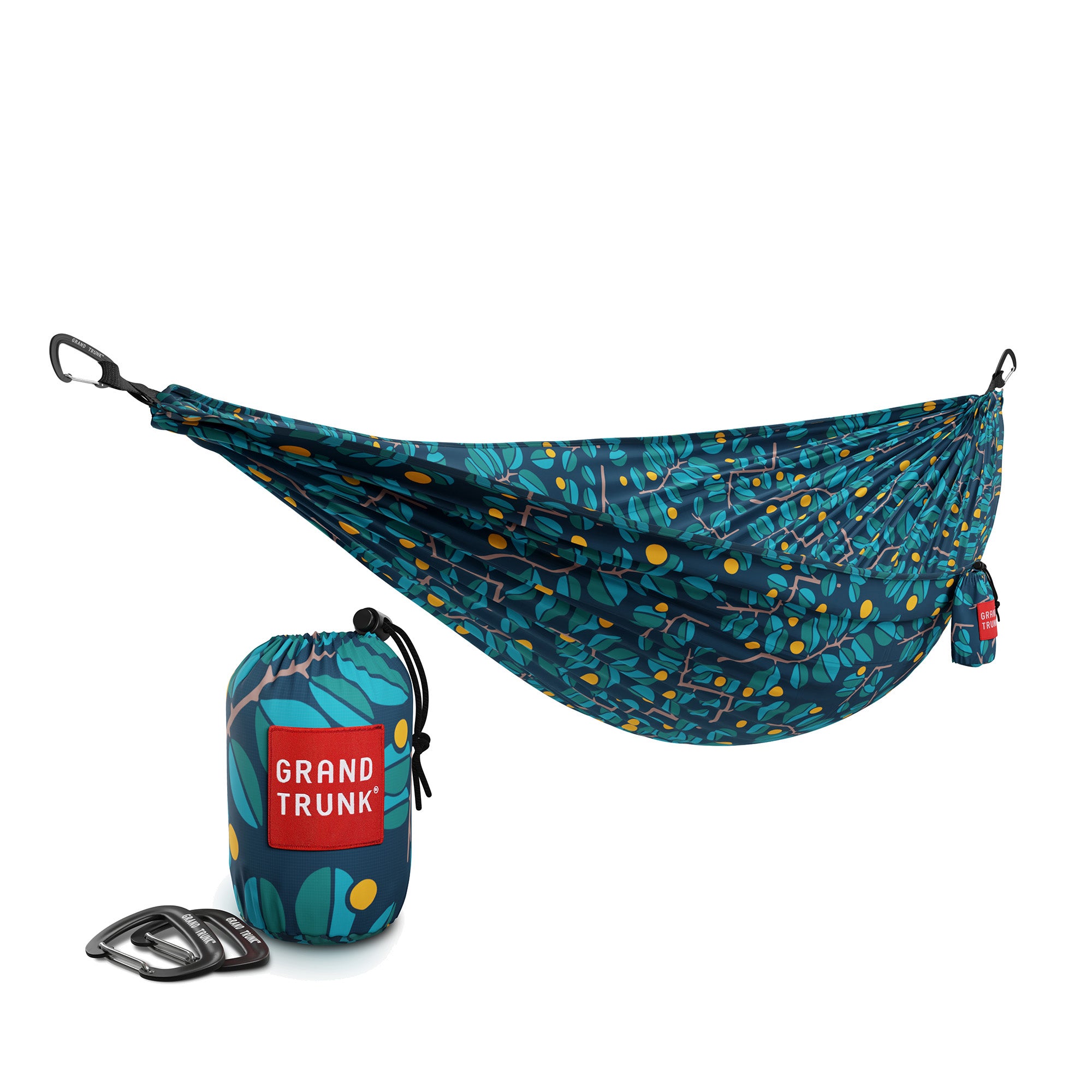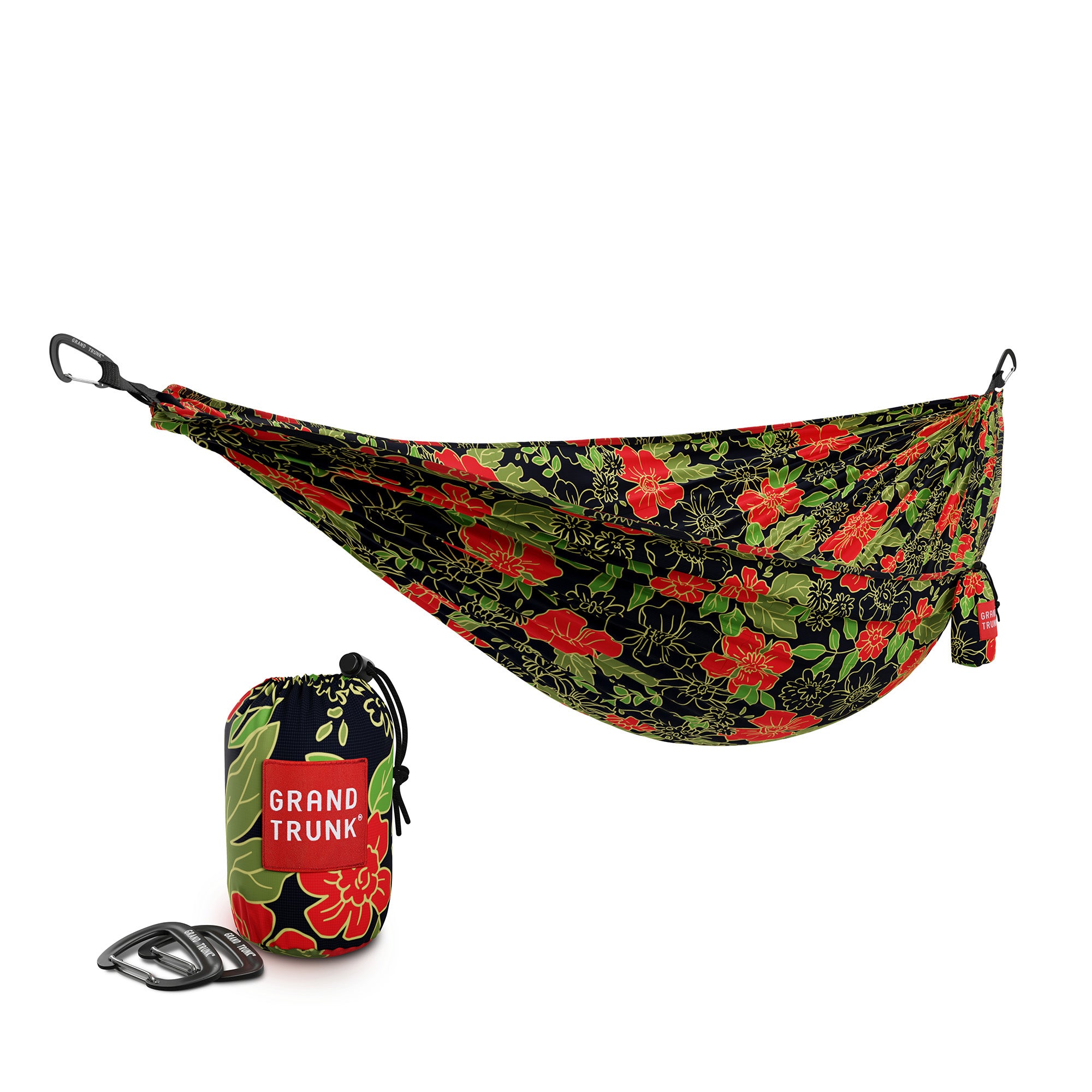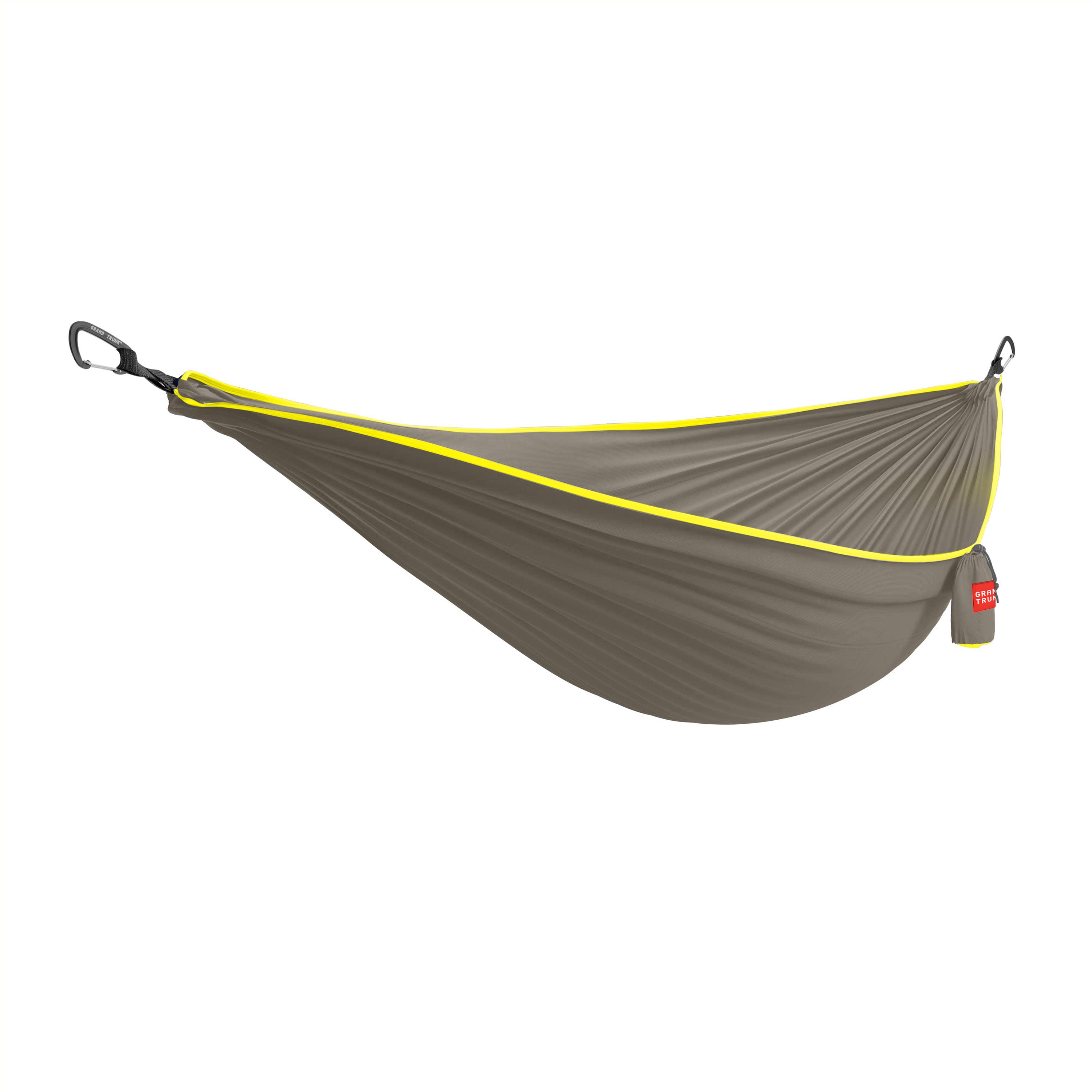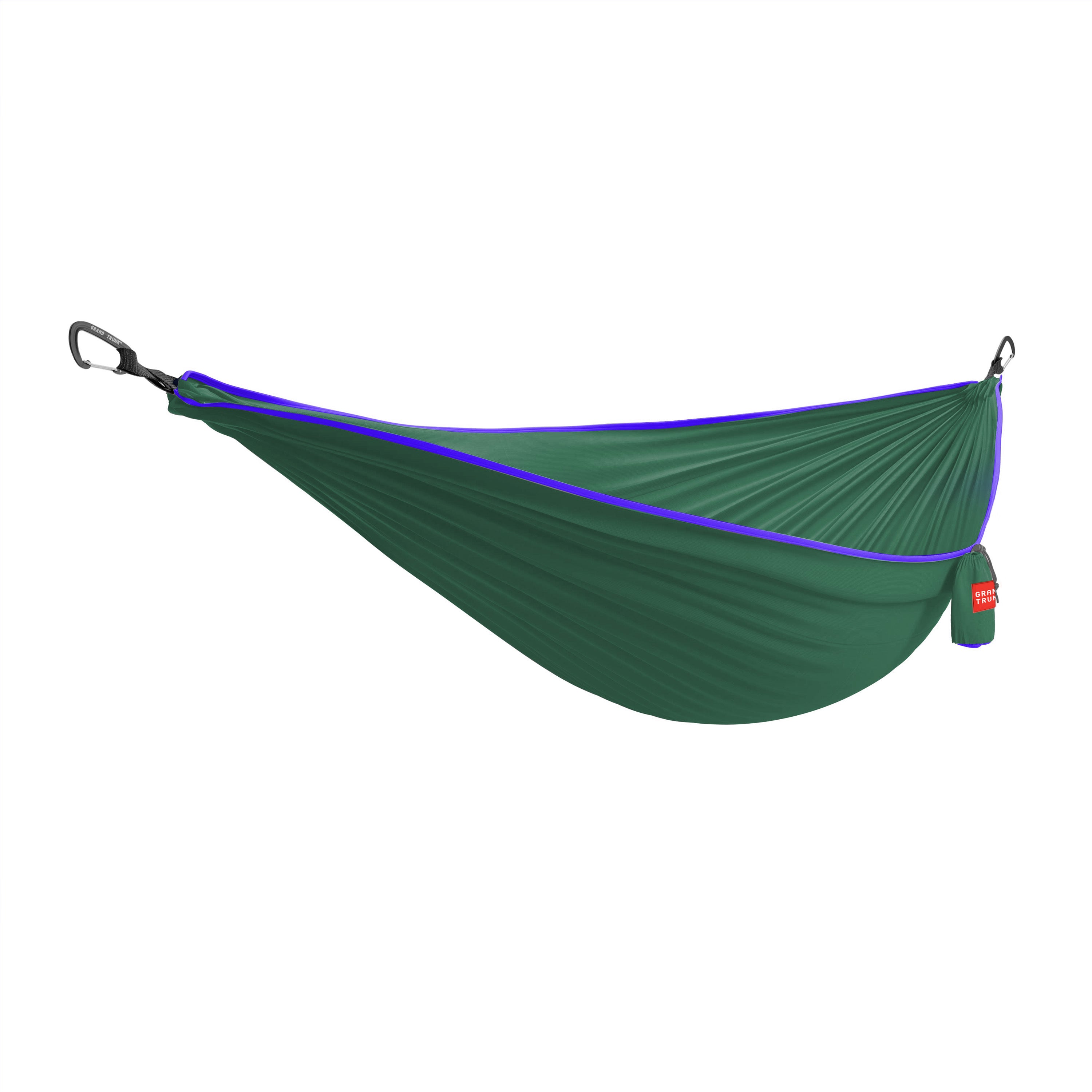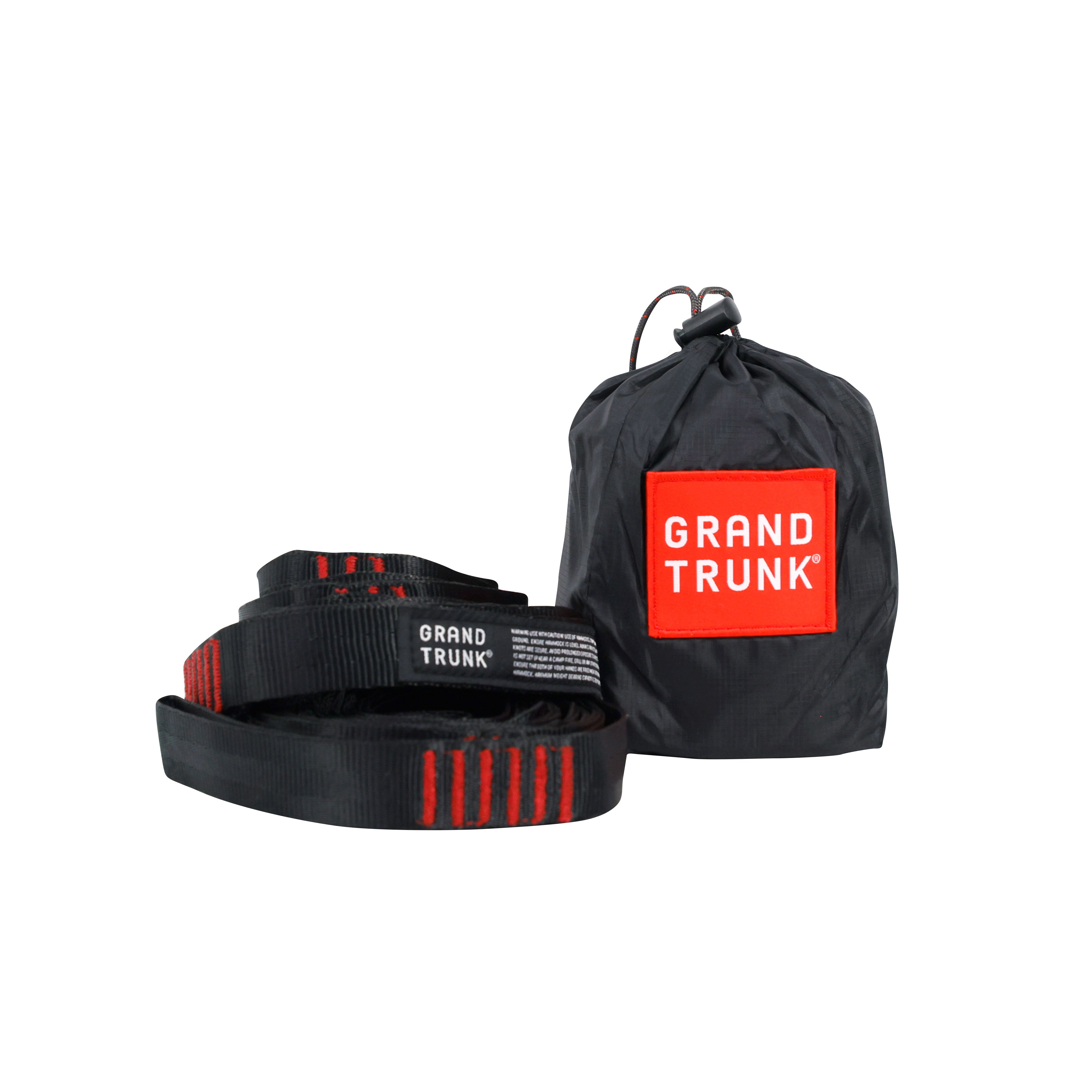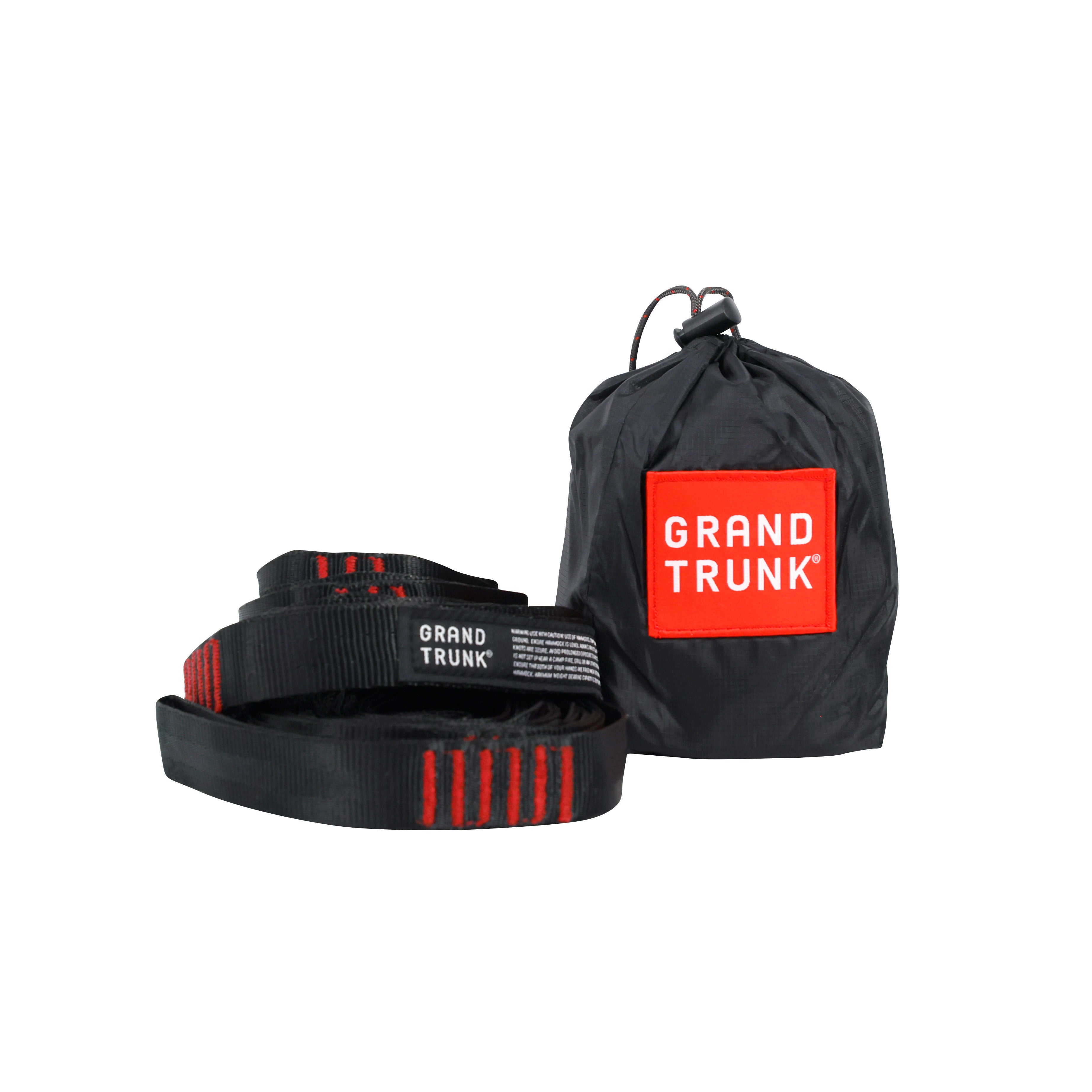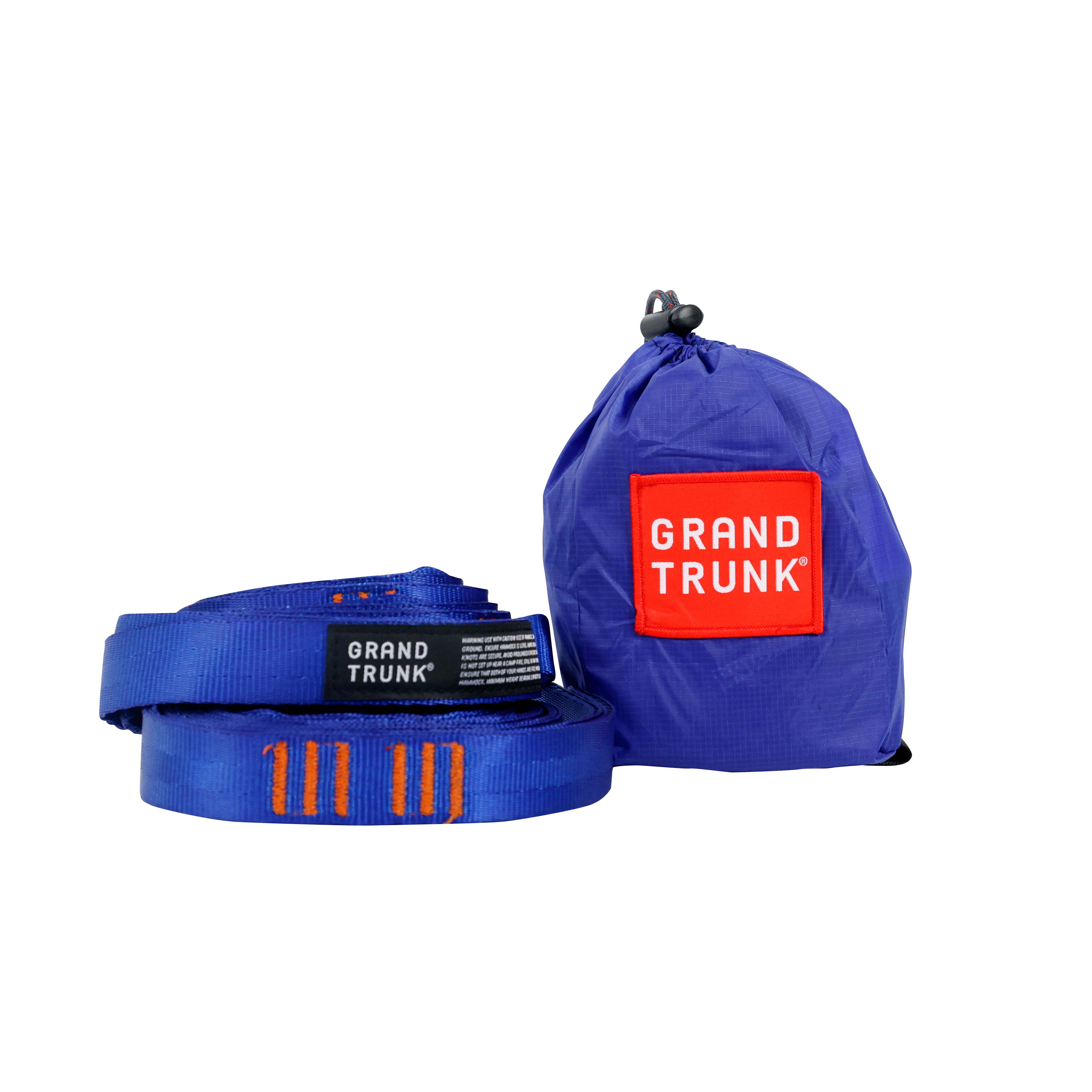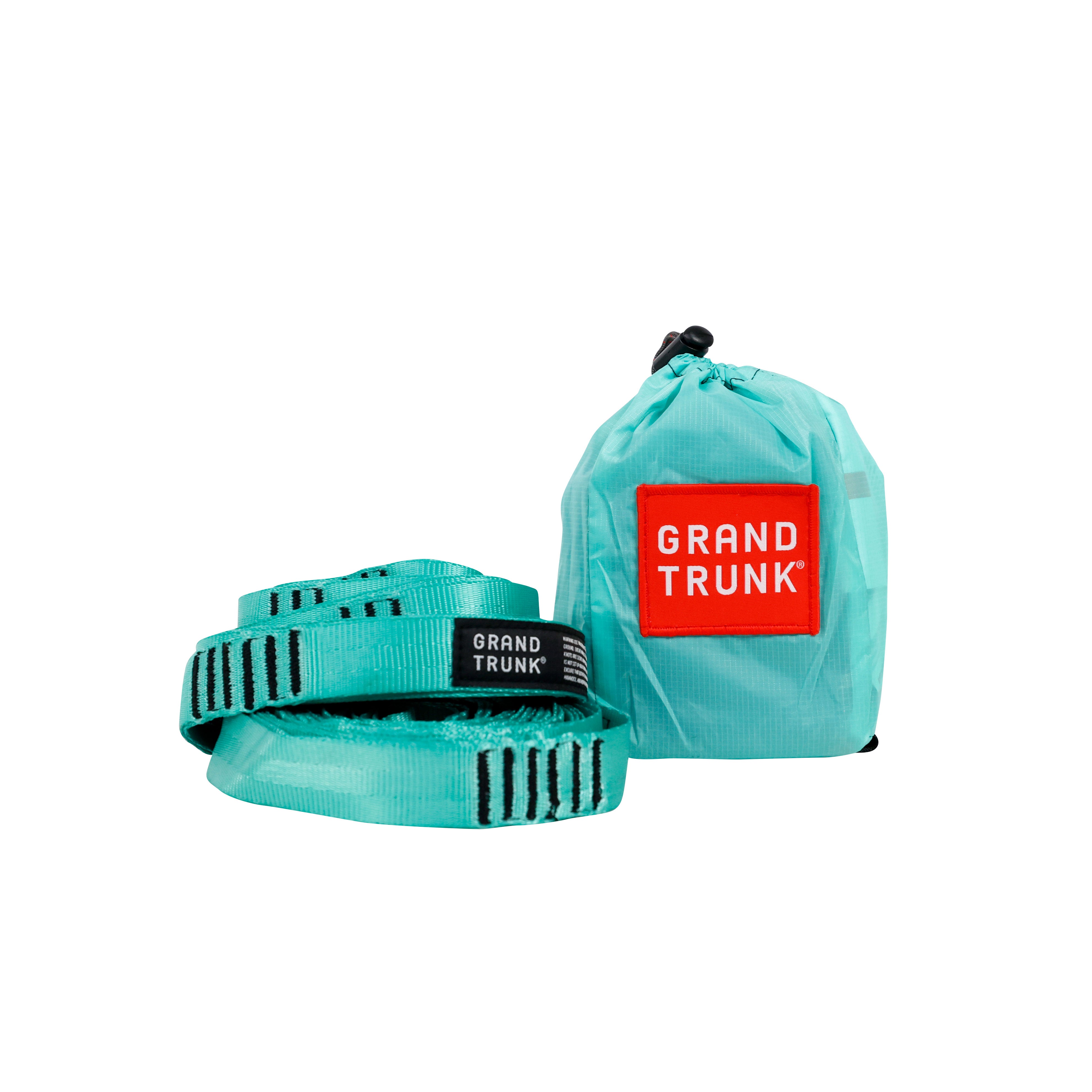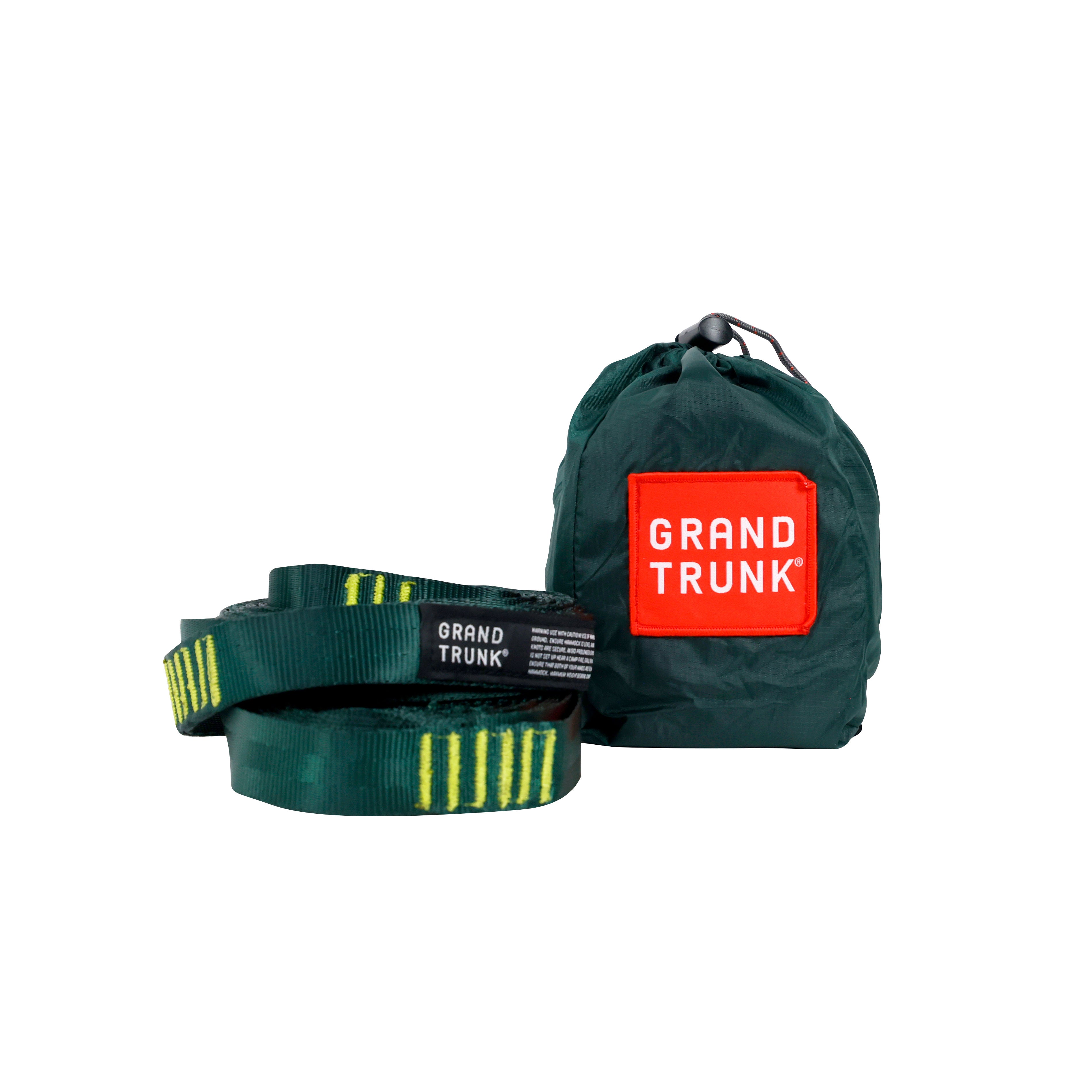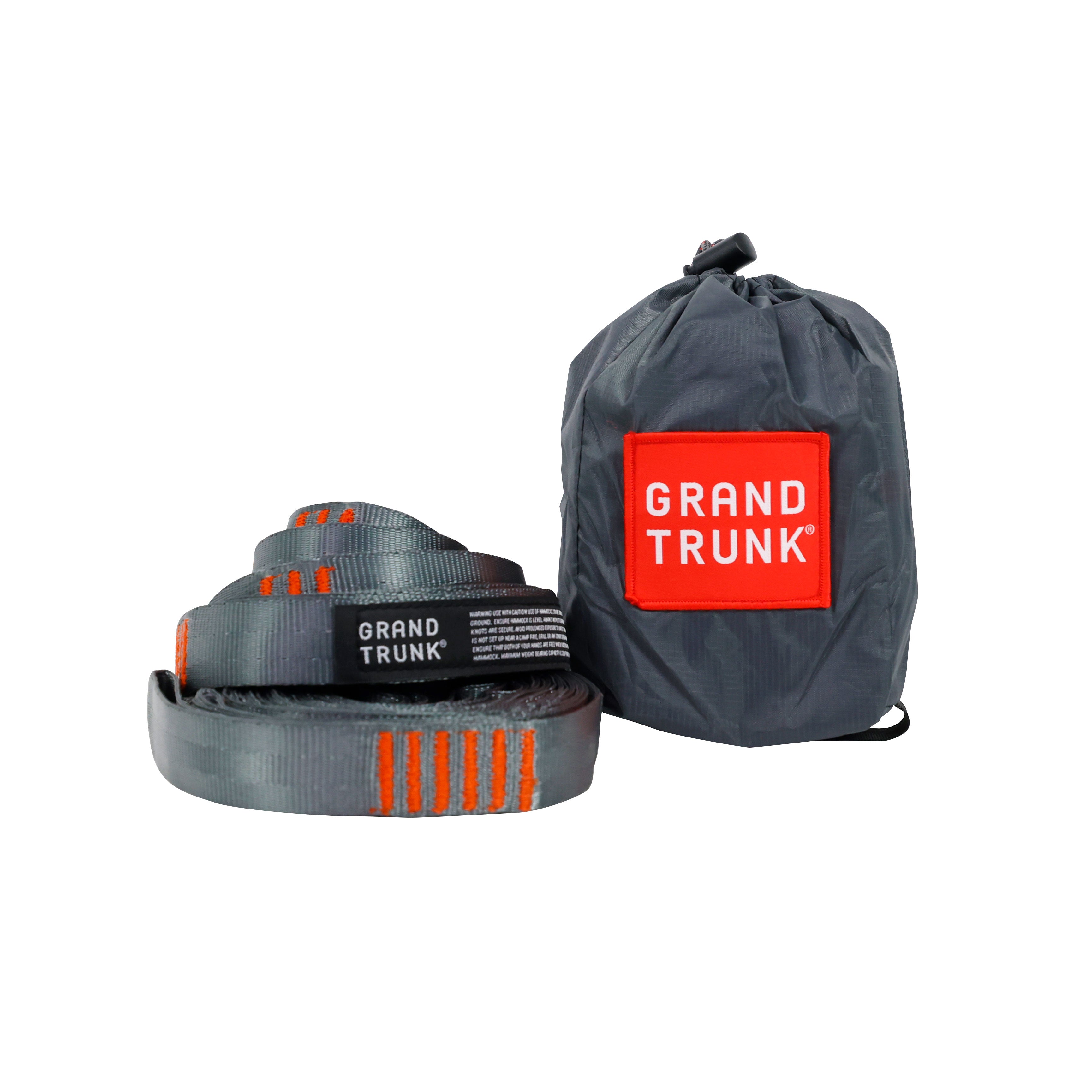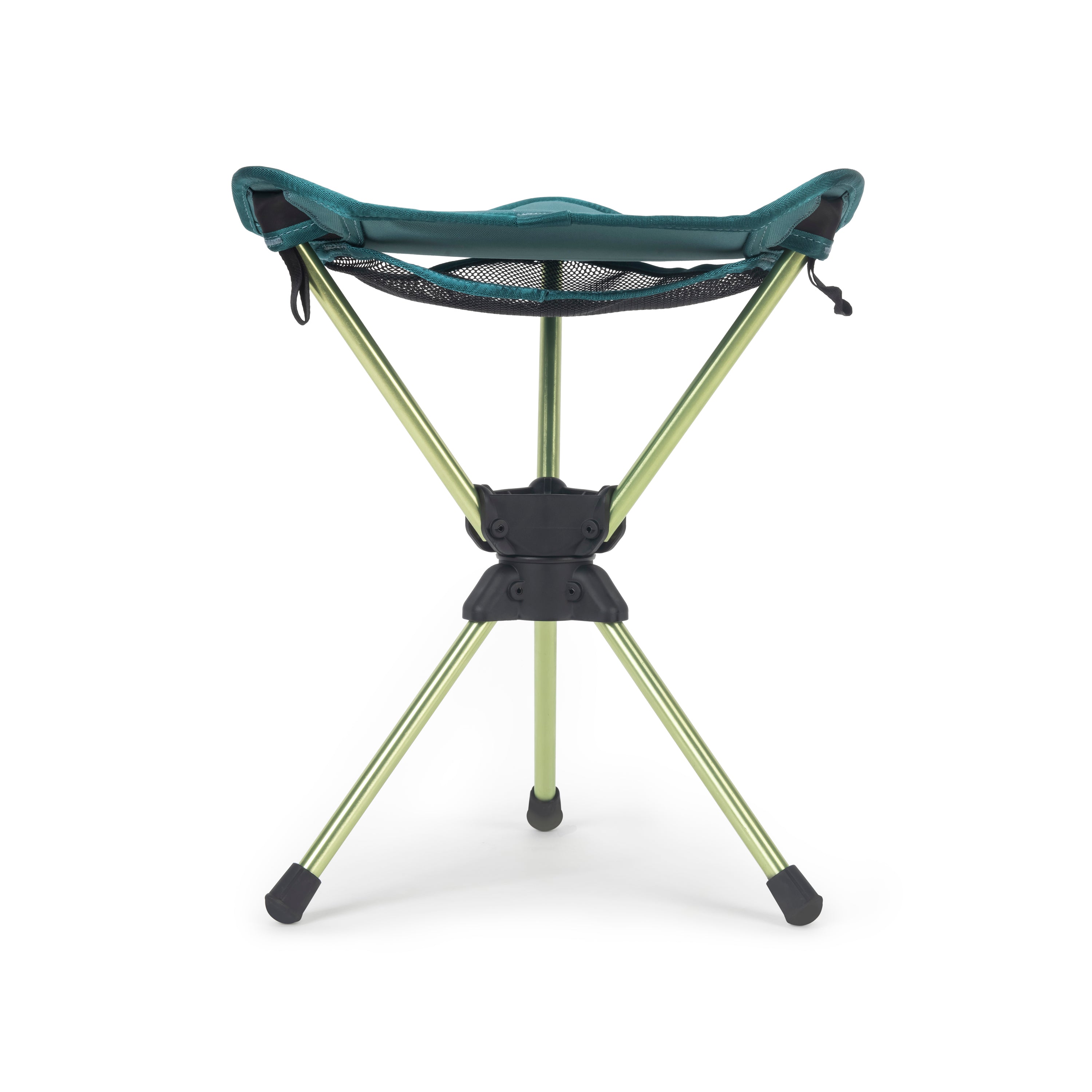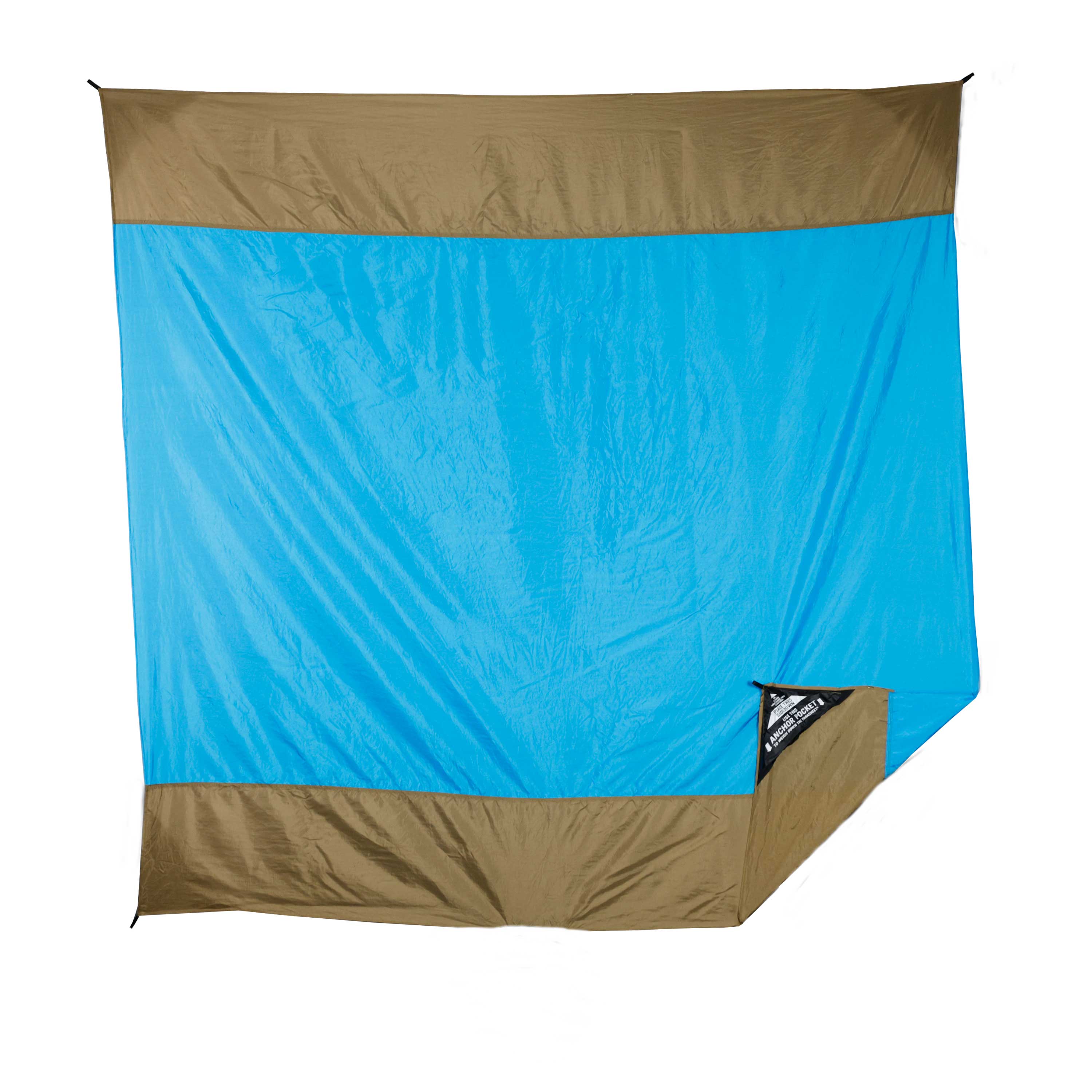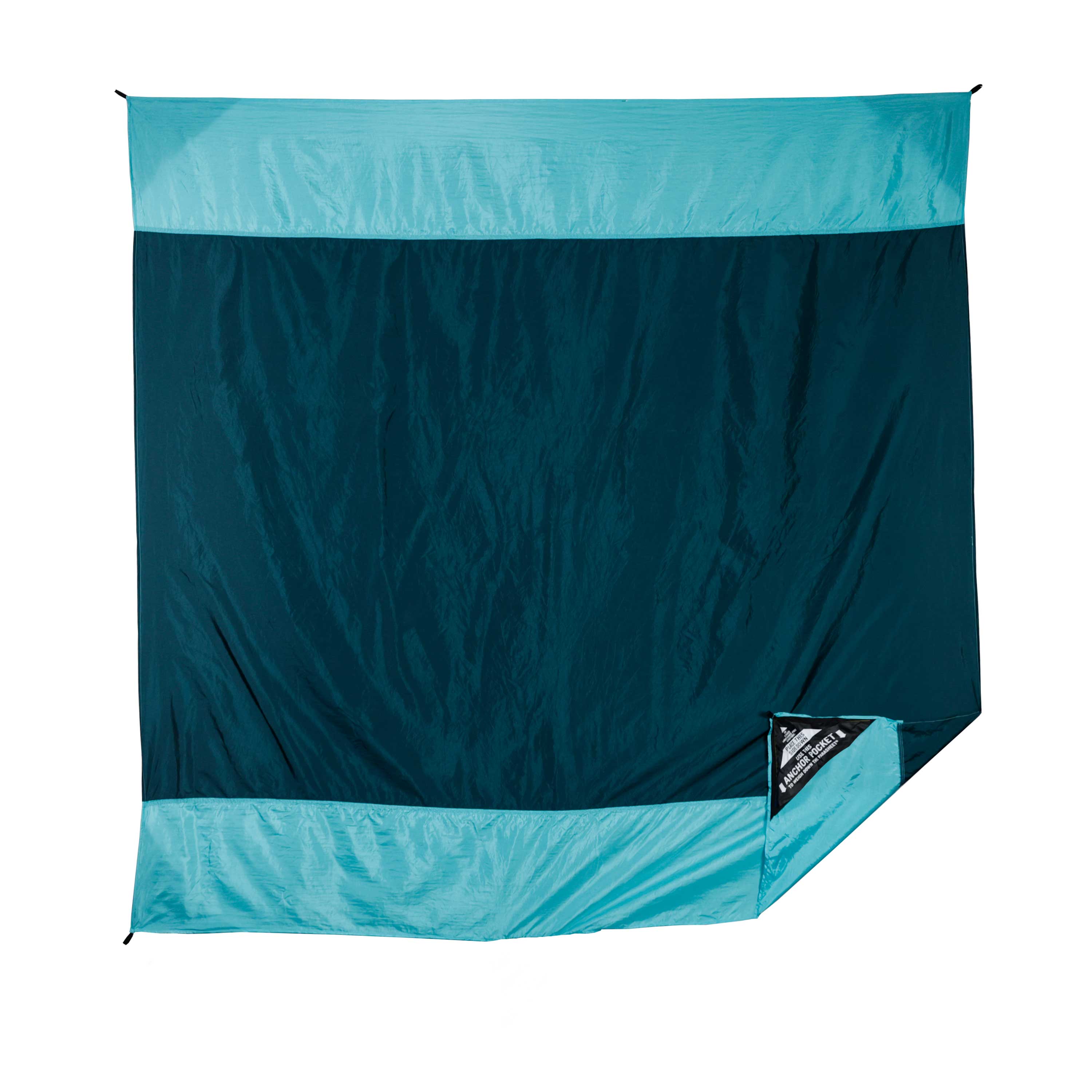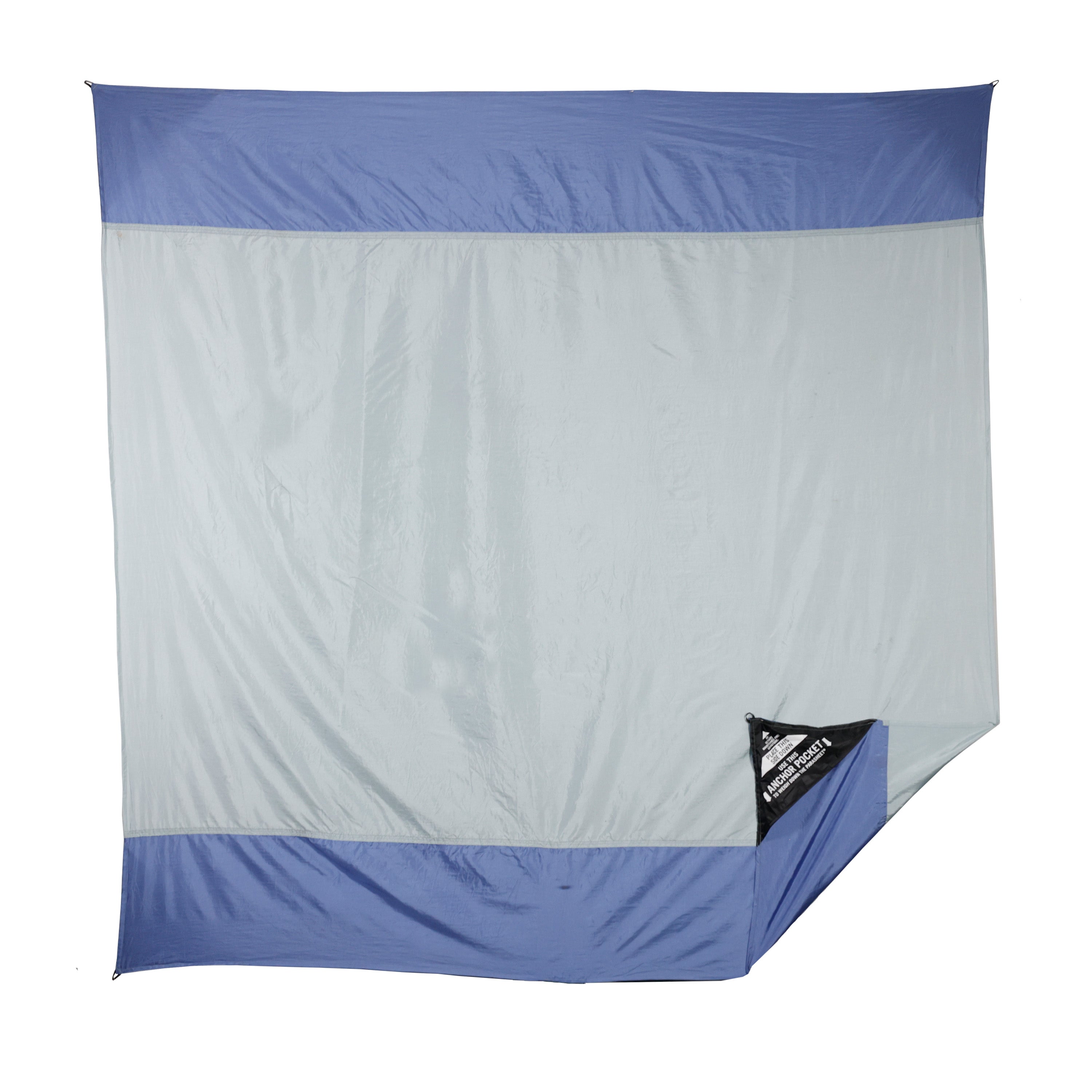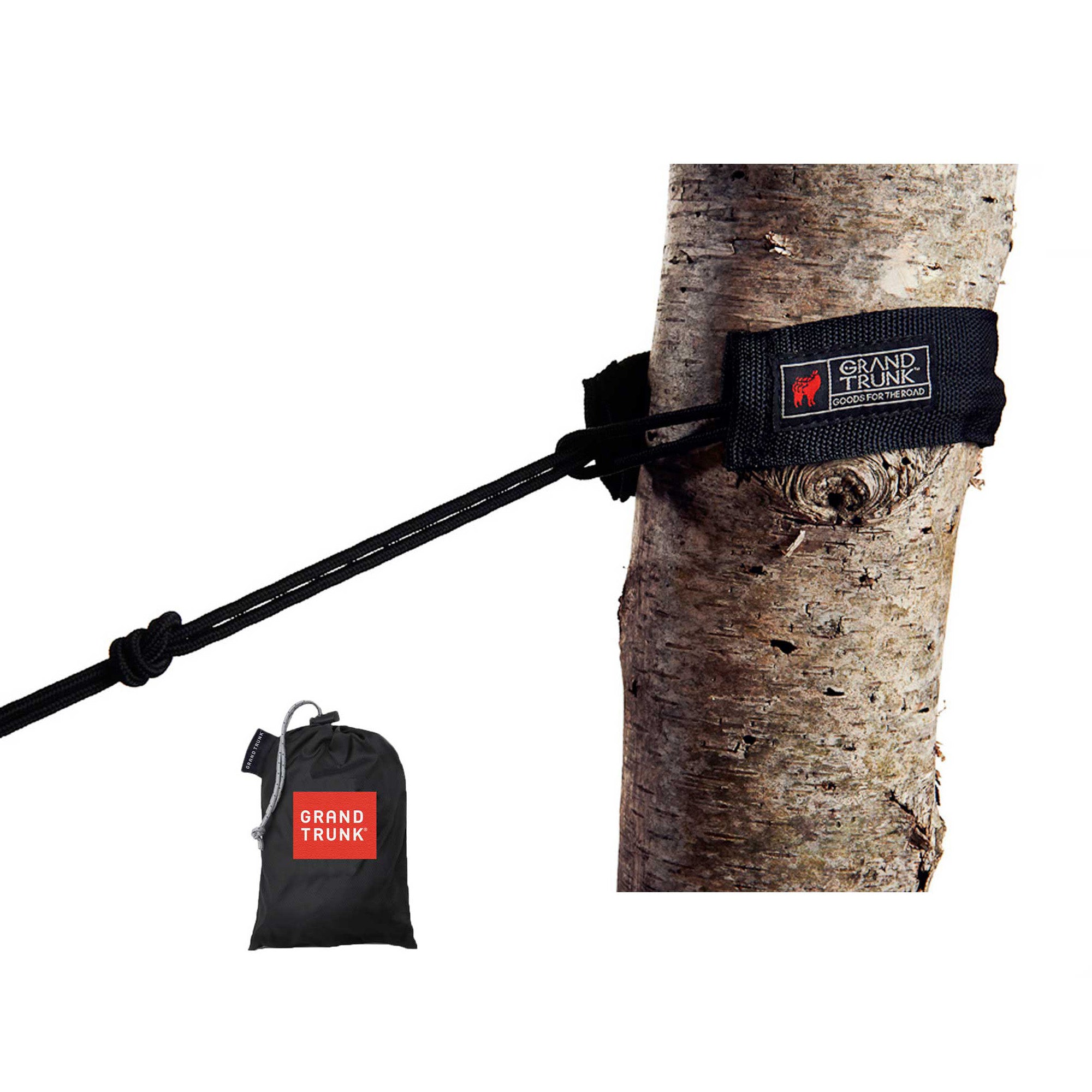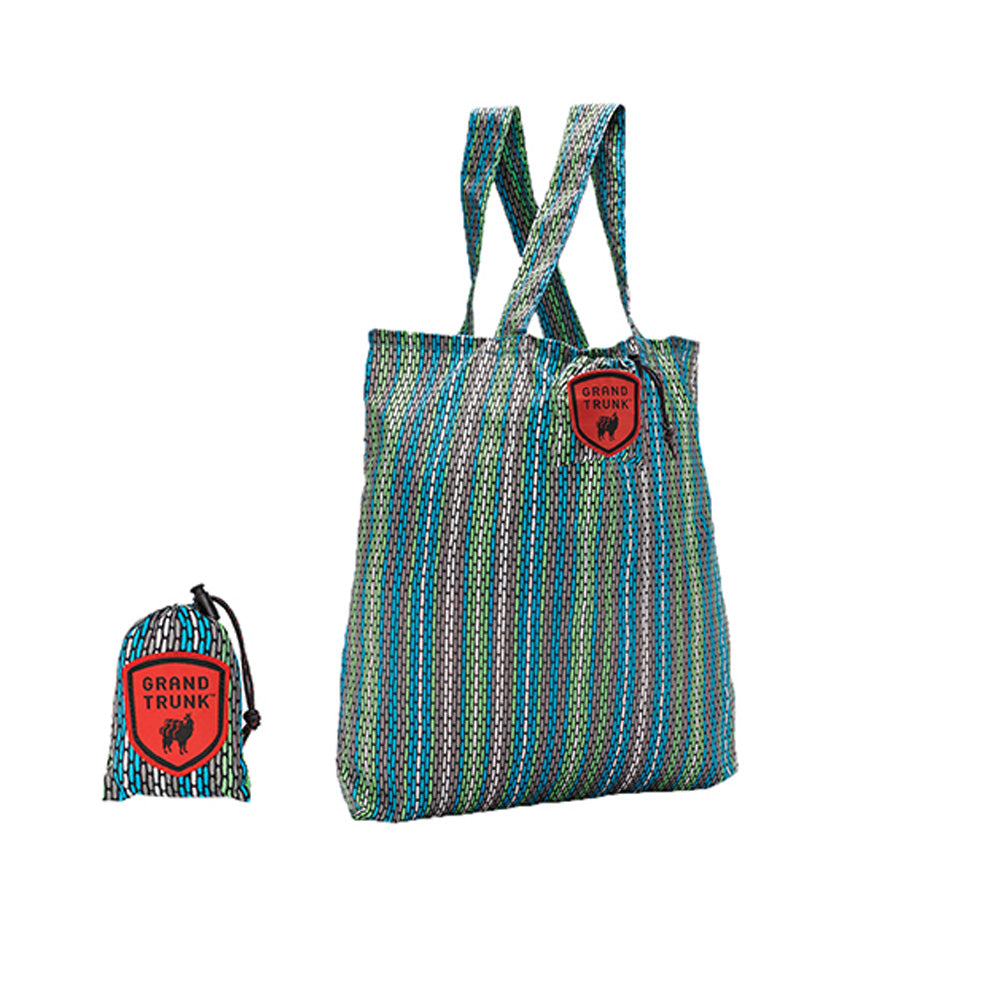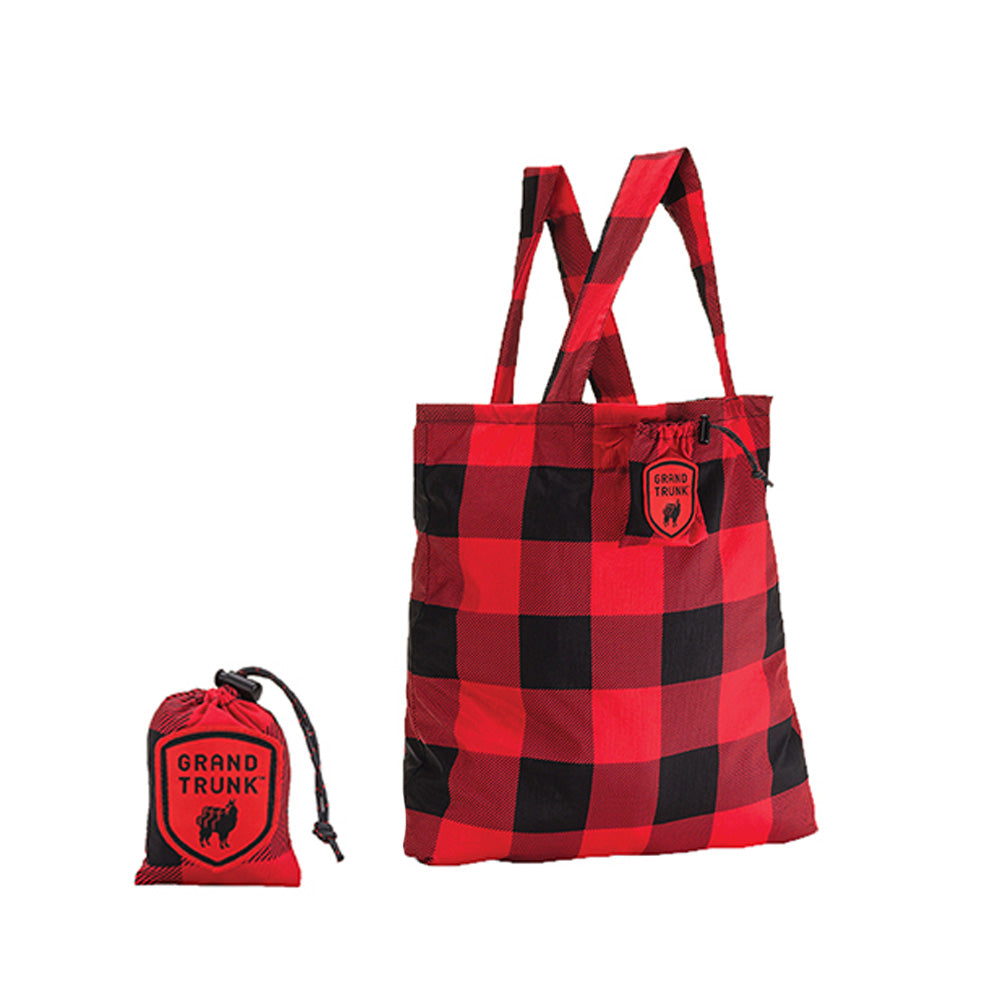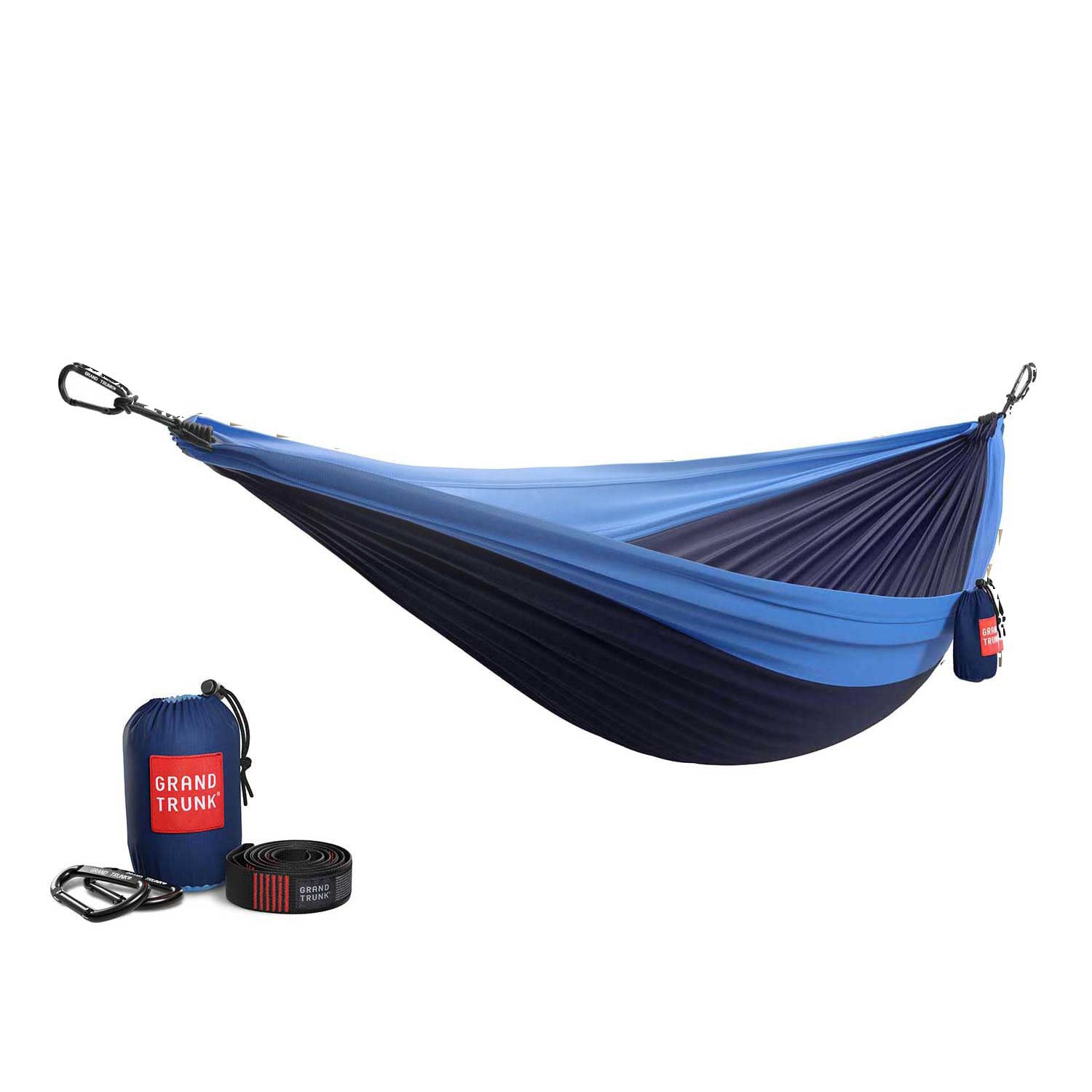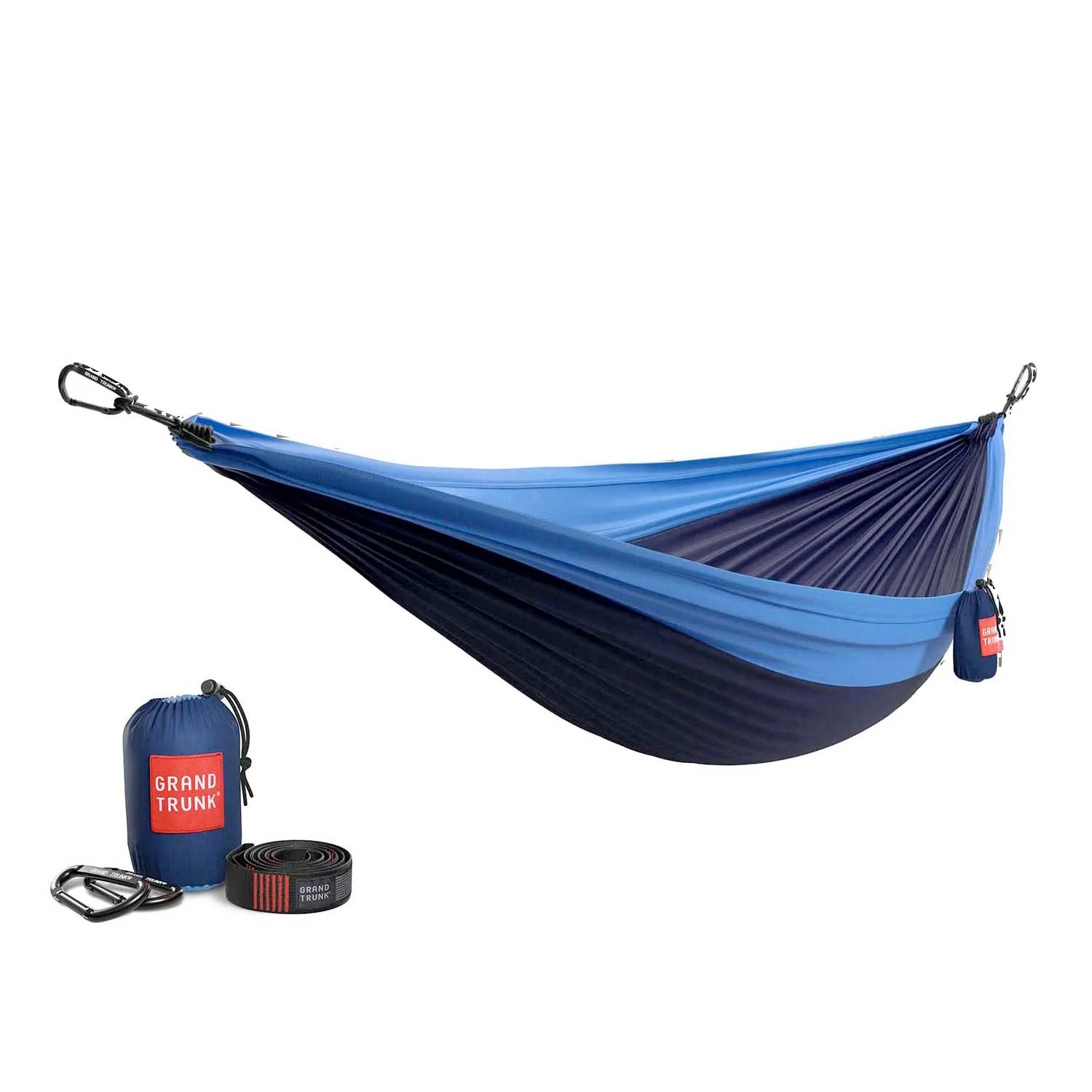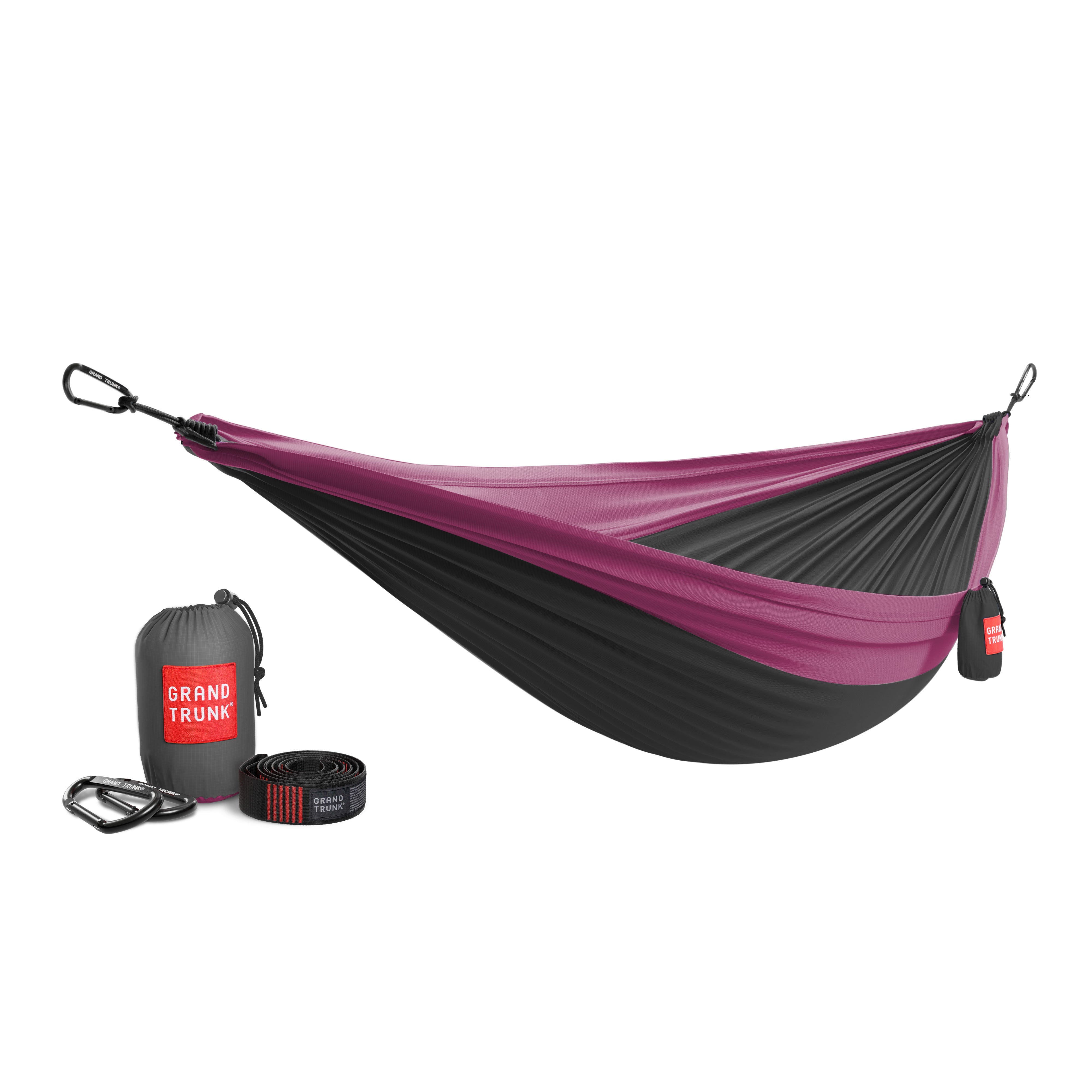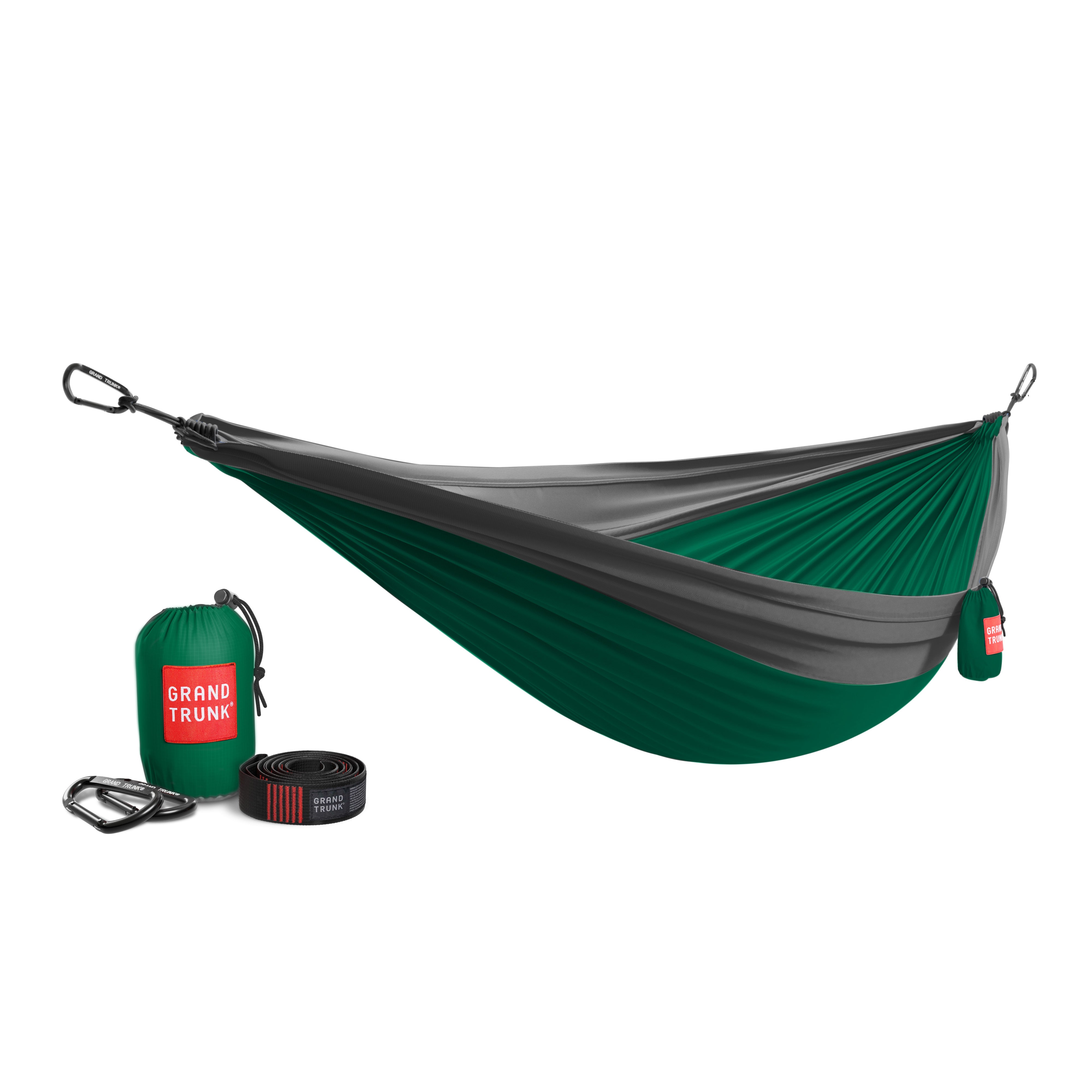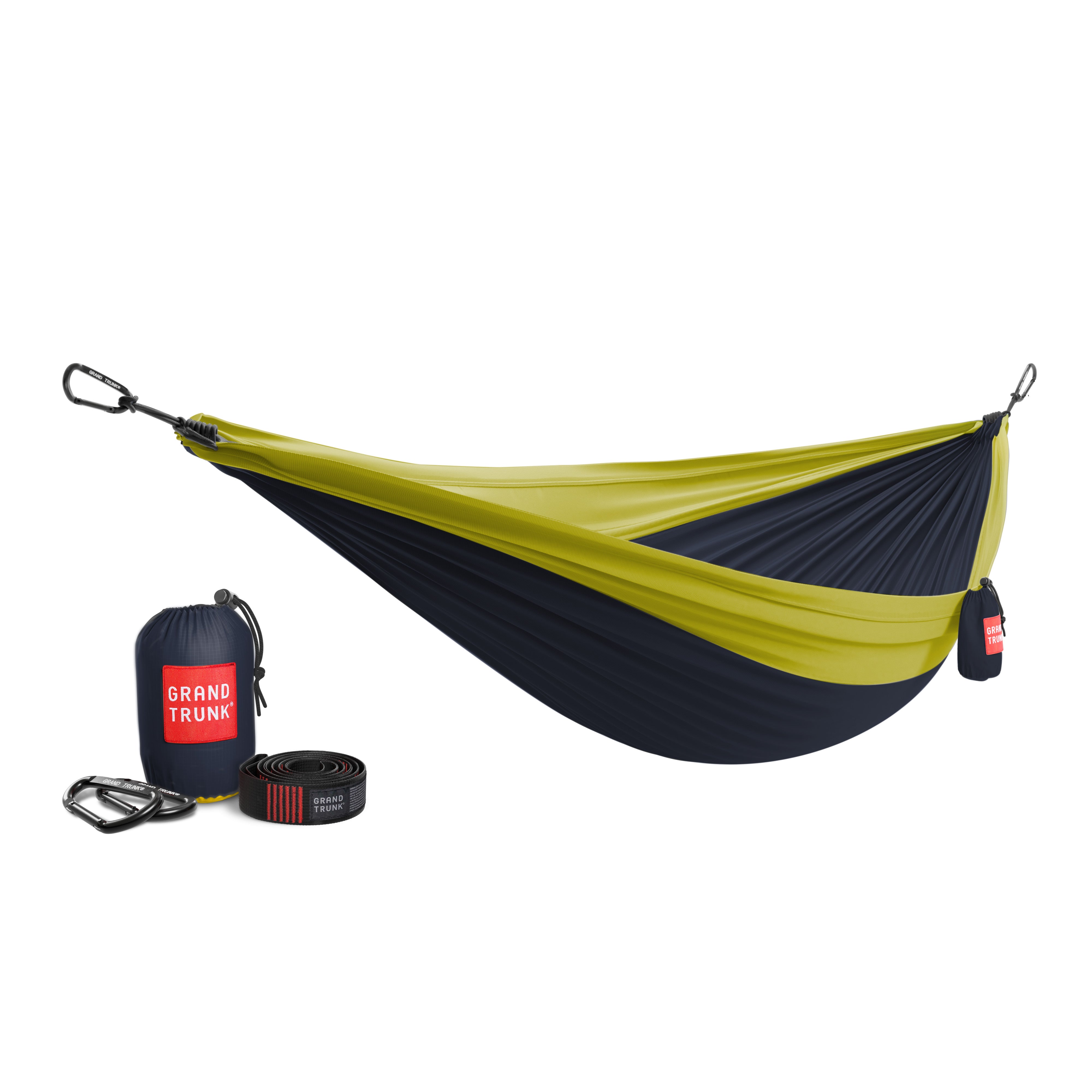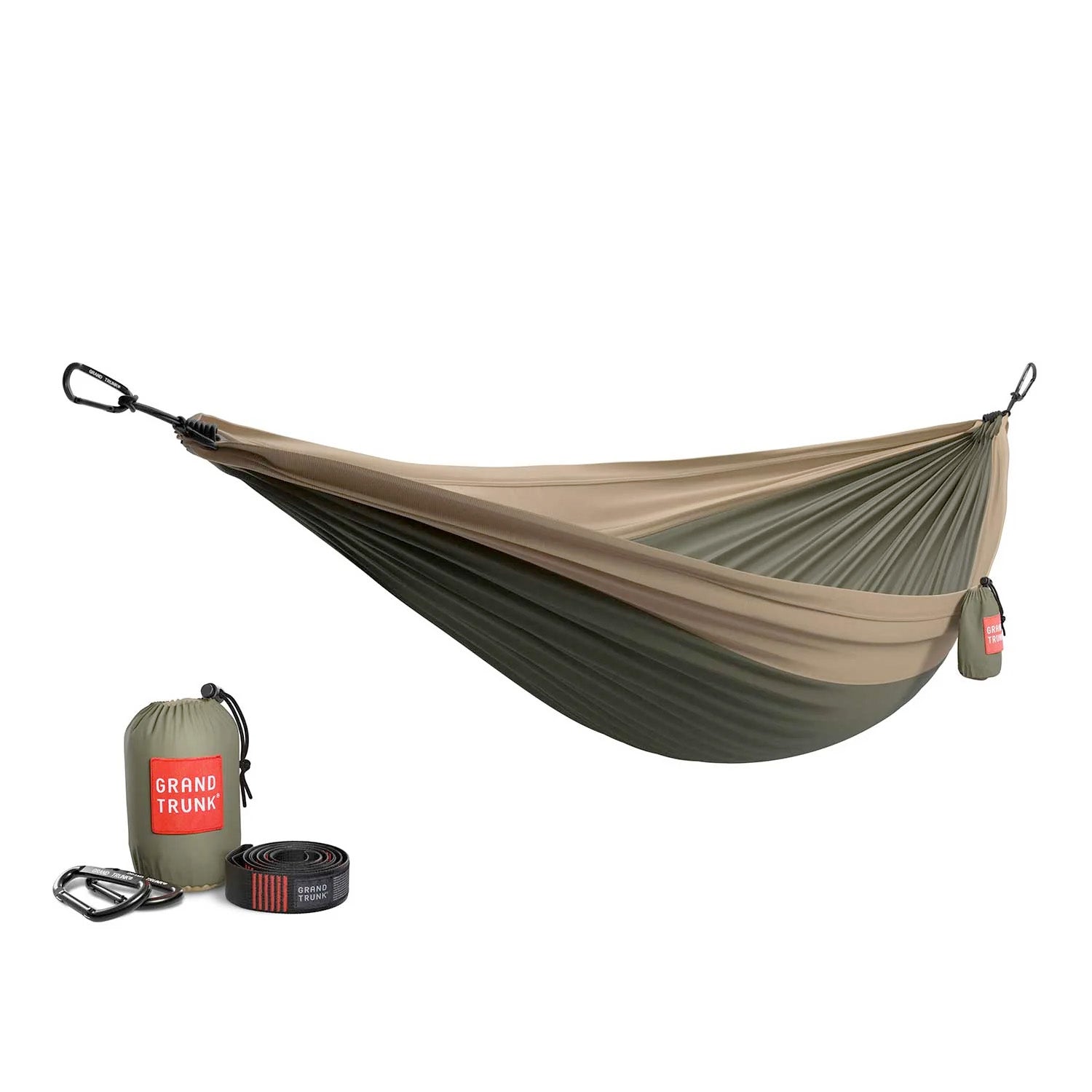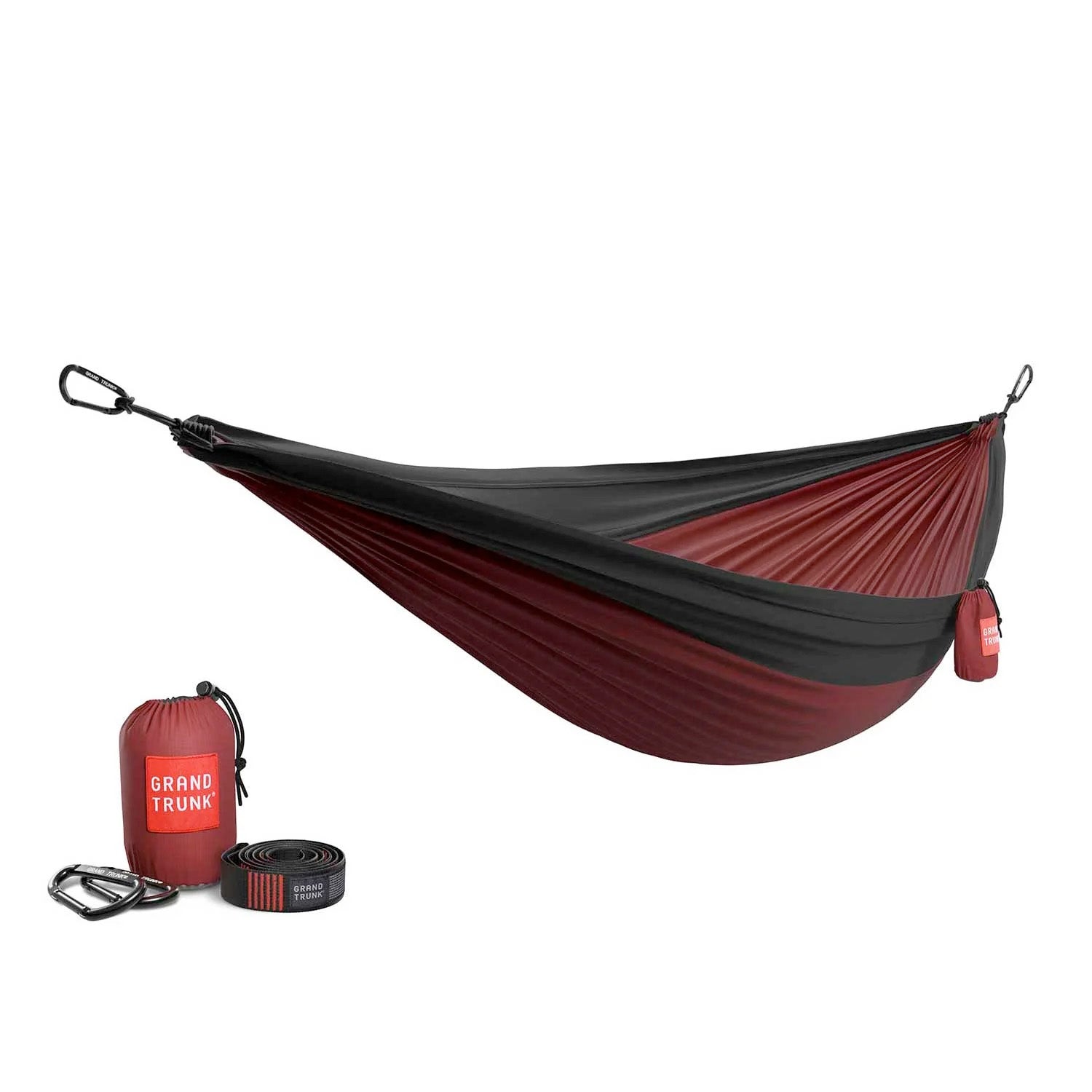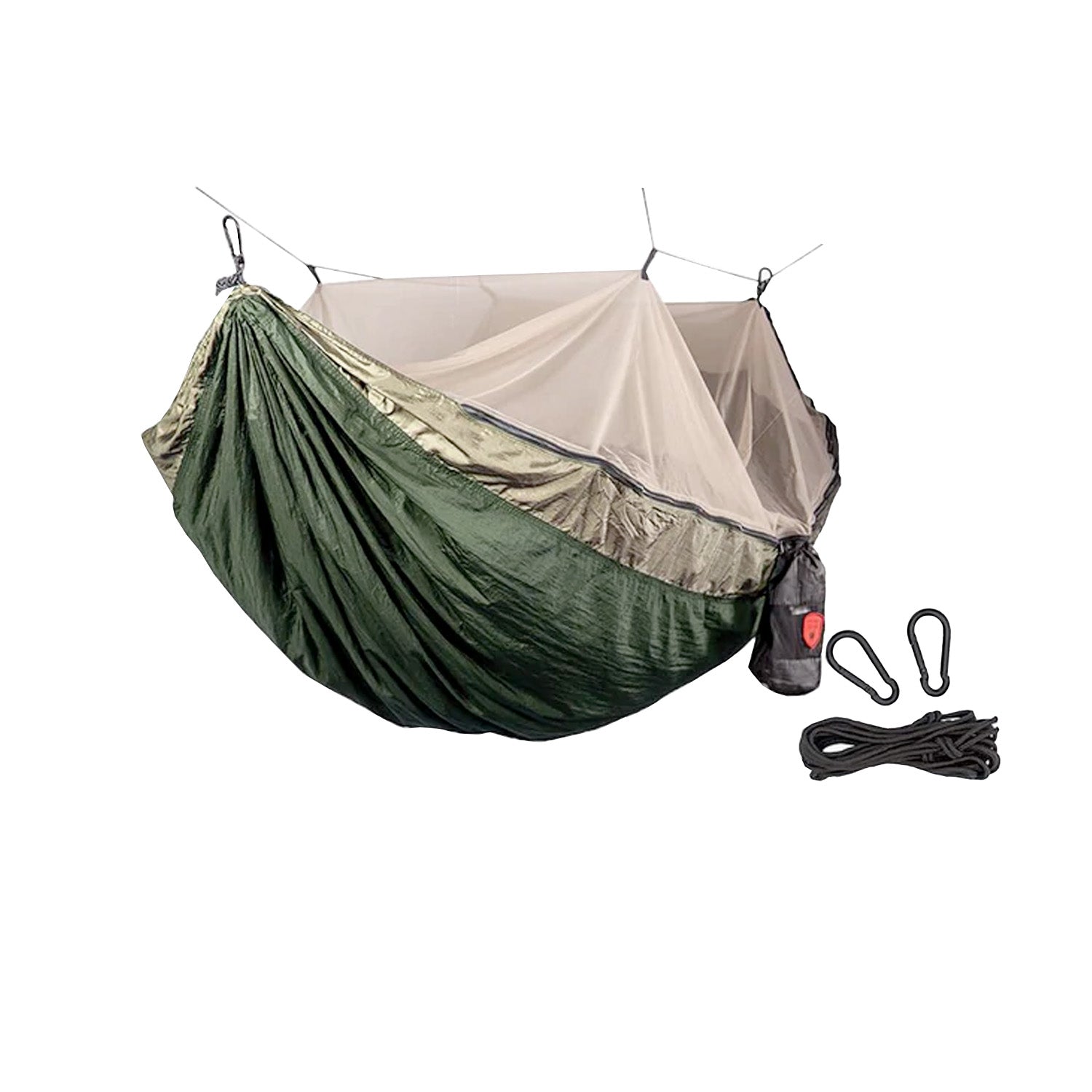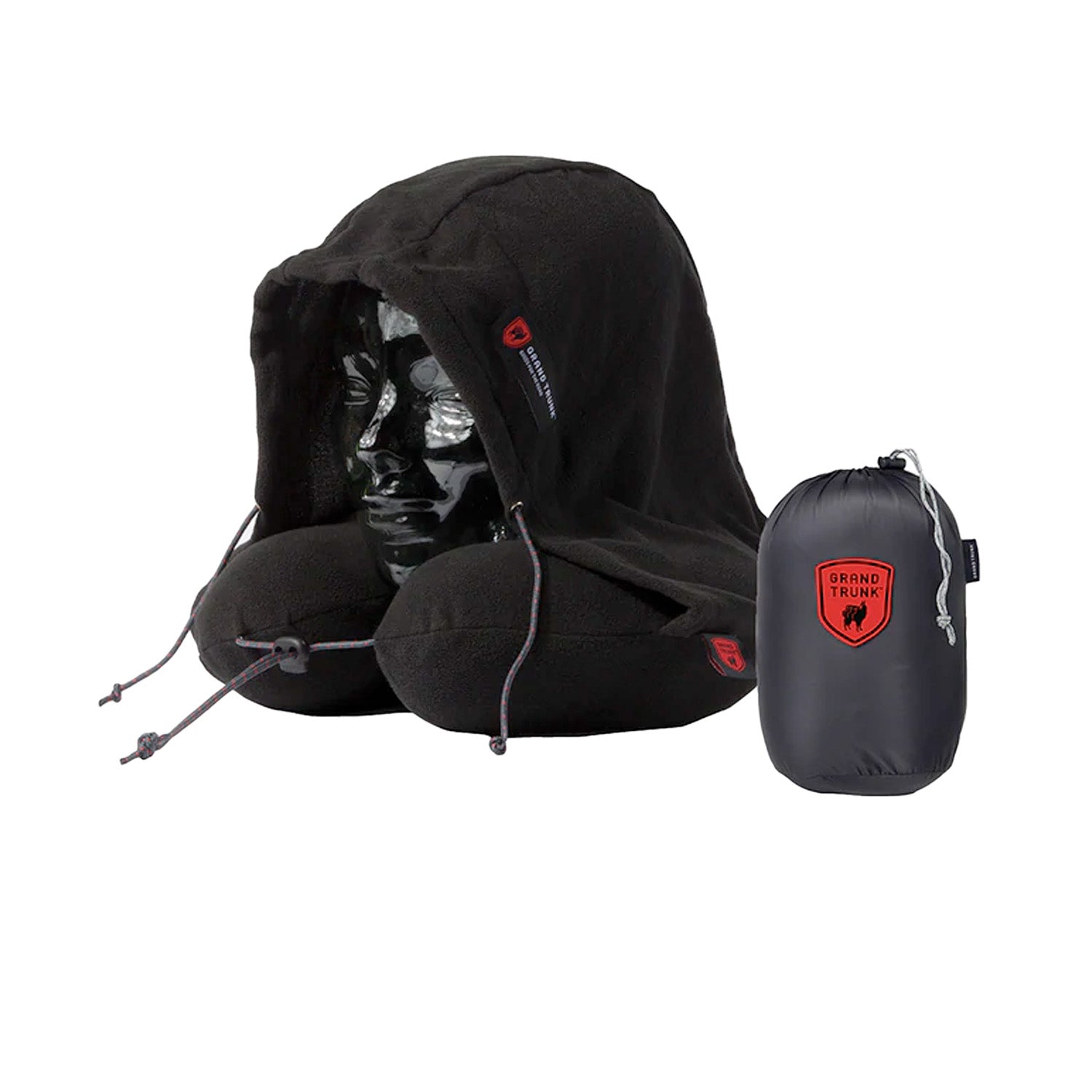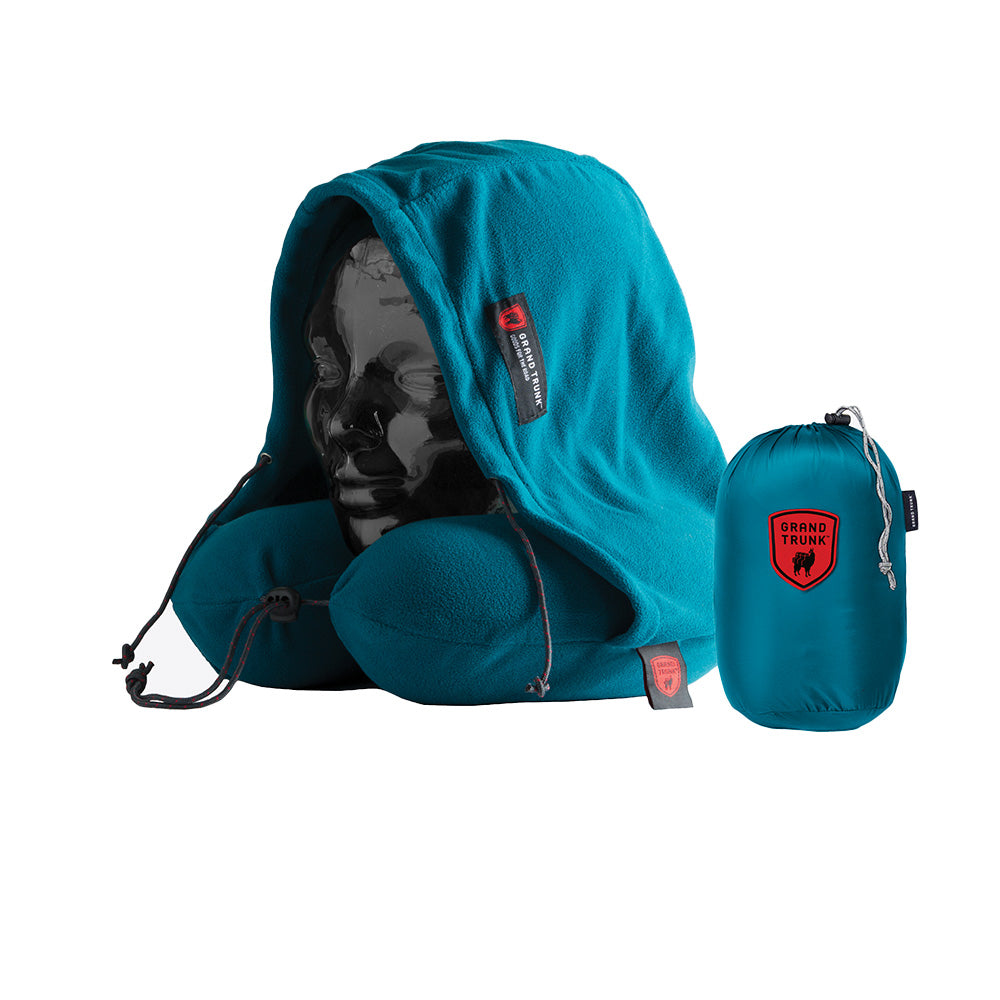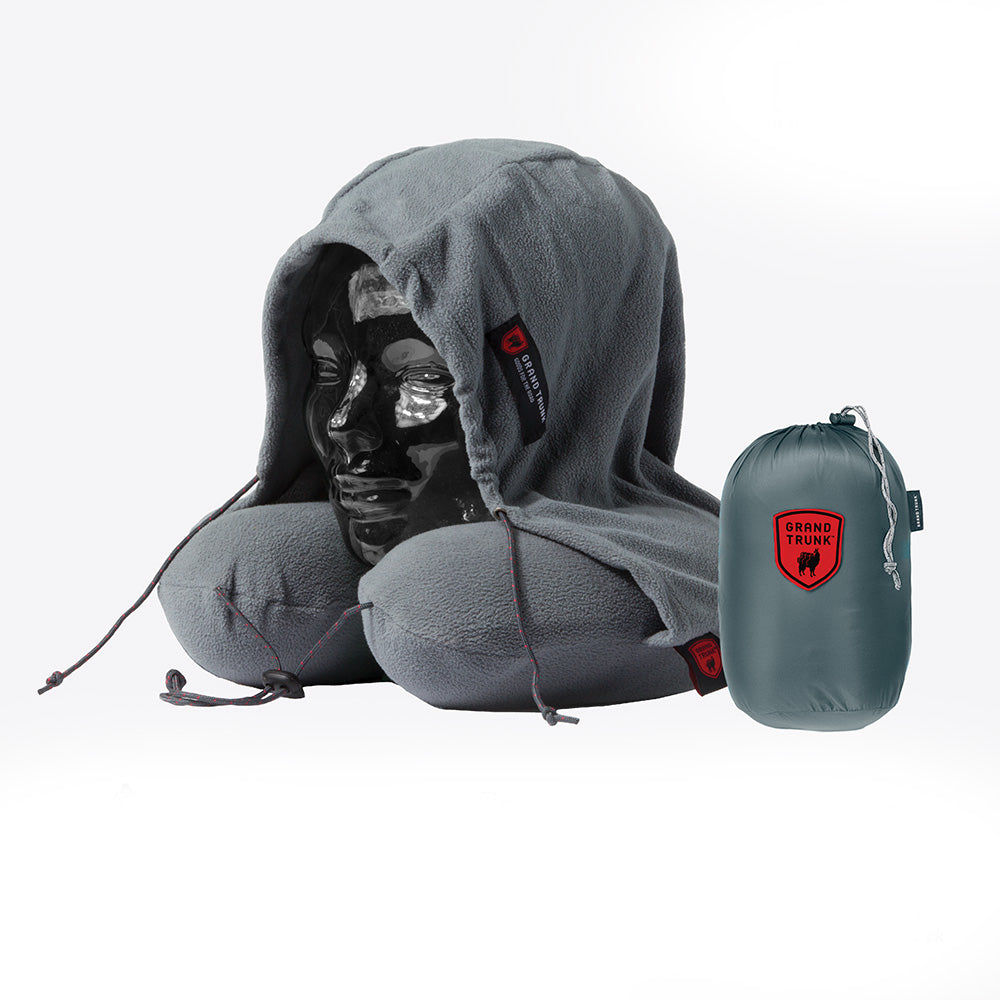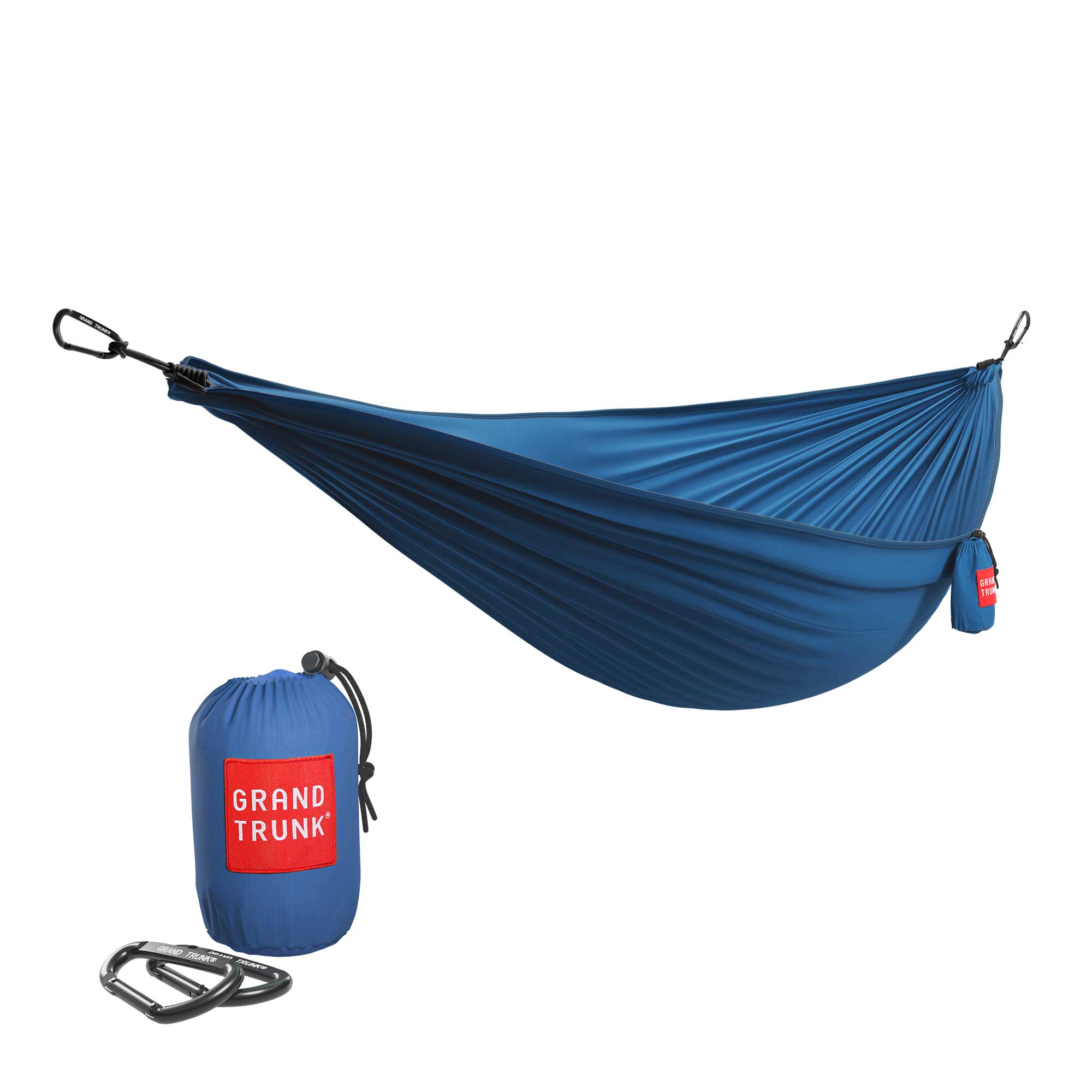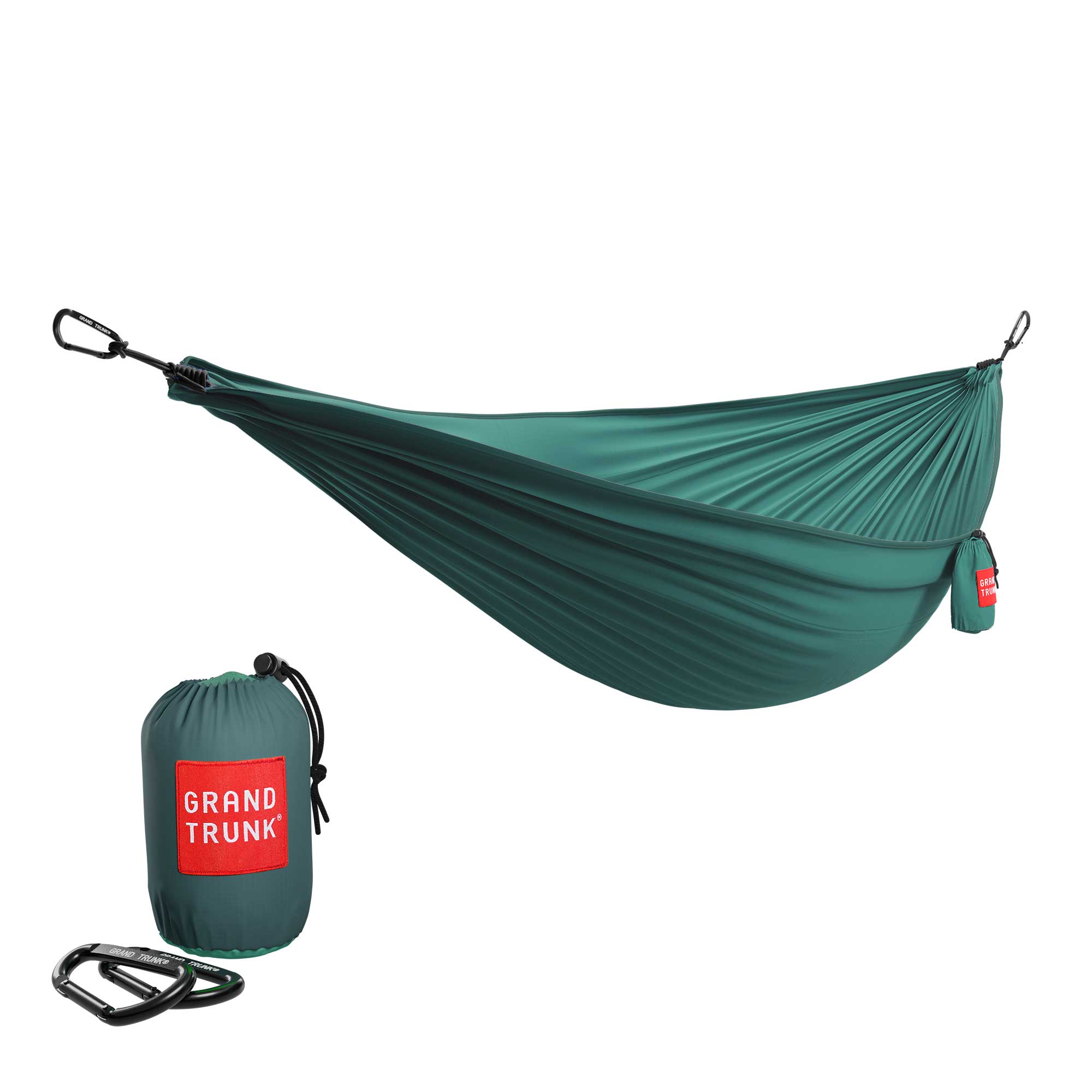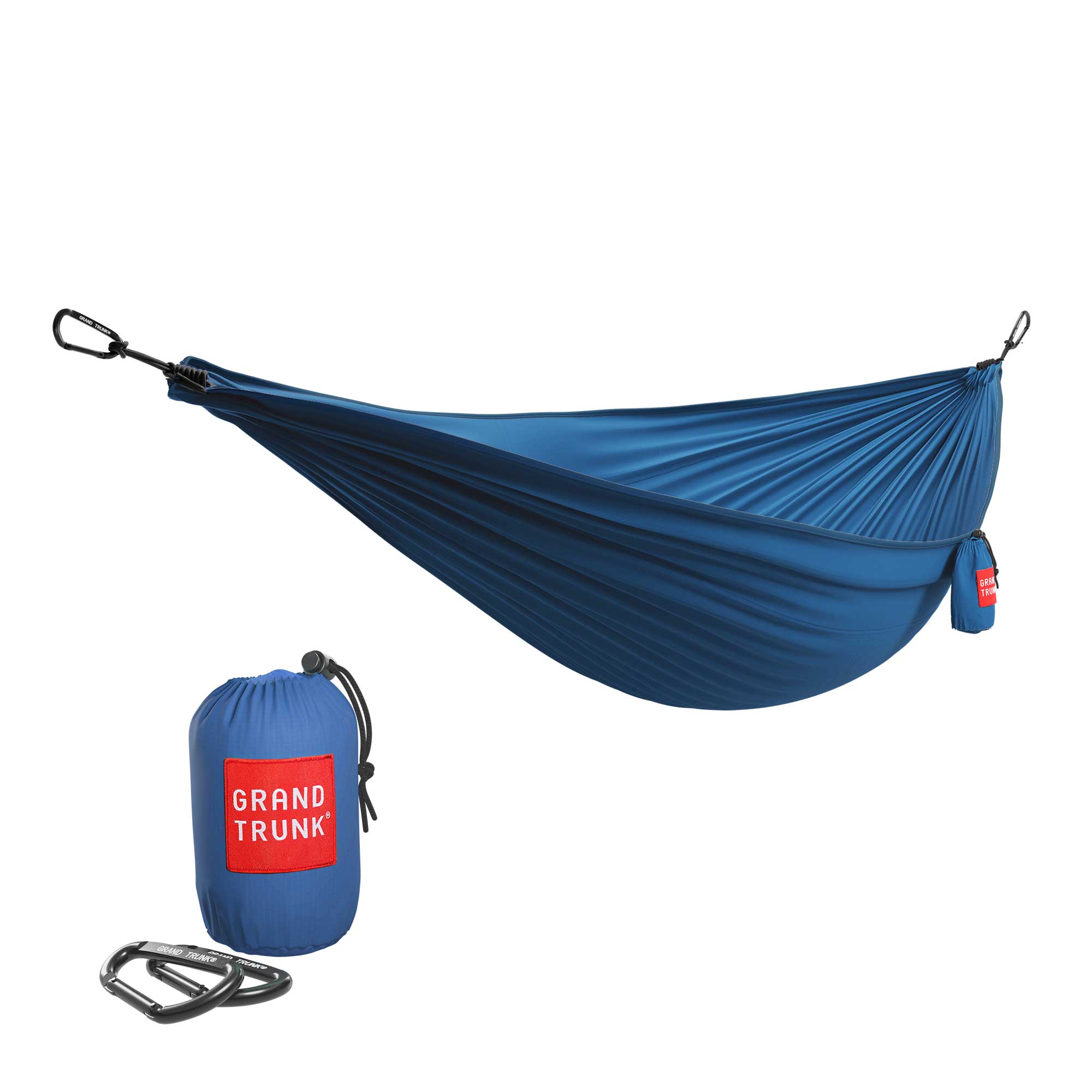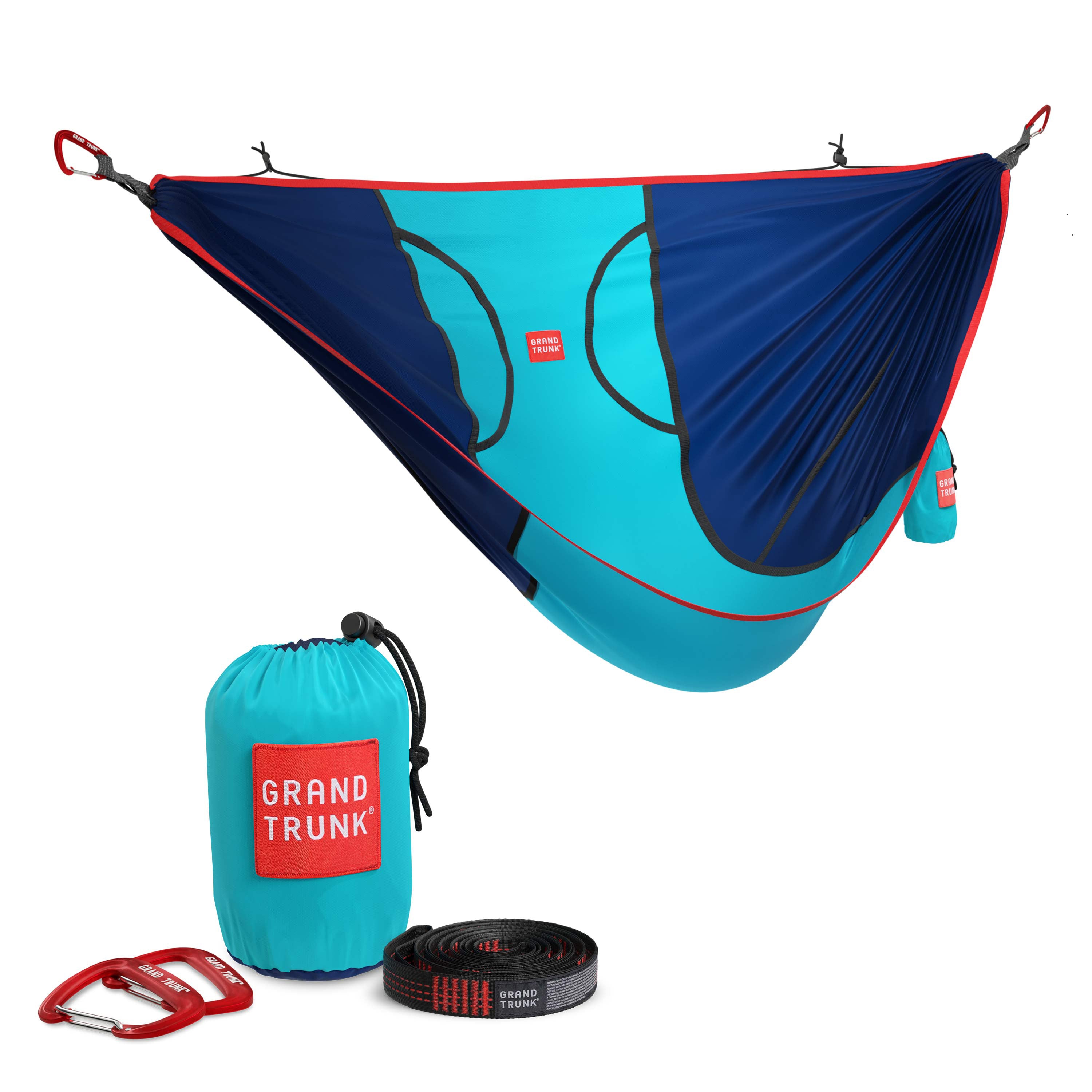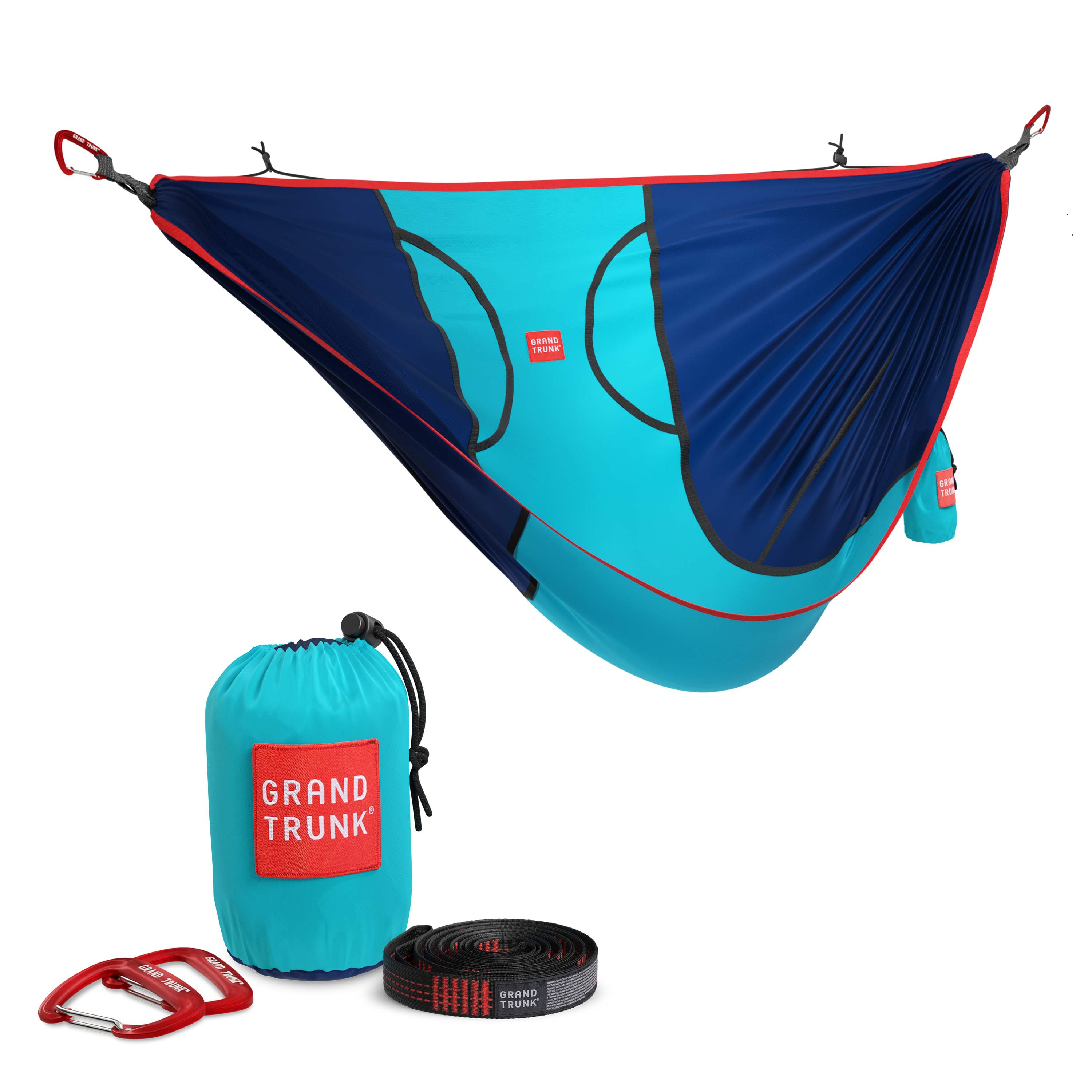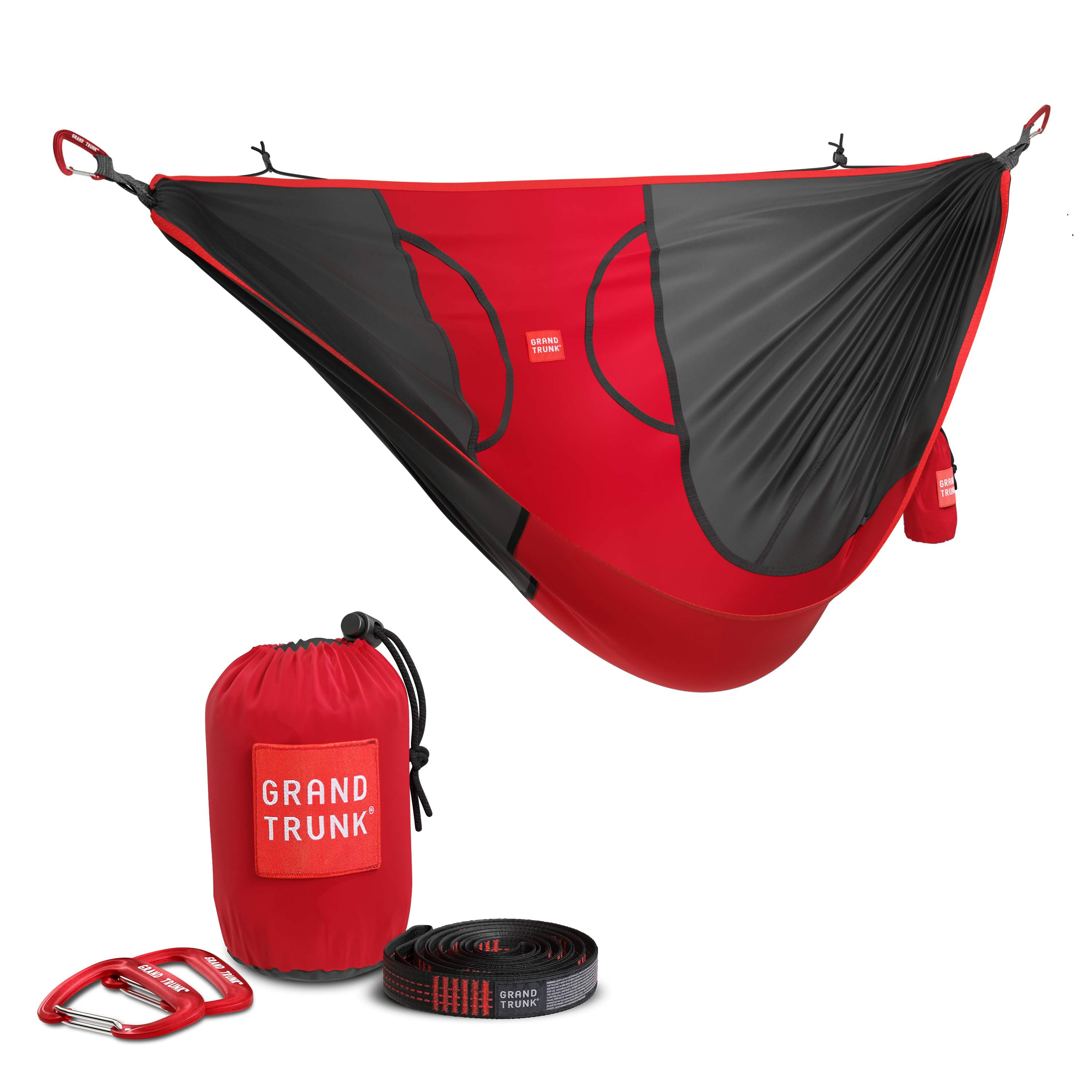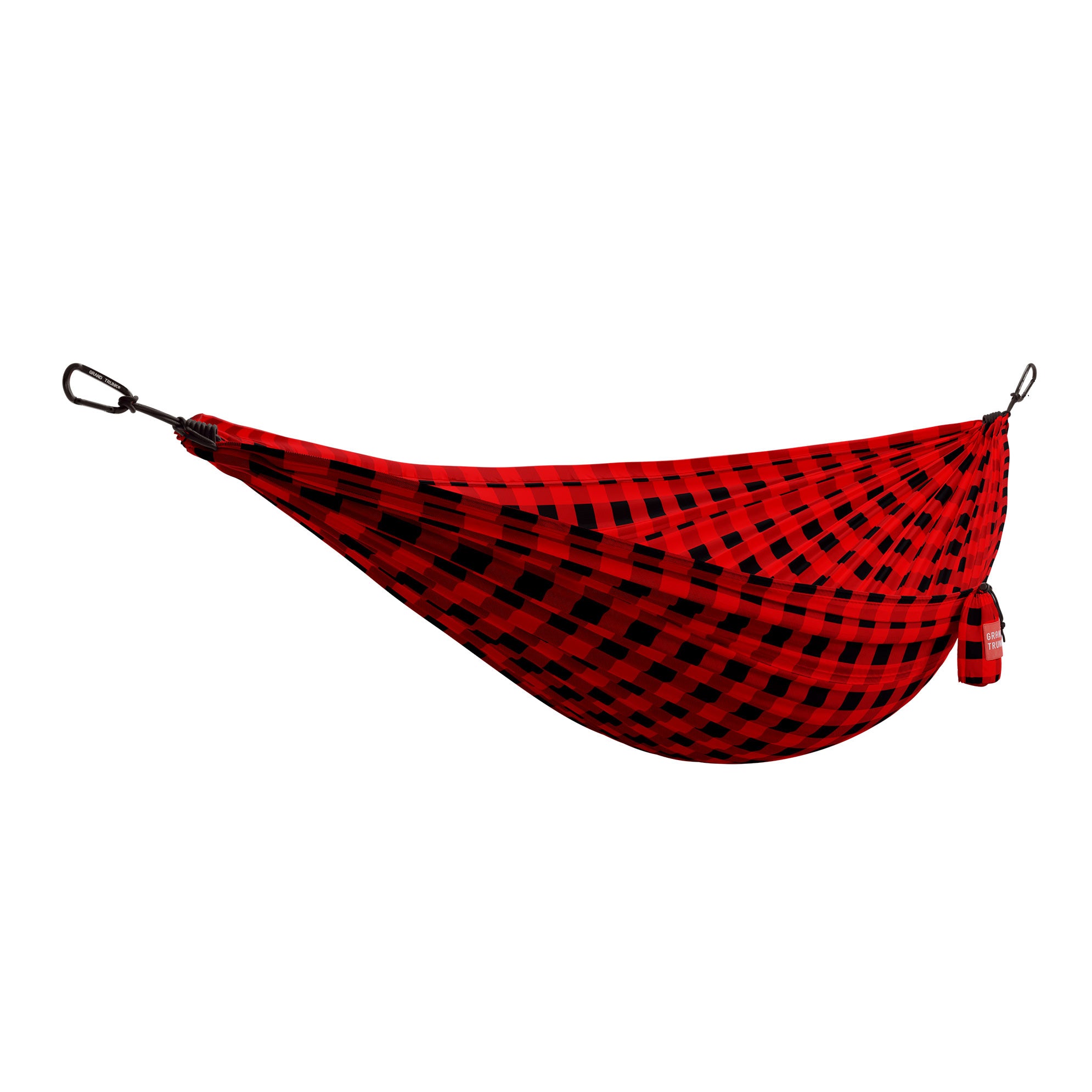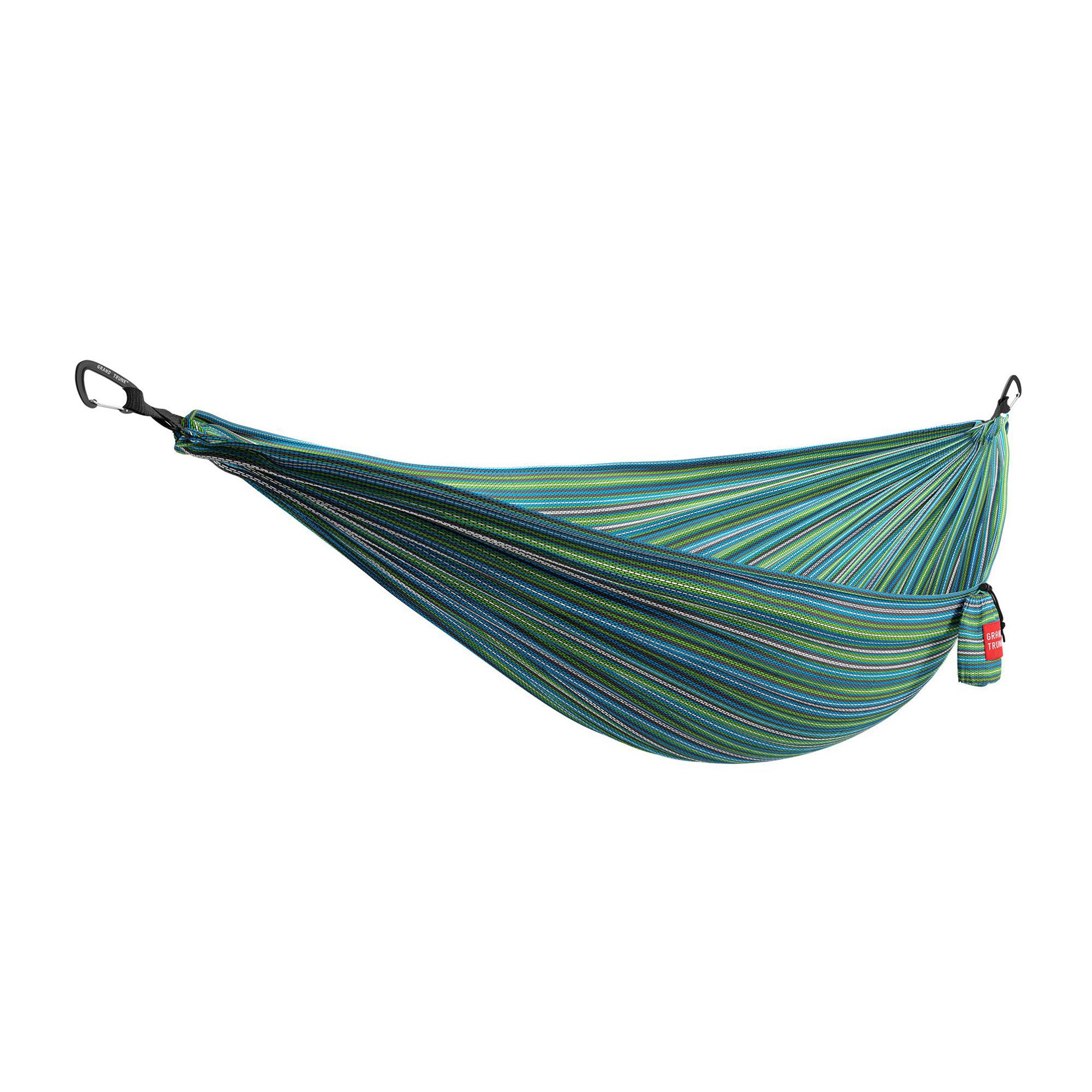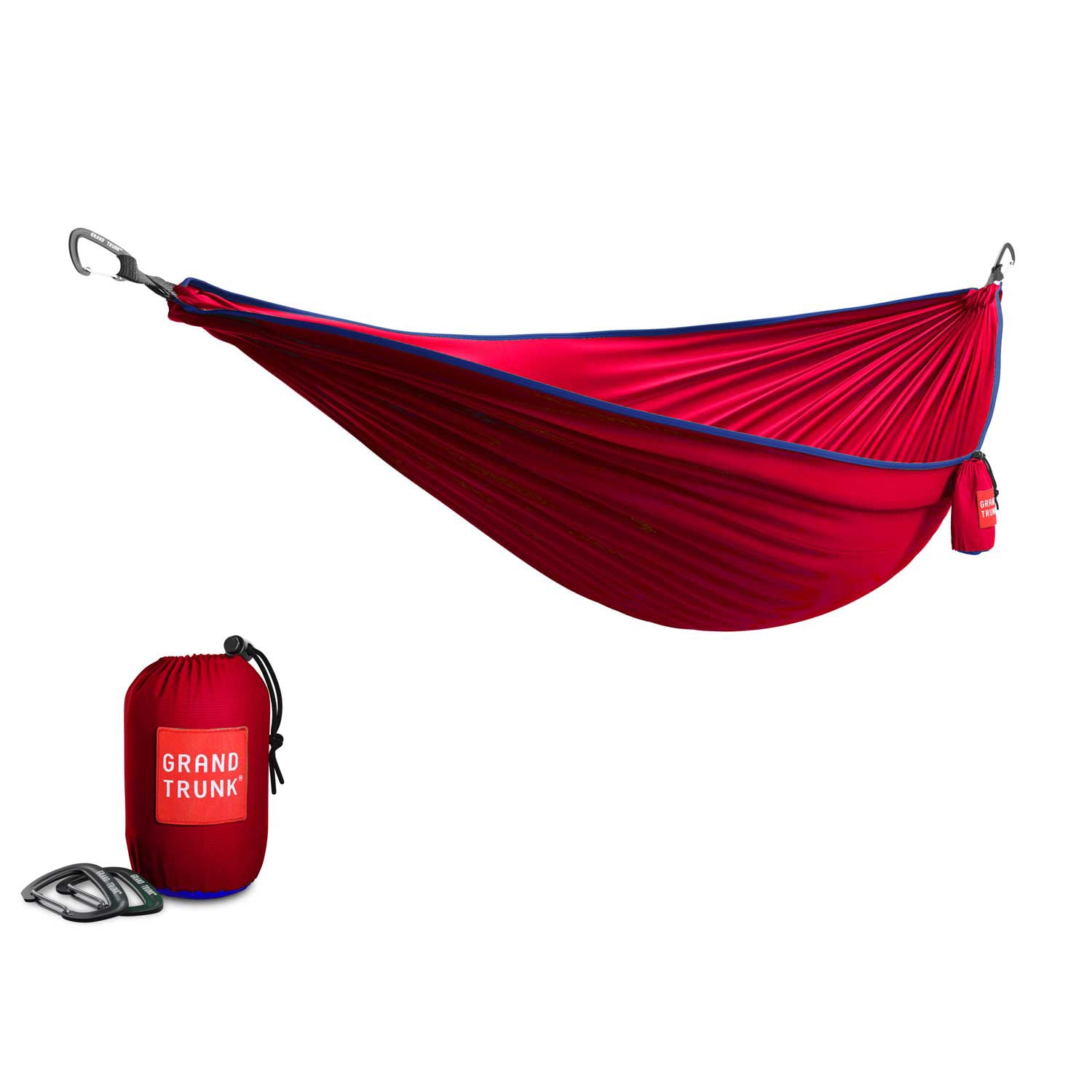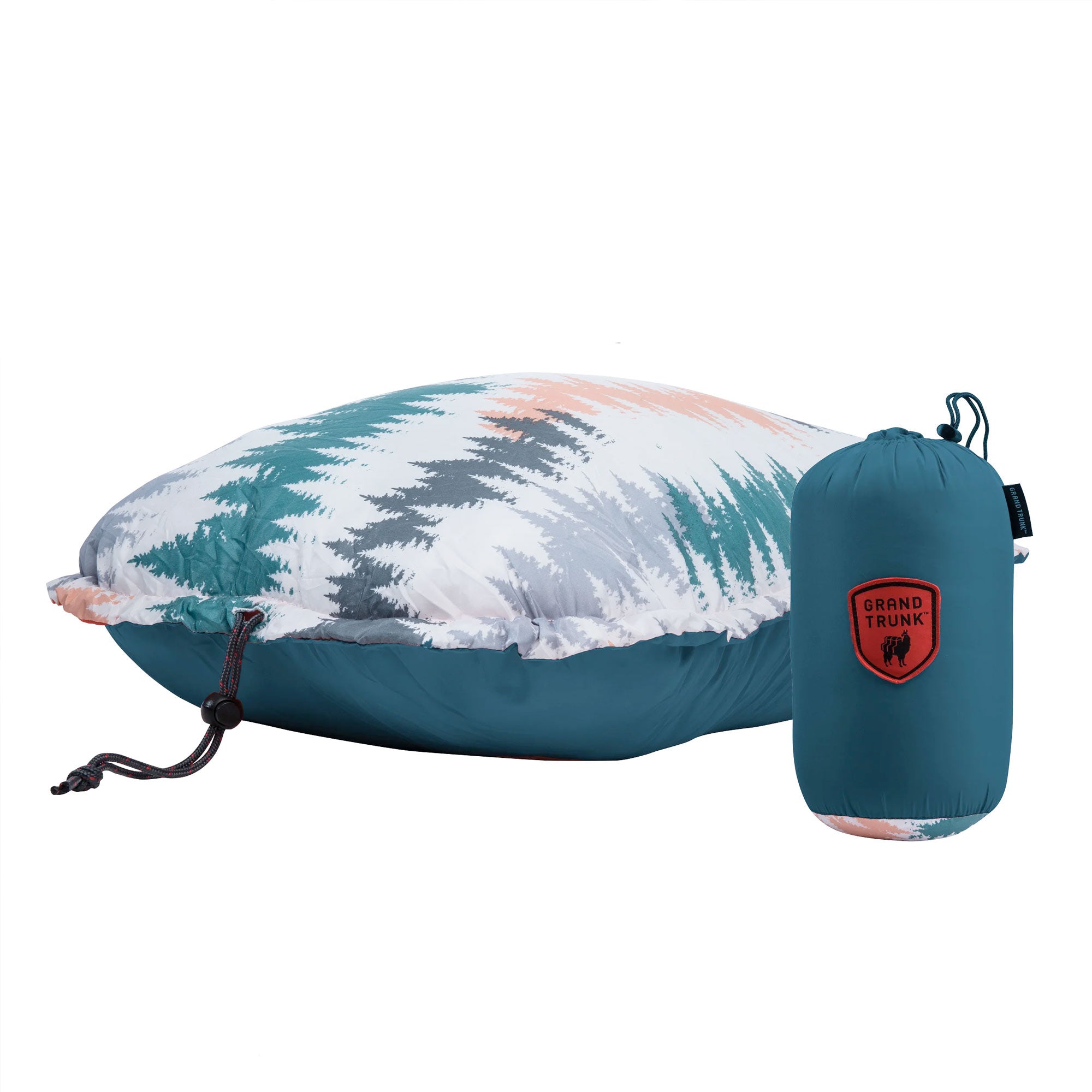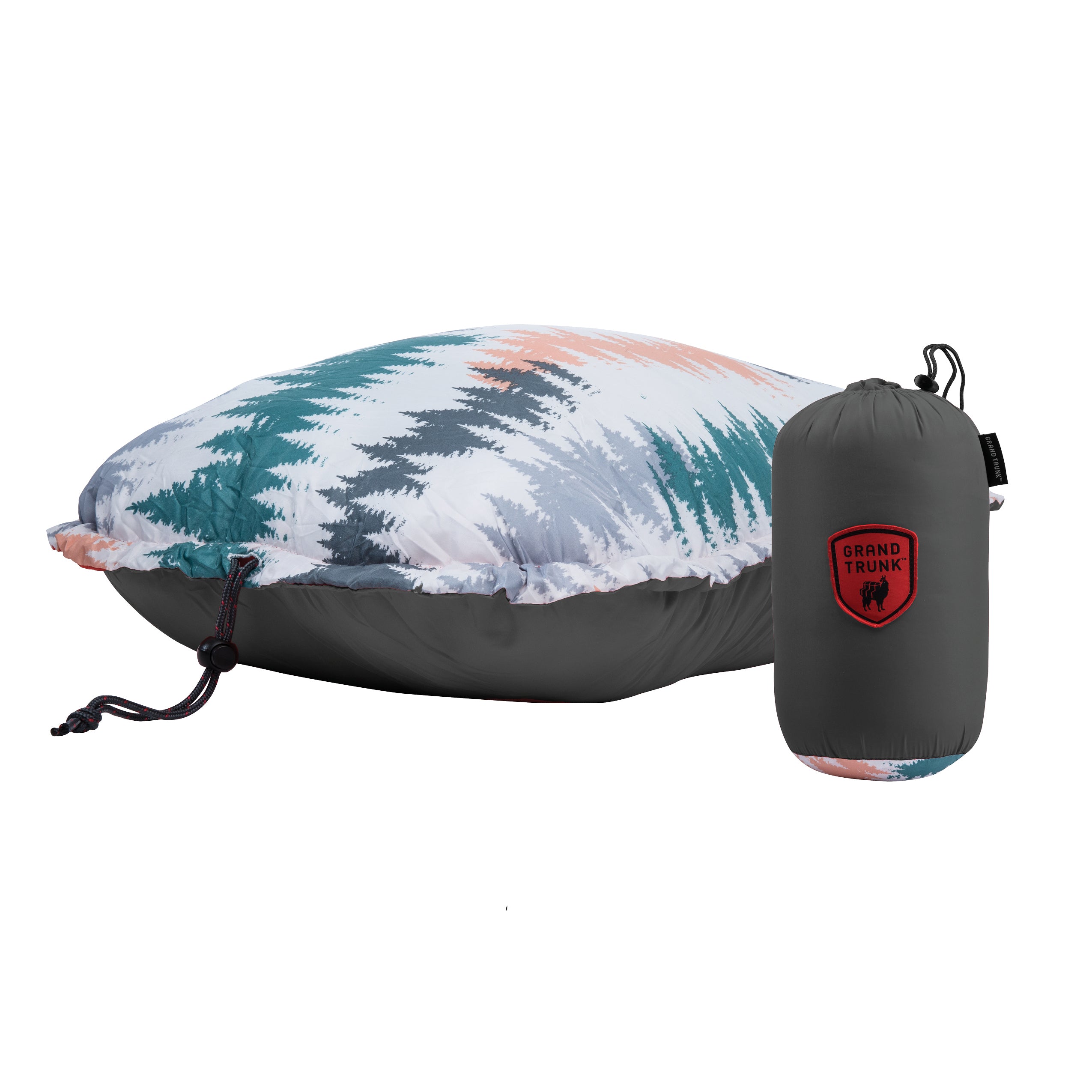Hiking and camping with a dog is one of the great joys of dog ownership.
There is perhaps no better way to explore the wonders of nature than with an excited and curious canine by your side.
However, there are also additional concerns that come with bringing a dog on the trail.
Here are seven tips, tricks, and tools to help you have a fun, safe time adventuring with your furry friend in the great outdoors.
1. Consider your dog's needs and abilities
Your dog’s age, breed, and even color can affect which trips and trails are most appropriate for them.
• Age: Most dogs under one year old aren’t developed enough physically, or well-enough trained, to go on any hikes. On the other end of the spectrum, even the best-trained older dogs may no longer have the stamina or endurance for long and difficult trips.
• Breed: While some breed limitations, like brachycephalic dogs with breathing problems, are obvious, you can’t always tell by looking at a dog if they’ll be a good trail dog. There are many small, seemingly unassuming breeds with working or herding antecedents that make great hiking companions. Similarly, large dogs without those roots can be terrible trail dogs, though they of course shine in other environments.
• Color: White or cream-colored dogs can be prone to sunburn, especially if they have naturally short hair and a white or pink nose. Ask your vet about canine sun cream for these dogs. Dark or long-haired dogs are much more difficult to check for ticks, bugs, and other parasites.
• Temperament: Even taking all of this into account, there’s always the possibility that your individual dog just doesn’t like hiking, and that’s ok too. There are lots of ways to bond with your dog that don’t involve trails and trekking.
Always consult your vet about your dog’s specific needs and concerns before taking them on their first hike.
2. Choose your trail and campsite carefully
In addition to researching any trails and campsites you intend to use for intensity, difficulty, and current conditions, you will also have to check their regulations on dog presence. Many trails and campsites, especially in state and national parks, require dogs to be on a six-foot (or shorter) leash at all times, which protects dogs, campers, and local wildlife. Some places may not allow dogs at all. These rules may seem finicky, or like they shouldn’t apply to your perfectly-behaved pooch, but they’re in place for a reason, and following them is crucial for staying safe, protecting the environment, and avoiding a large fine.
3. Research the wildlife in the area
A common precipitating event in both moose and bear attacks on humans is an off-leash dog, which will antagonize the animal and then unintentionally lead them back to their humans when they flee. On the less dramatic end, there are also snakes, lizards, and other small animals that are toxic or dangerous for dogs to eat, as well as medium-sized predators, like coyotes and wolves, that pose almost no danger to humans but could easily kill your dog. Knowing what animals are common in the area and how they tend to behave will help you prepare for any possible encounters and keep you, your dog, and the local wildlife safe.
4. Bring first aid supplies
Obviously, all hikers and campers should bring a first aid kit for themselves, but those hiking with pets should also bring some special supplies for their furry friends.
These include:
• Tweezers for removing ticks (and rubbing alcohol for killing them)
• A multi-tool with small pliers for pulling out quills and thorns
• Booties or small socks to protect and bandage an injured paw
In addition, pack dog-friendly extras of typical first aid supplies, like bandages, blankets, and information on common injuries and contacting help.
5. Reinforce important training ahead of time
The most important commands your dog should know before going on a hike are “leave it” and a recall command, i.e., a command that will make them return to you if they get off leash. Practice these frequently leading up to a hike, so you can be certain your dog will obey when the time comes.
6. Ease your dog into long, difficult hikes
Just like humans, dogs need to practice and build up their stamina before intense exercise. Even if you’re an experienced hiker, start your dog on short day hikes on easy terrain. This will also give you the chance to reinforce your dog’s training and get a sense of their trail behavior before you get too far out into the wilderness.
7. Prepare for your dog to get dirty
This is more than giving your dog a bath when you get home. Even if they’re leashed, you can expect your dog to get into mud, water, and brambles. For long- or curly-haired dogs, consider a close clip or even full shave before camping season, which will also help you spot and remove ticks. Bring blankets and towels to help them get dry and warm after diving into a pond or stream.
Hiking, camping, and backpacking with your dog can be a grand adventure. It can also be a prime opportunity for your dog to get into trouble. Luckily, all it takes is some planning and preparedness on your end to keep any hiking trip safe and fun for everyone involved. Happy trails!

